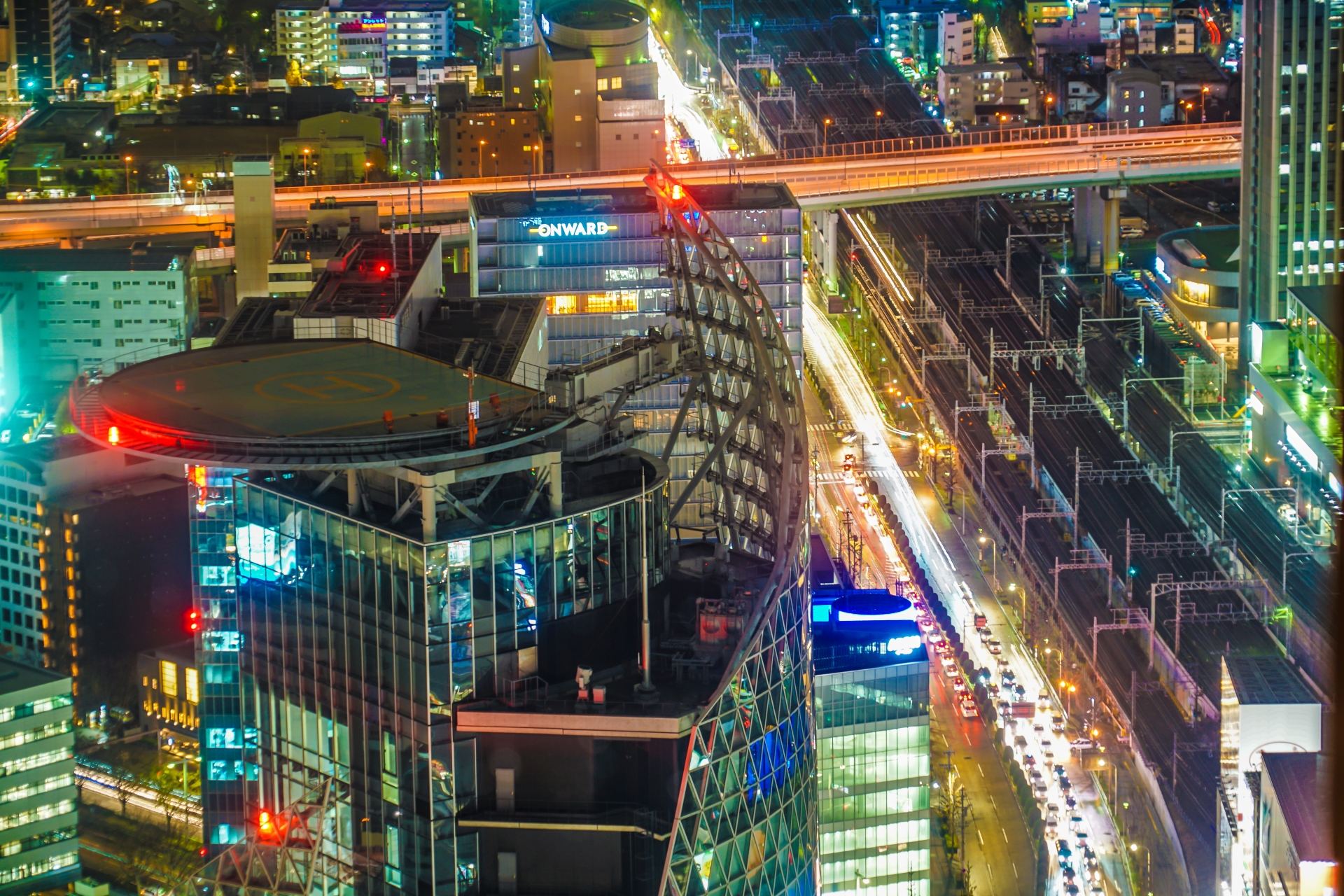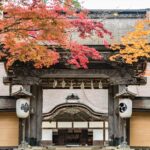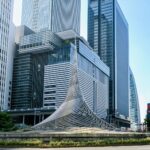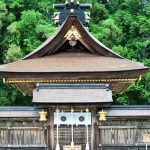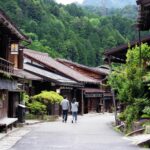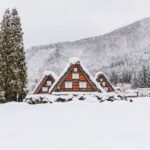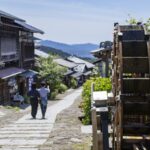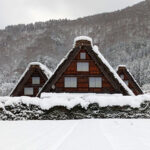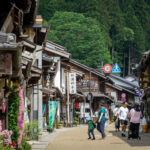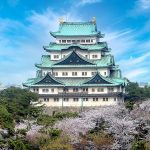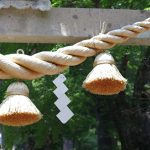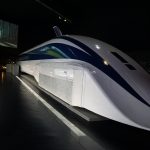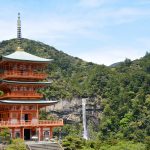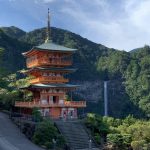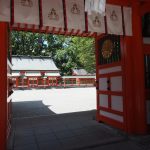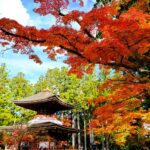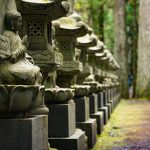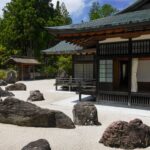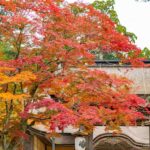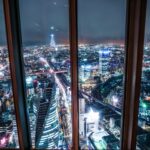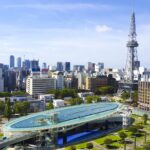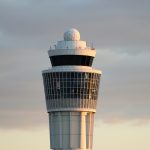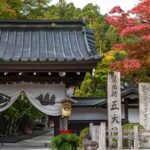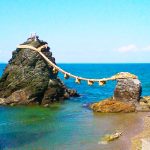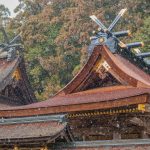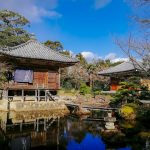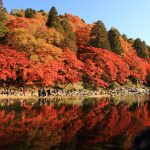35 Things to Do Around Nagoya & Where to Stay
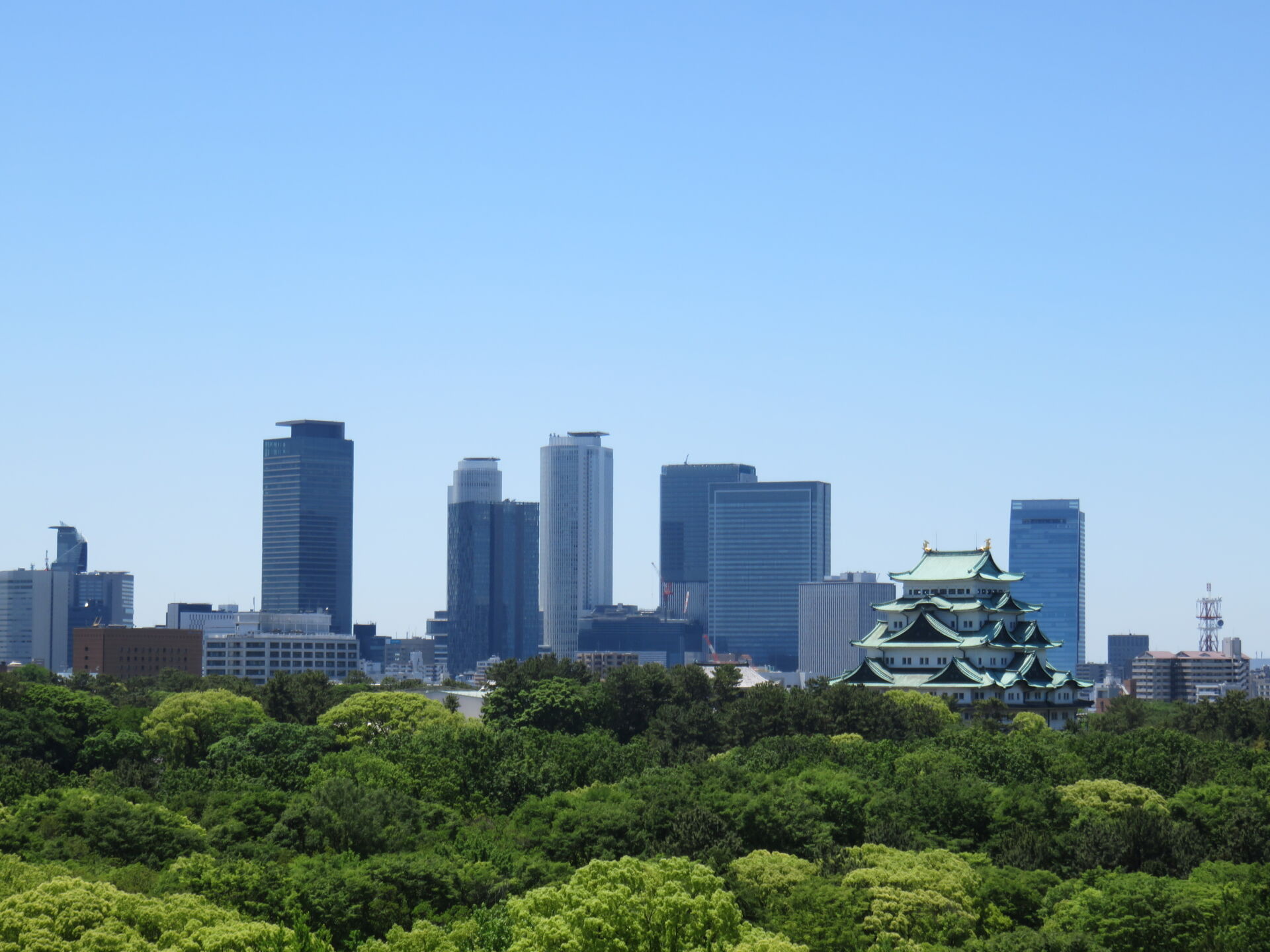

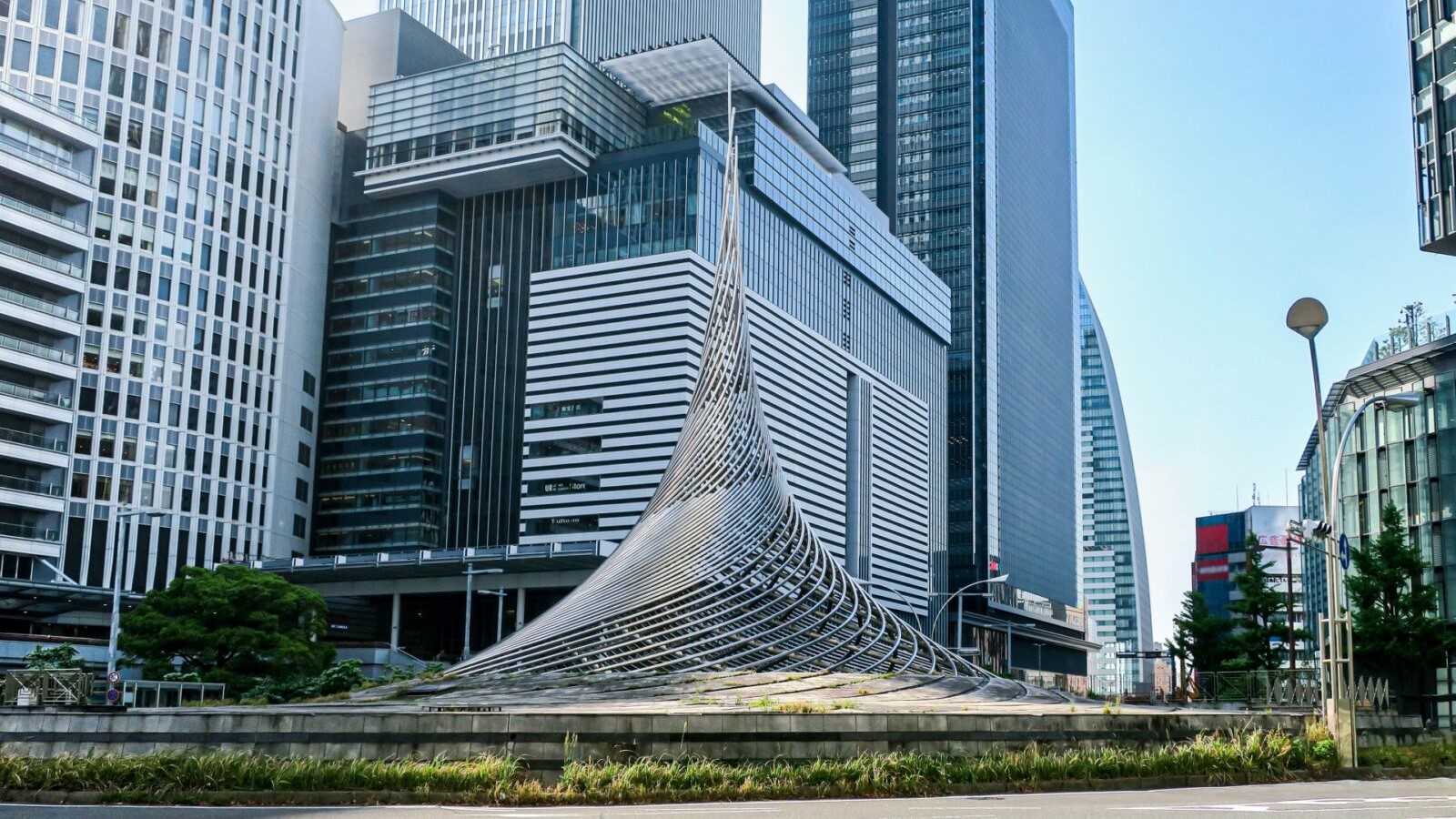
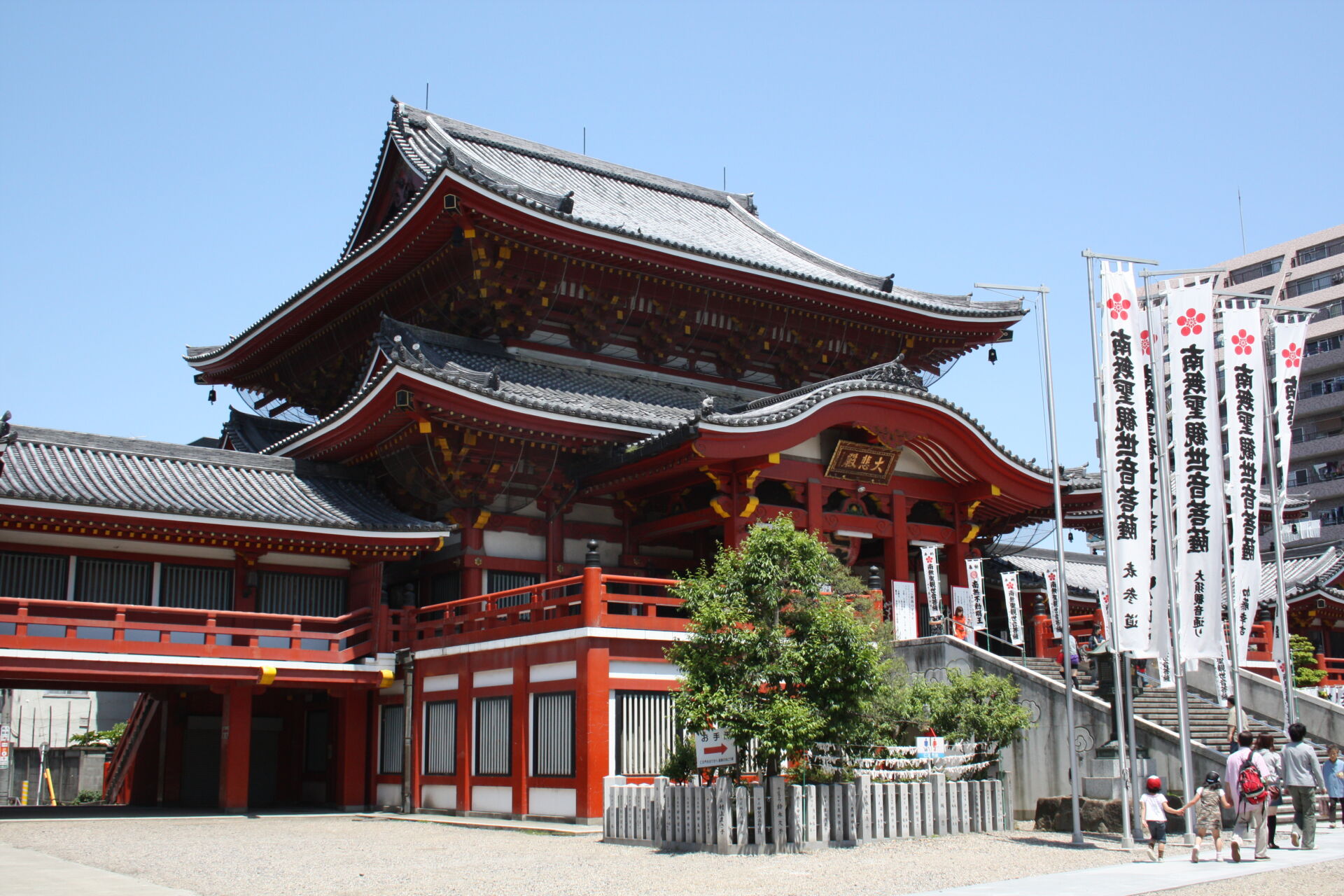
Centrally located and surrounded by fertile plains, mountains, rivers, and the sea, it is easy to understand why Nagoya is known as “the Heart of Japan.” This castle city attracted samurai and craftsmen alike and, later, wealthy merchants and innovative leaders of industry. Today, Nagoya is one of Japan’s largest cities and has cemented itself as Japan’s center of industry. This modern and innovative city also has a diverse food scene, great access to nature, and vibrant nightlife, making it an ideal place to stay as you travel across Japan or into the mountainous heartland of Central Japan.
On this page you will find the following information:
— Best Day Trips Around Nagoya
— Where to Stay When Visiting Nagoya?
— Book With Us! Nagano’s No.1 Tour & Charter Operator
Nagoya is located almost exactly halfway between Tokyo and Osaka. With Ise Bay to the south, the Hida Highlands to the North, and easy access to the many castle towns along the Nakasendo and Tokaido roads to the east and west, Nagoya makes for a great base offering easy access to a wide range of day trips. And while many international visitors pass through Nagoya en route to Tokyo, Kyoto, Osaka, and beyond without thinking to stop—those who do will find Nagoya to be the ideal location for travelers who wish to avoid the crowds and discover the hidden charms of Japan for themselves
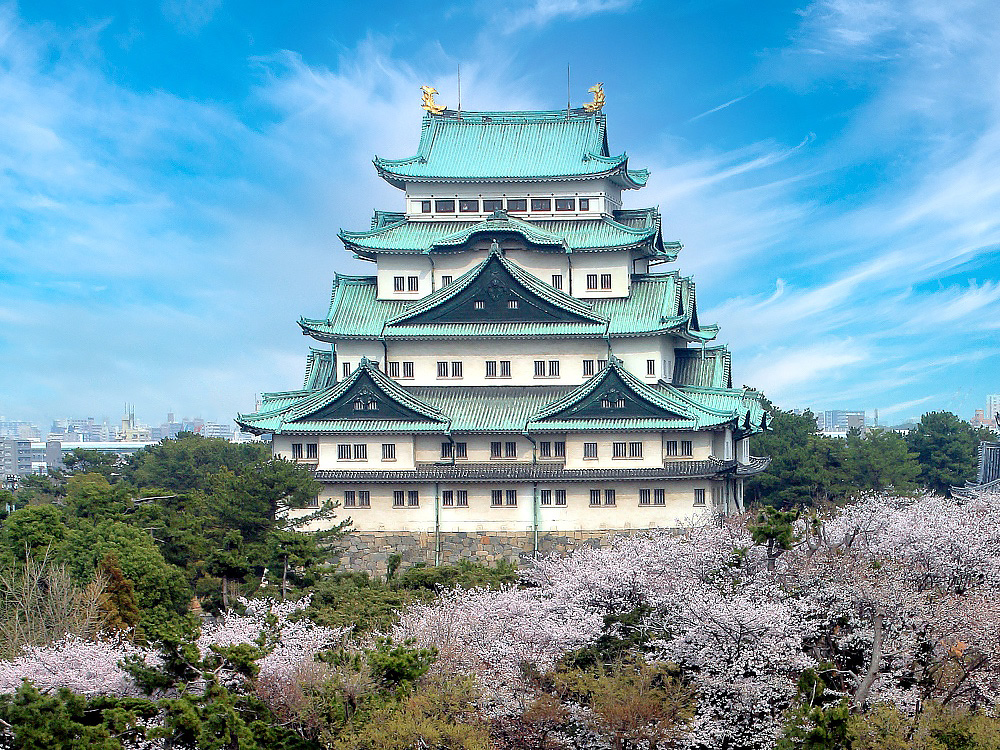




As one of Japan’s largest cities, Nagoya has a variety of accommodations to suit every traveler’s preferences and budget.
The area immediately around Nagoya Station has many large hotels—ranging from high-end to budget—including some inside the station itself.
Located a short subway ride away from Nagoya station, the Sakae area of Nagoya is the city’s main shopping and entertainment district. As such the area has many great options for travelers looking to enjoy the city’s fine dining or nightlife.
For travelers looking for a more traditional stay, Nagoya and the surrounding areas also have many traditional ‘ryokan’ to choose from.
WHERE IS NAGOYA?
Nagoya is located almost exactly halfway between Tokyo and Osaka. With Ise Bay to the south, the Hida Highlands to the North, and easy access to the many castle towns along the Nakasendo and Tokaido roads to the east and west, Nagoya makes for a great base offering easy access to a wide range of day trips. And while many international visitors pass through Nagoya en route to Tokyo, Kyoto, Osaka, and beyond without thinking to stop—those who do will find Nagoya to be the ideal location for travelers who wish to avoid the crowds and discover the hidden charms of Japan for themselves.
BEST THINGS TO DO AROUND NAGOYA
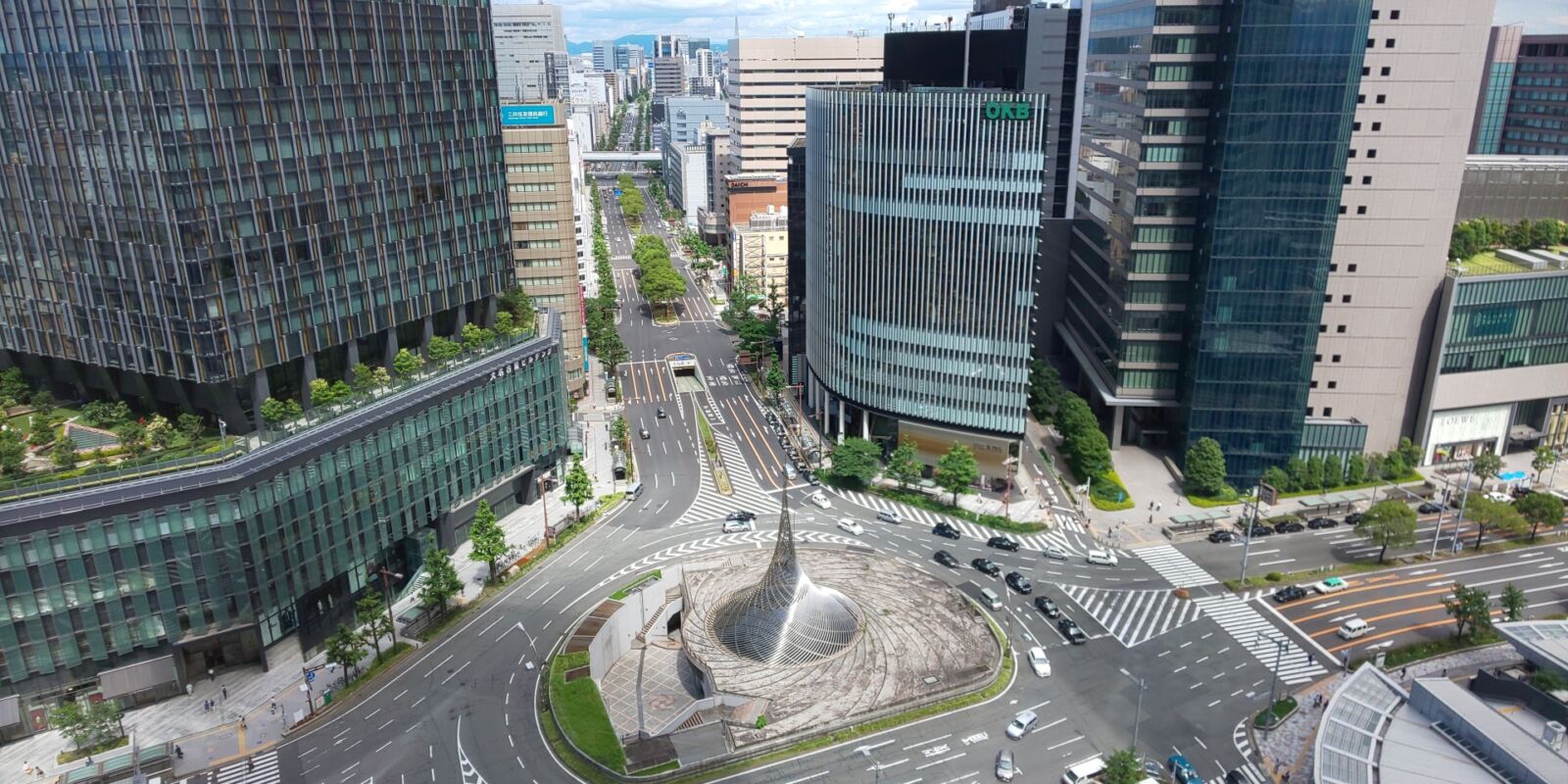
One of the largest and easily accessible cities in Japan, Nagoya is well-suited to a multi-day visit combining regional highlights with the many attractions of a large city. The following suggestions of things to do around Nagoya starts in the city before moving to nearby regional destinations and onto more distant activities that can be combined into a multi-day exploration of Central Japan.
Popular Things To Do In Nagoya
While Nagoya and the surrounding region is filled with historical monuments, gorgeous nature, contemporary museums, and hidden shrines, we understand you’ll never have time to visit them all in just one visit. To help you maximize your time in Nagoya, we’ve created a list of some of the most popular locations to visit in Nagoya:
1 / NAGOYA CASTLE / all year round
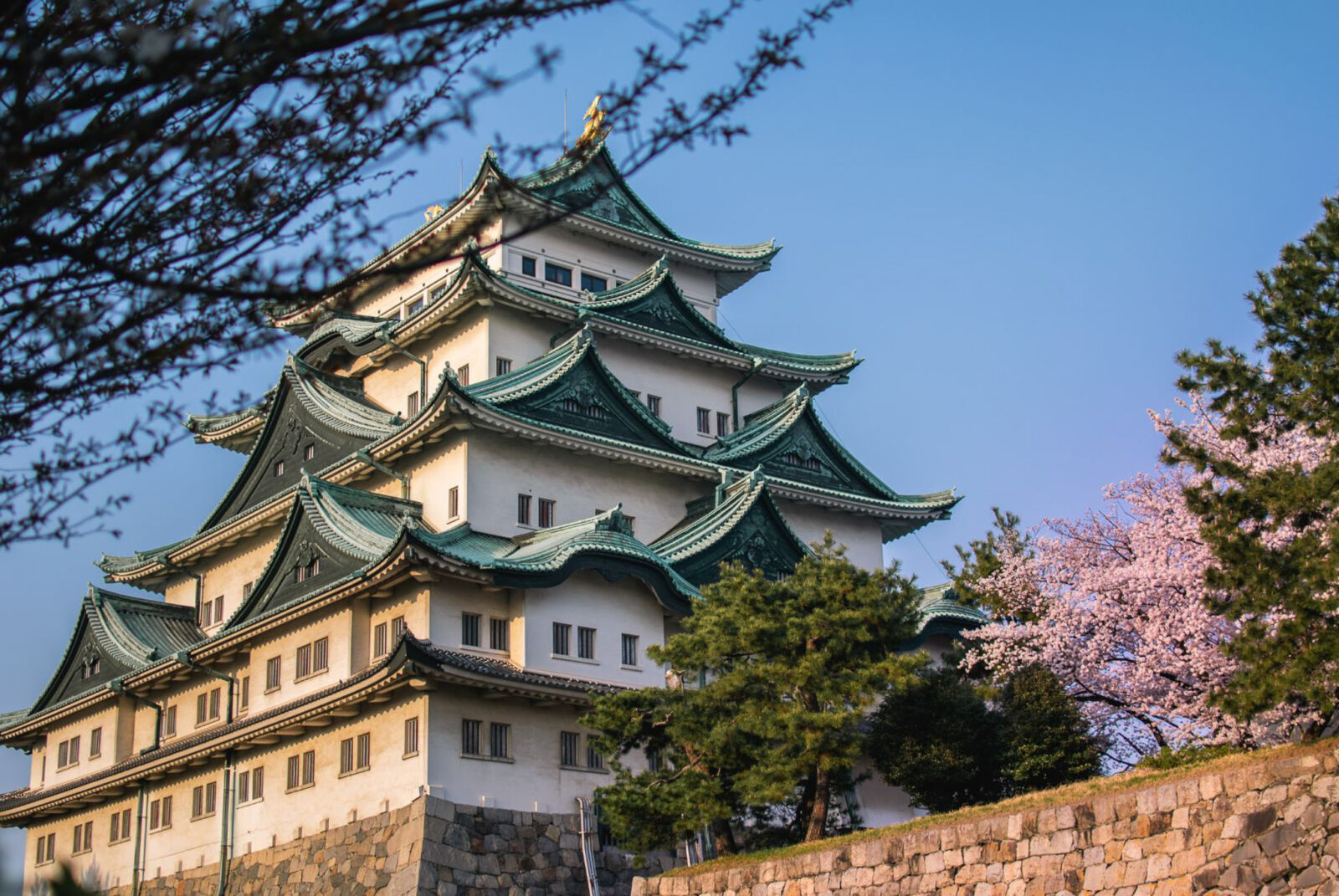
Nagoya Castle was once the heart of the city and region. Constructed by Shogun Tokugawa Ieyasu, the castle was topped with two-meter tall golden “shachihoko” (tiger fish) and boasted the largest floorspace of any tower keep in Japan. The castle, with its golden Hommaru Palace, became Japan’s first castle to be designated a National Treasure. As one of the most important castles in Edo Period Japan (1603-1868), the story of the castle is inextricable from that of the city and its people.
Sadly, the castle was largely destroyed in air raids during the Second World War, however, due to the castle’s importance, many of the gilded sliding doors and ornate decorations were stored for safekeeping and therefore remain intact. The main castle keep and palace have been faithfully reconstructed and today stand as the city’s main tourist attraction.
The castle is open daily (other than Dec.29 – Jan.1) from 09:00 to 16:30 (last admission 16:00). Admission is JPY 500 per adult and free for junior high school students and younger children. From Nagoya Station: 35 min. walk.
1 Day Tour
| 1-Day Guided Garden Walk through Nagoya’s Castle, Gardens, and Historic Estates | |
| Period | All Year Round |
| Time | 9:00 – 17:00 |
| Meeting Place | JR Nagoya Station |
| Adult Rate | ¥17,800 |
| Child Rate | ¥11,000 |

2 / SAKAE & OSU / all year round

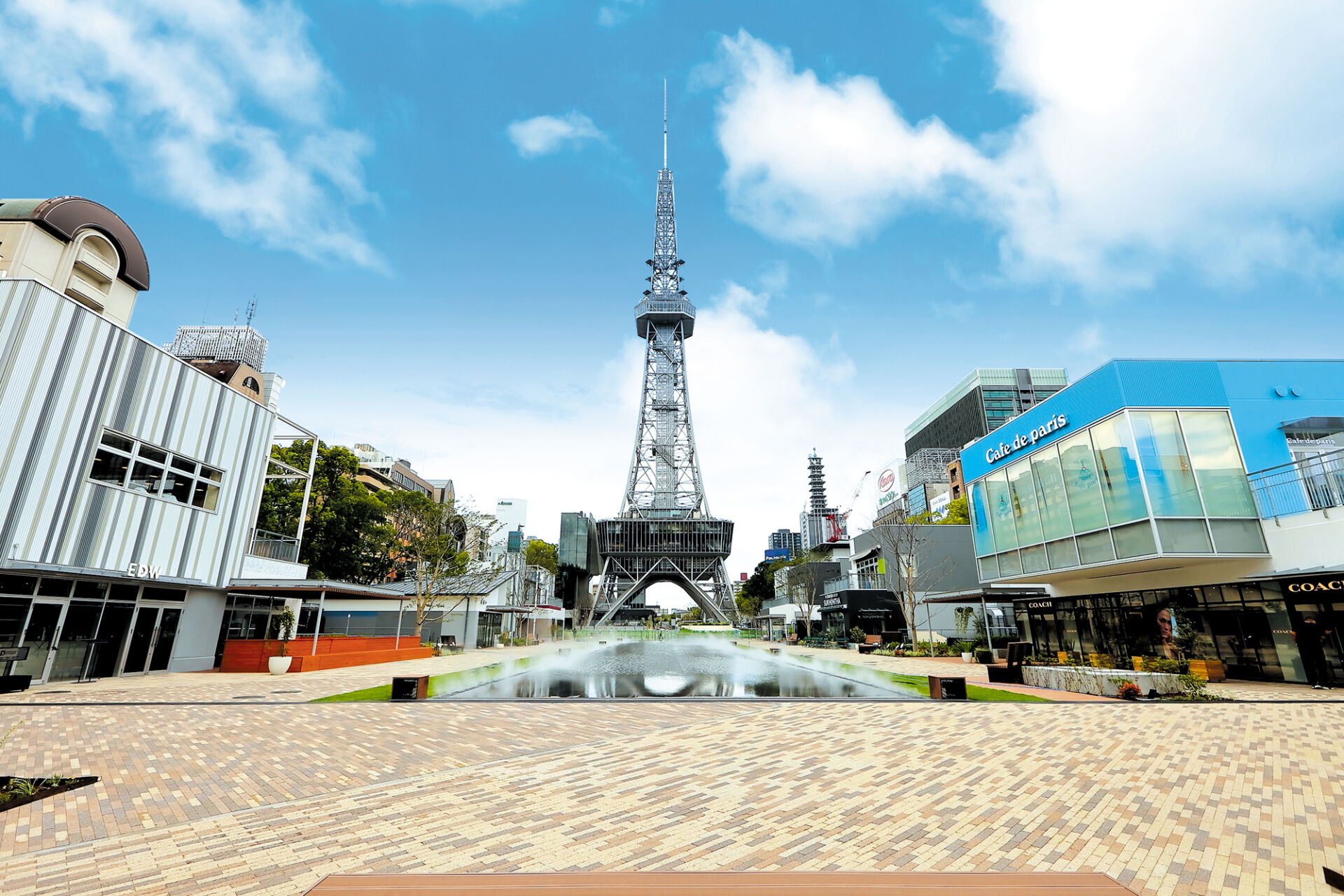

Located approximately two kilometers east of Nagoya Station, Sake is Nagoya’s main shopping and entertainment district. The area is full of dining, shopping, and accommodation options making it a great area to stay and play. Numerous large hotels are located in this area, with accommodation ranging from high-end to budget. For further information about accommodation in Nagoya, please refer to our ‘Nagoya Area’ hotel page.
The area is not without its green space as Hisaya-Odori Park cuts through Sakae from north to south creating a pleasant walk from the historic Nagoya Castle to the modern Oasis 21.
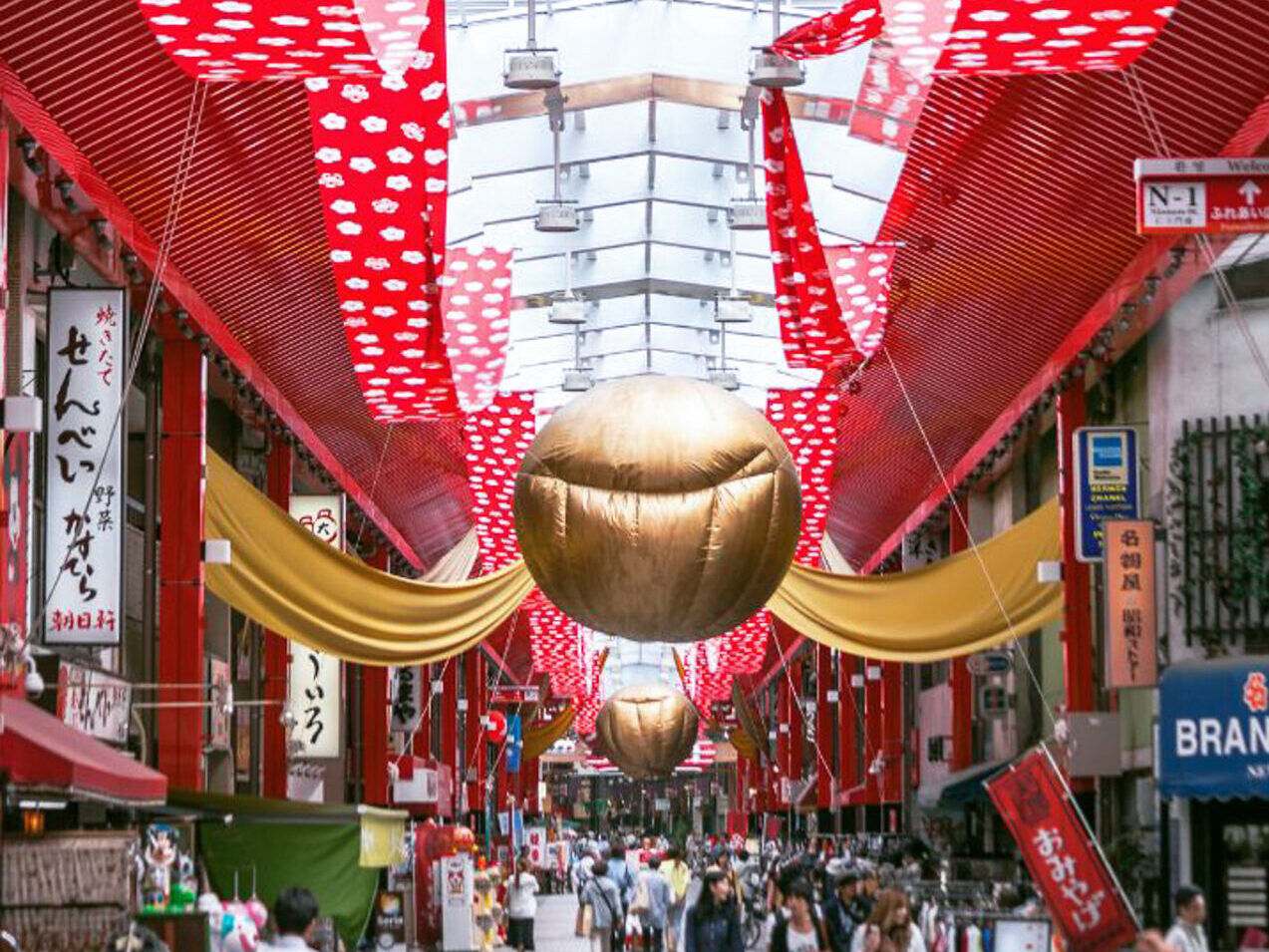

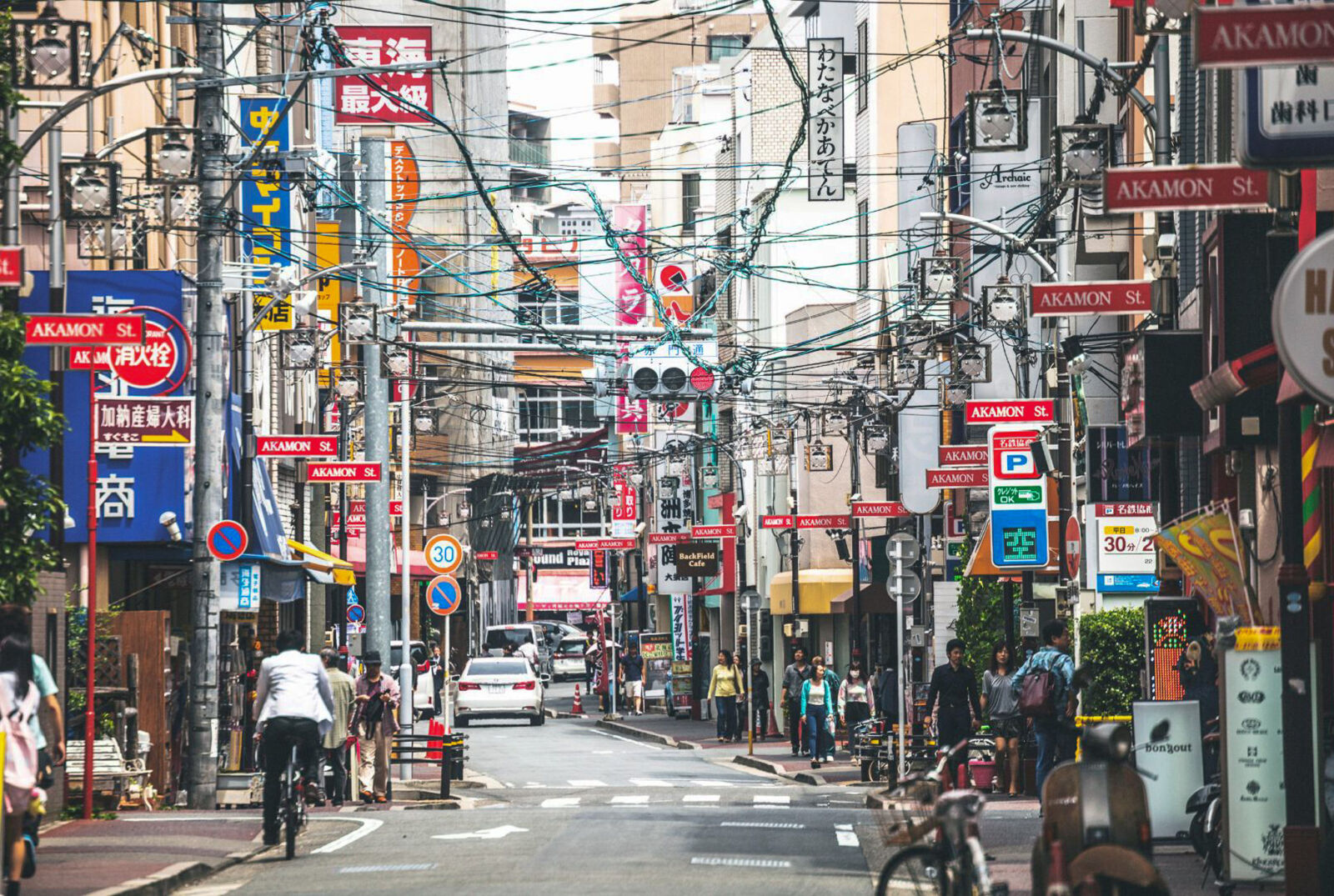
Just south of Sakae is the more traditional shopping and dining district of Osu. The covered shopping arcade houses over 1200 businesses including electronic stores, thrift shops, restaurants, bars, shrines, a “sento” (indoor hot spring bath), and plenty of food stalls. The area hosts many events and festivals such as the “Osu Daido Chonin Festival” which celebrates the geisha courtesan parades of old, and the annual World Cosplay Summit.
There is truly something for everyone in Osu and this “hodgepodge” atmosphere is one of the area’s most endearing qualities. From Nagoya Station: 40 min. walk
For those looking to sample the local cuisine in Sakae and Osu, consider joining our 1-Day Tour: Eat Like a Local in Nagoya.
3 / TOYOTA COMMEMORATIVE MUSEUM OF INDUSTRY & TECHNOLOGY / all year round
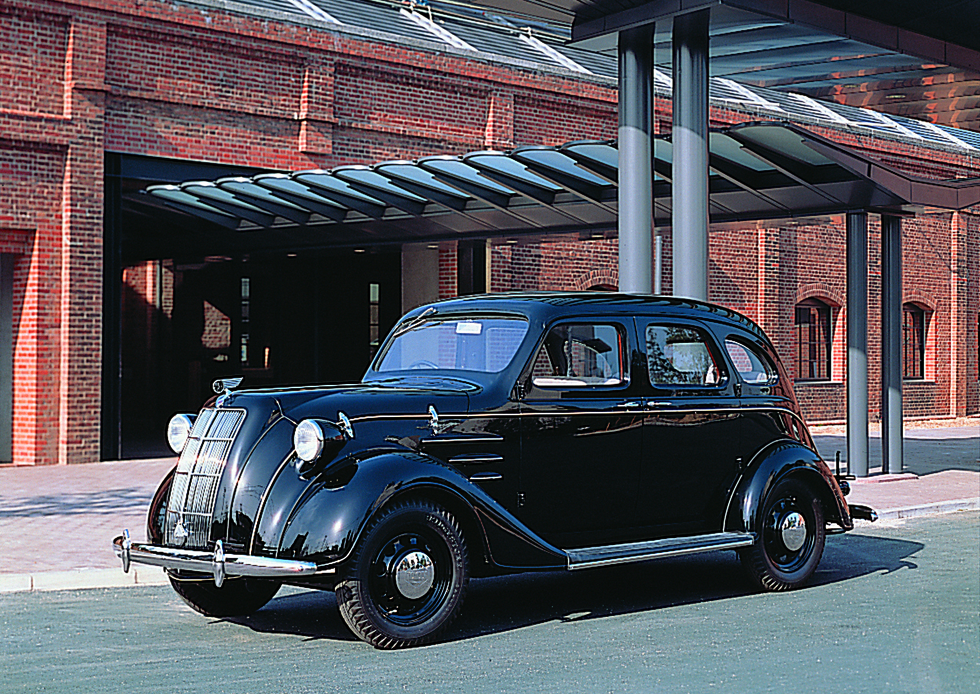
Established 100 years after the birth of Toyota Motor’s founder, the Toyota Commemorative Museum strives to inspire visitors and share the company’s belief in the importance of “making things (“monozukuri”)” and “the spirit of being studious and creative.” This interactive museum tells the story of one of Japan’s great companies, and in doing so, reflects Nagoya’s position as Japan’s industrial powerhouse.

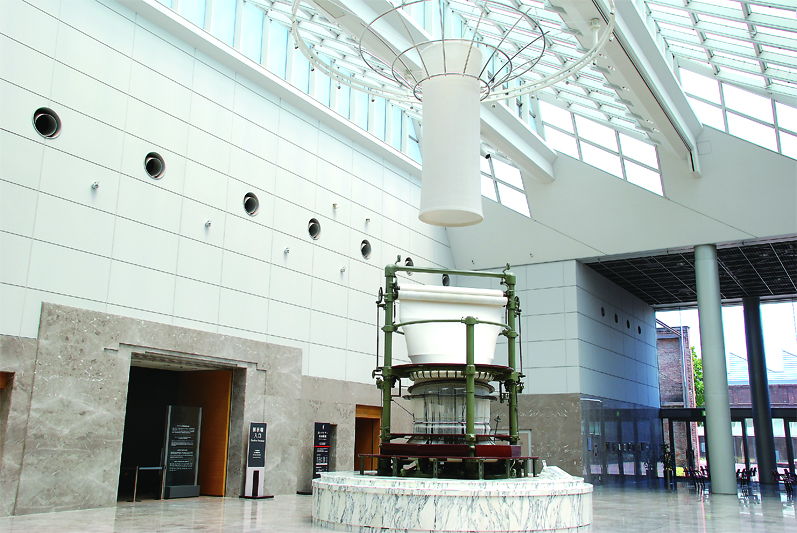

Exhibitions are separated into the Textile Machinery Pavilion and Automobile Pavilion, with the museum open daily (other than Mondays) from 09:00 to 17:00. Admission is JPY 1200 for adults, JPY 600 for middle and high school students, and JPY 400 for primary school students. From Nagoya Station: 25 min. walk.
For those who want a guided tour of the Toyota Commemorative Museum of Industry and Technology, join one of our tours!
1 Day Tour
| 1-Day Tour: Nagoya’s Industrial Legacy and Toyota’s Innovation | |
| Period | All Year Round |
| Time | 10:00-17:00 |
| Meeting Place | JR Nagoya Station |
| Adult Rate | ¥17,800 |
| Child Rate | ¥11,000 |

4 / NAGOYA STATION & JR CENTRAL TOWER / all year round

With roughly 177,000 passengers a day, Nagoya Station is one of the busiest stations in Japan. Furthermore, at an astonishing 446,000 square meters and 53 floors, Nagoya Station holds the record as the world’s largest and tallest train station.
Nagoya Station houses three tower complexes offering a range of facilities including offices, shops, restaurants, and hotels making it quite possible to spend an entire day in Nagoya and never leave the station!


With the enormous size and the number of passengers, it is easy to imagine the difficulty in finding family or friends at Nagoya station. Thankfully, the Gold and Silver Clock towers, standing at opposite ends of the Nagoya Station serve as meeting spots for locals and travelers alike. For travelers looking to join a tour of Nagoya with Snow Monkey Resort, our guides will be waiting to meet you at the Silver Clock Tower in Nagoya Station.
JR Central Lines connected to Nagoya Station include the Tokaido Shinkansen Line, Tokaido Main Line, Chuo Main Line, Kansai Main Line, Higashiyama Line, Sakura-dori Line, and the Aonami Line. Nagoya Station is connected to Meitetsu Nagoya Station with access to stops on the Meitetsu Line and the Kintetsu Line. The Meitetsu line provides direct access to Chubu Centrair International Airport. For international travelers utilizing a JR Pass, please note that the Meitetsu and Kintetsu Lines are not covered by the JR Pass.
5 / TOKUGAWA ART MUSEUM & TOKUGAWA GARDEN / all year round

A traditional daimyo garden from the Edo Era, Tokugawa-en (or Tokugawa Garden) is a relaxing retreat amid a bustling city. The garden features over 100 maple trees, two waterfalls, and a beautiful pond in its center—showing visitors a different face in each of the four seasons and making each visit a one-of-a-kind experience. The beautiful grounds are also home to a tea house serving traditional sweets and tea carefully sourced from the nearby area.
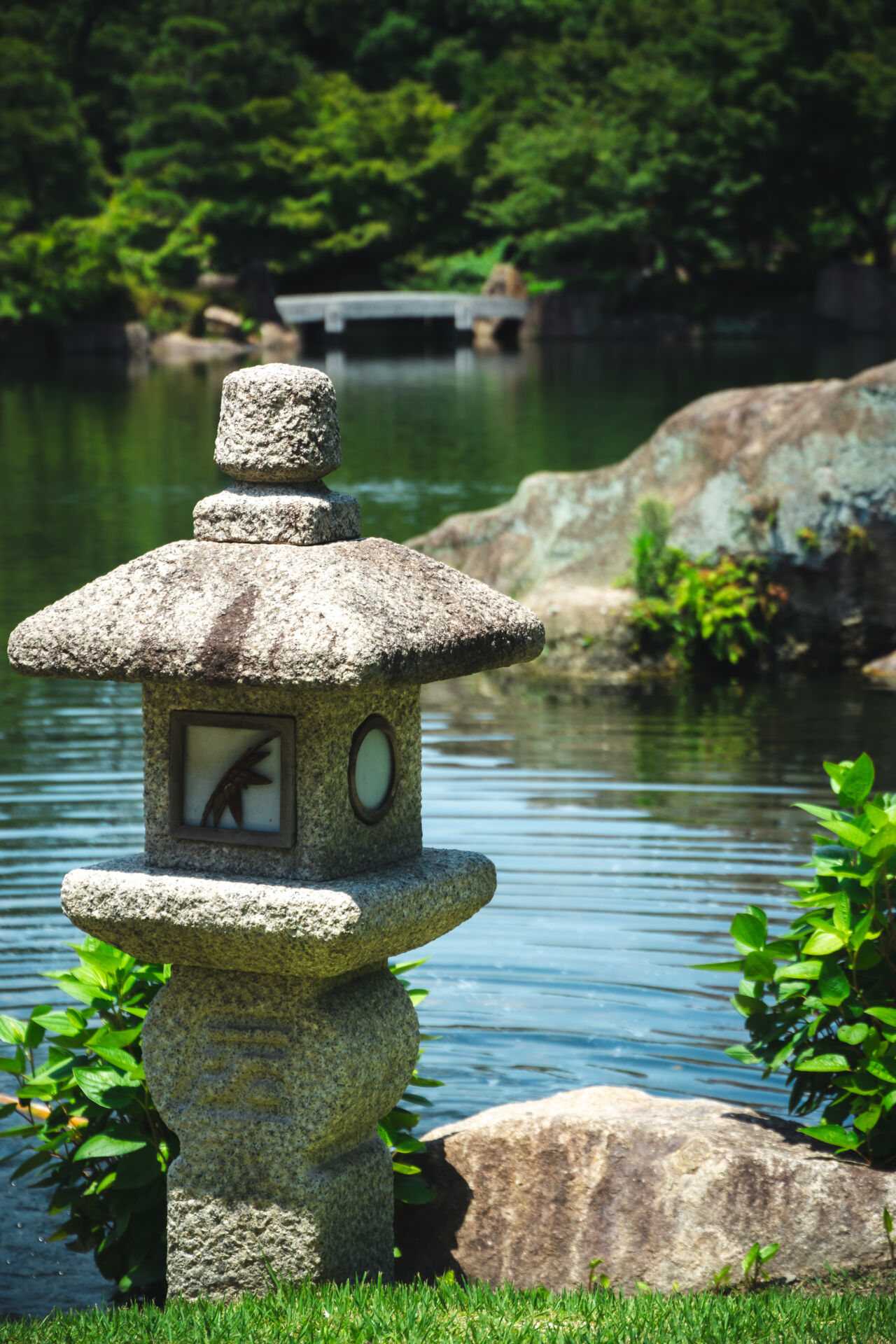

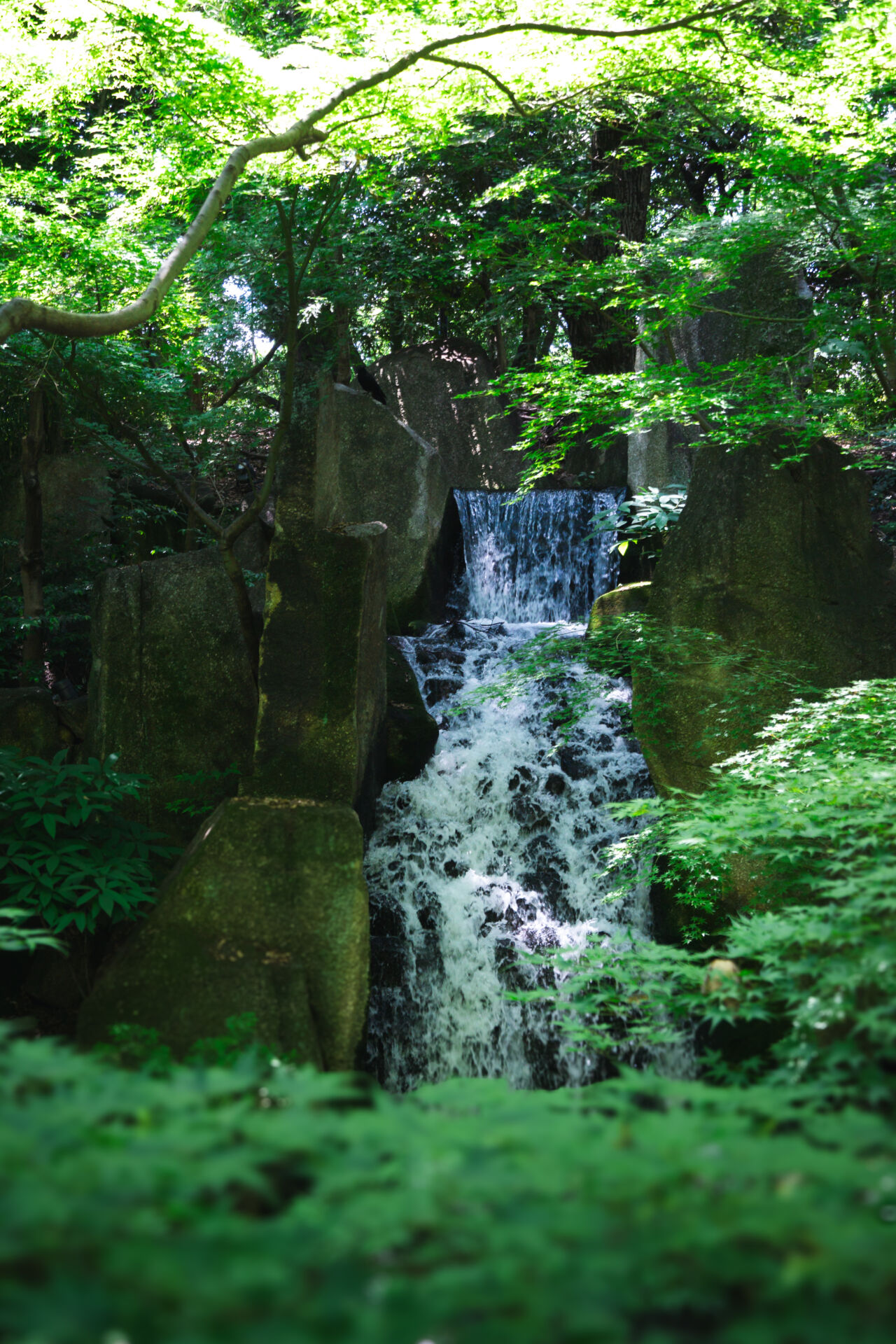
Adjoining Tokugawa Garden is the Tokugawa Art Museum. This private museum exhibits over 12,000 items including ceramics, paintings, furniture, and Noh costumes and masks, along with armor and swords once owned by the Owari clan—one of three branches of the ruling Tokugawa family during the Edo Period.
Open daily (other than Mondays and Dec. 27 – Jan.3) from 10:00 to 17:00. Admission to the museum is JPY 1200 per adult, JPY 700 for students, and JPY 500 for children. Admission to the garden is JPY 300 or a joint ticket for both is JPY 1550. From Nagoya Station: 80 min. walk.
For those who want to try Sencha tea, join one of our tours!
1 Day Tour
| 1-Day Guided Garden Walk through Nagoya’s Castle, Gardens, and Historic Estates | |
| Period | All Year Round |
| Time | 9:00 – 17:00 |
| Meeting Place | JR Nagoya Station |
| Adult Rate | ¥17,800 |
| Child Rate | ¥11,000 |

6 / TRY THE FAMOUS FOOD OF NAGOYA / all year round


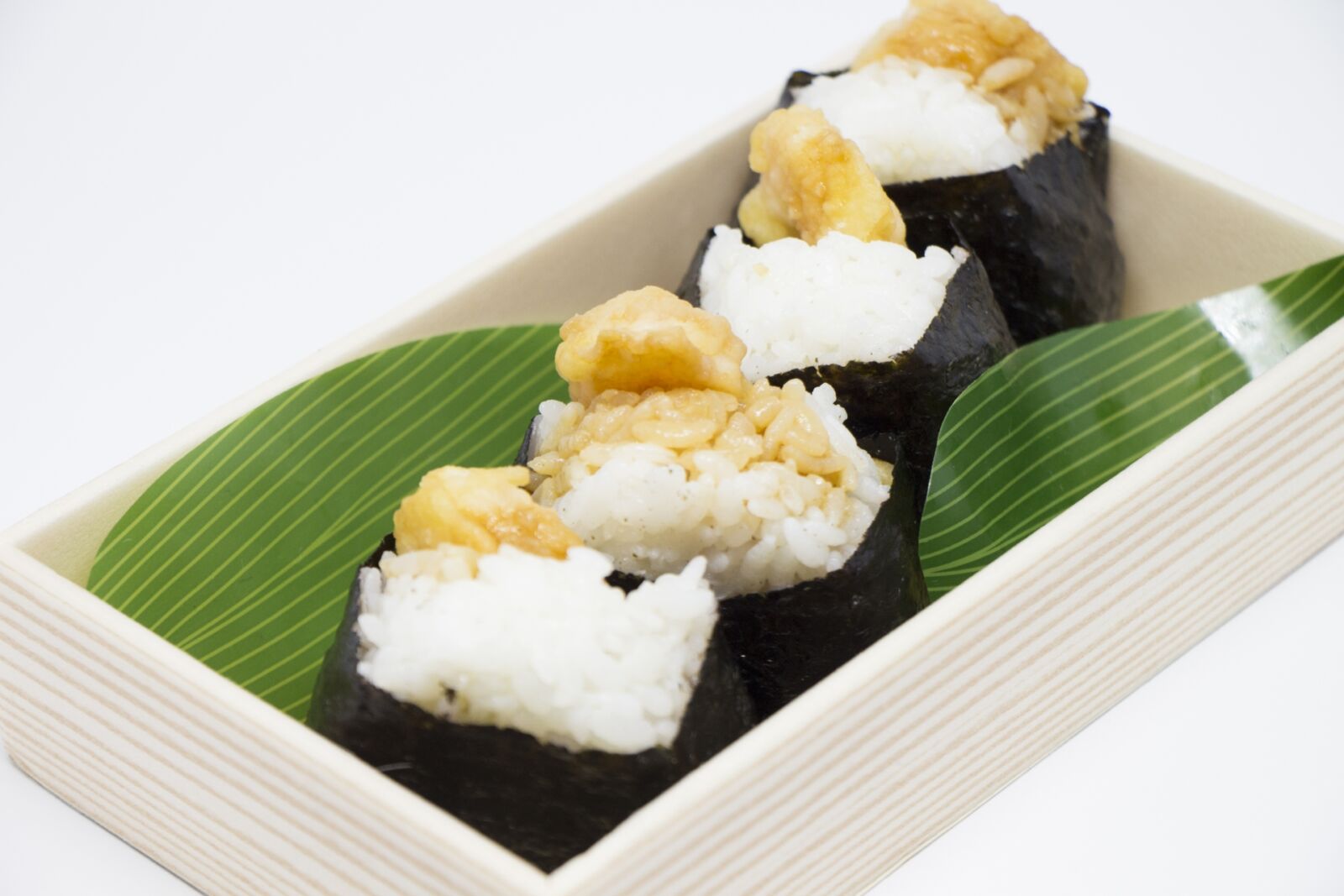
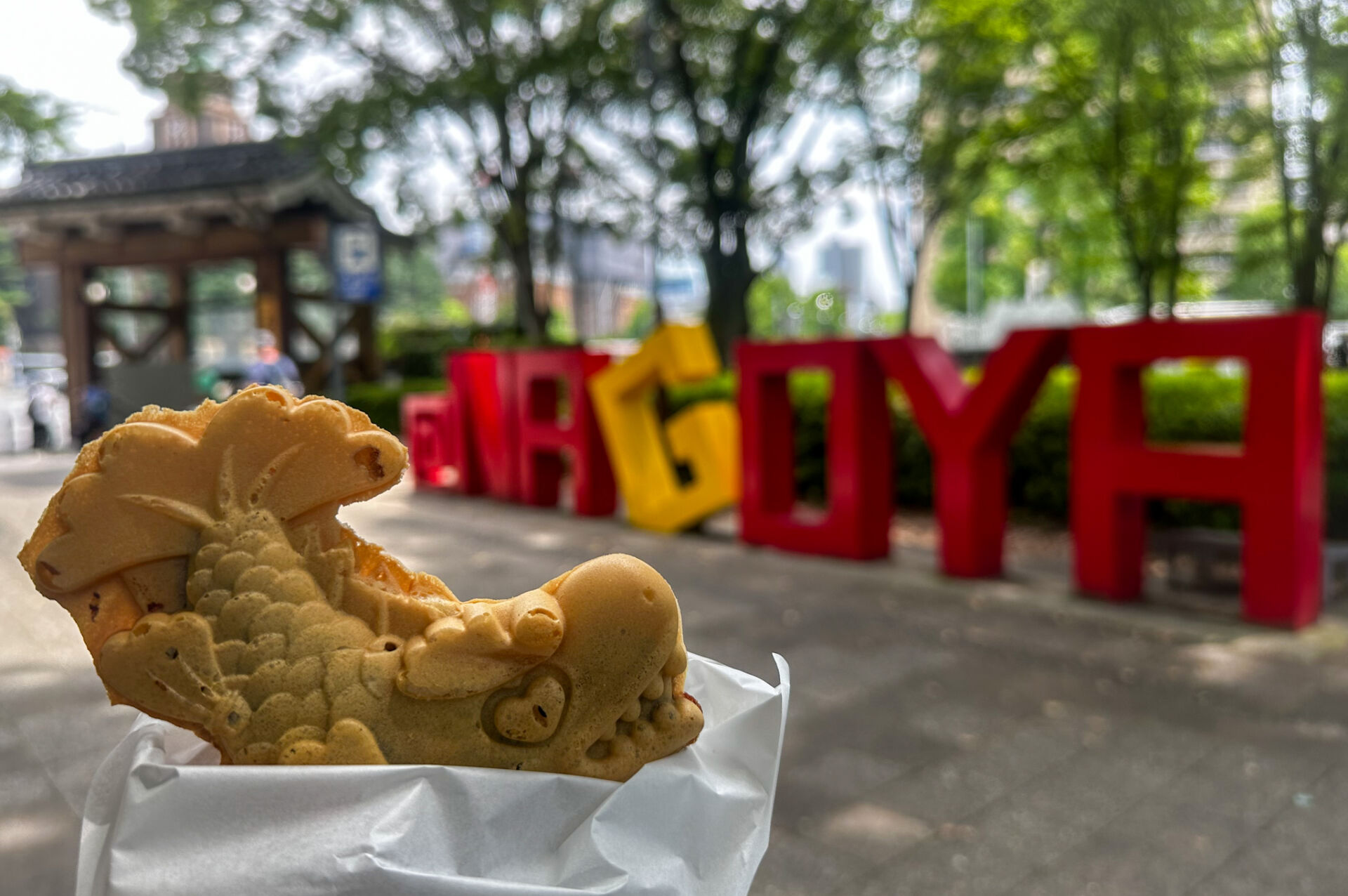
One of the great pleasures of any trip is food and Nagoya is a city that definitely won’t disappoint. Nagoya’s cuisine, or as the locals call it, “Nagoya Meshi,” follows its own unique style of familiar feeling, hearty, comfort foods and includes specialties such as miso-katsu (deep fried pork cutlets covered in rich red miso sauce), tebasaki (crispy fried chicken wings), tenmusu (miniature rice balls filled with crunchy shrimp tempura), and so much more.
1 Day Tour
| 1-Day Tour: Eat Like a Local in Nagoya | |
|
| |
| Period | All Year Round |
| Time | 8:00-16:30 |
| Meeting Place | JR Nagoya Station |
| Adult Rate | ¥17,800 |
| Child Rate | ¥11,000 |

We recommend trying these local staples:

Miso-katsu: A miso-based Nagoya favorite, miso-katsu is a deep-fried pork cutlet topped with a special miso sauce. Known for its indulgent and earthy flavor, miso-katsu makes a great ‘bento’ (lunch box) to take on the train when heading out of Nagoya Station.
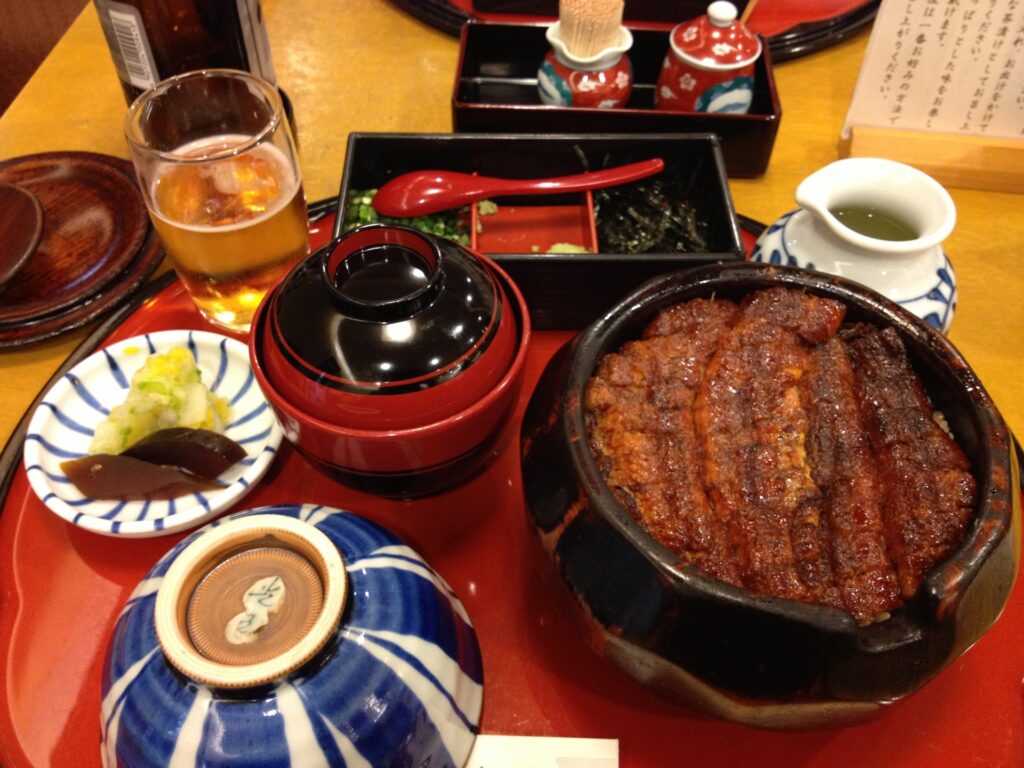
Hitsumabushi: As Japan’s largest producer of ‘unagi’ (freshwater eel), hitsumabushi is a must while staying in Nagoya. Typically grilled, coated in a savory sauce, and grilled whole over charcoal, the eel is served over rice accompanied with pickles and a broth.
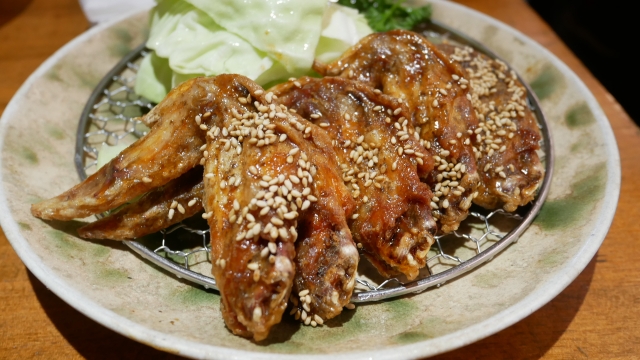
Tebasaki: Otherwise known as Nagoya chicken wings, tebasaki are deep fried, coated in a salty-sweet sauce, and sprinkled with sesame seeds and lots of pepper. These mouth-watering wings are a specialty of Nagoya and will often be ordered by friends and coworkers enjoying a night out at an izakaya.
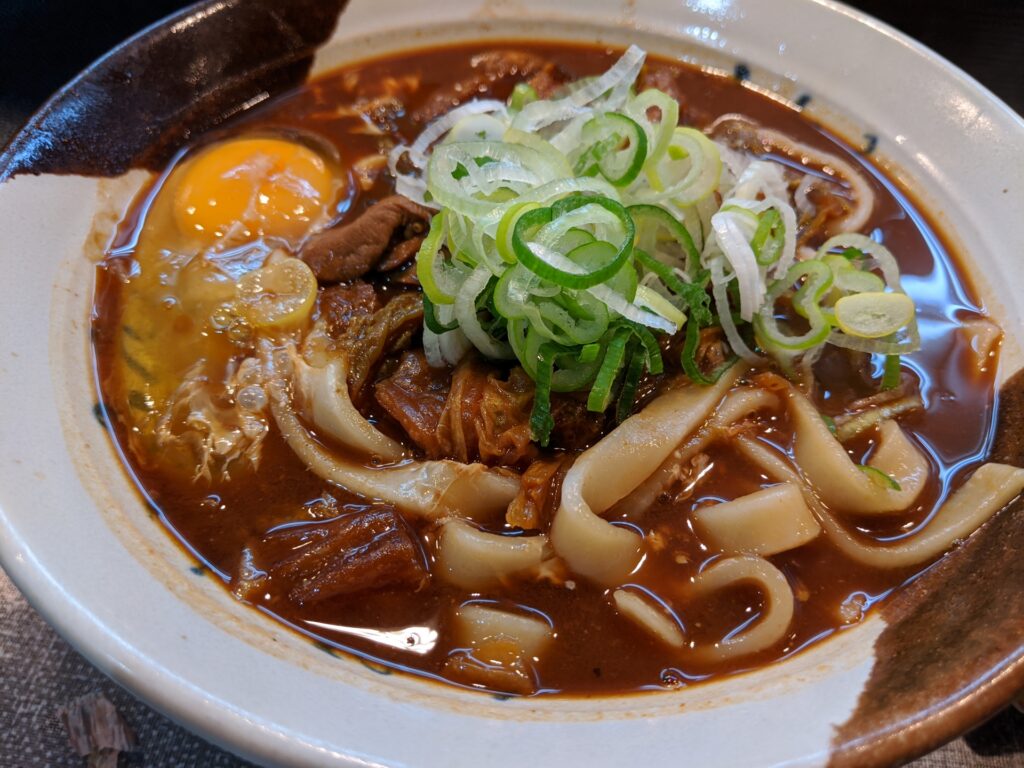
Misonikomi Udon: Utilizing extra thick udon noodles and a rich red miso broth, misonikomi udon is served in an earthen pot and garnished with spring onions, chicken, mushroom, raw egg and ‘mochi’ (rice cakes). It’s a filling dish perfect for travelers looking to warm up after a long day of sightseeing.
7 / YANAGIBASHI CENTRAL FISH MARKET / all year round
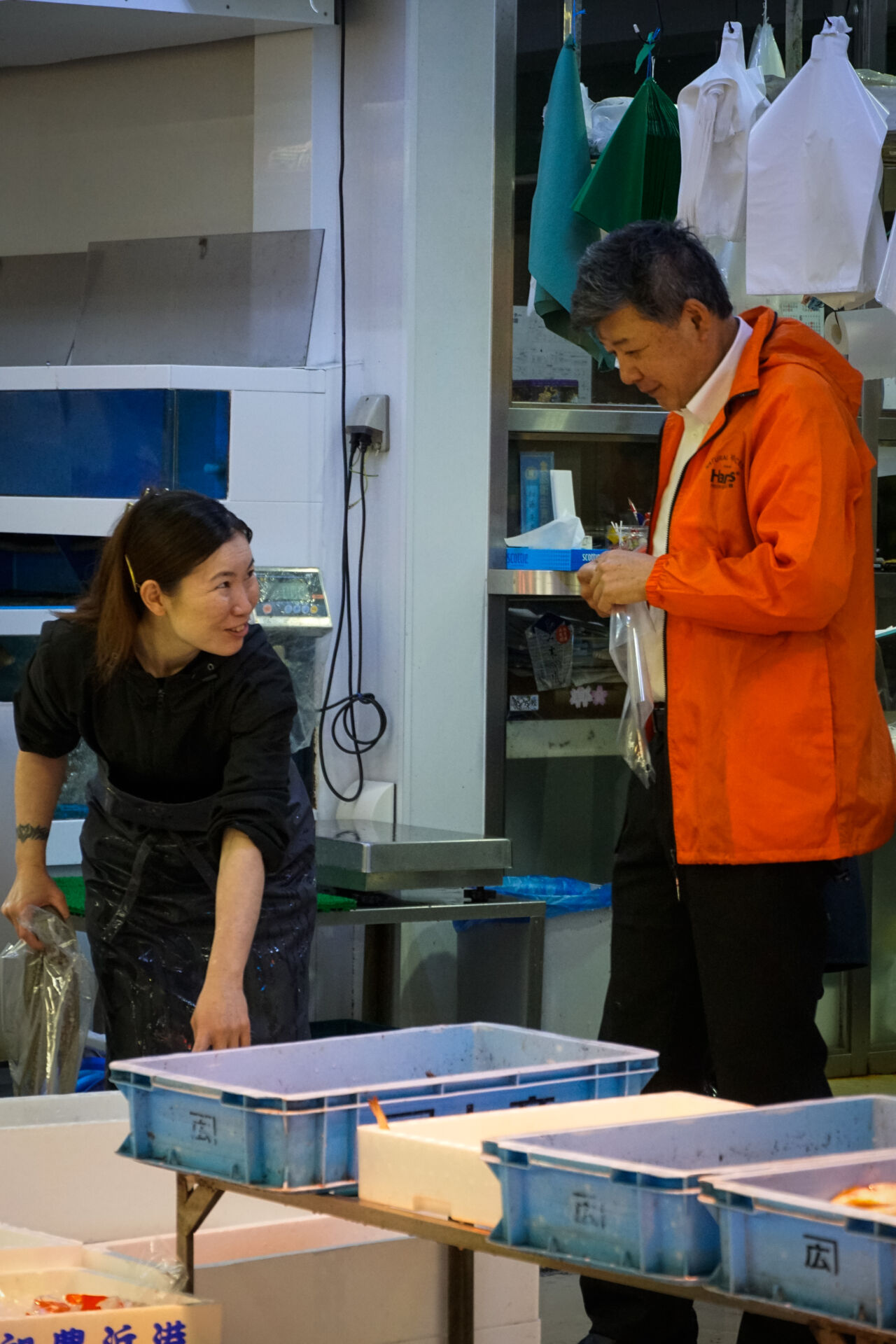
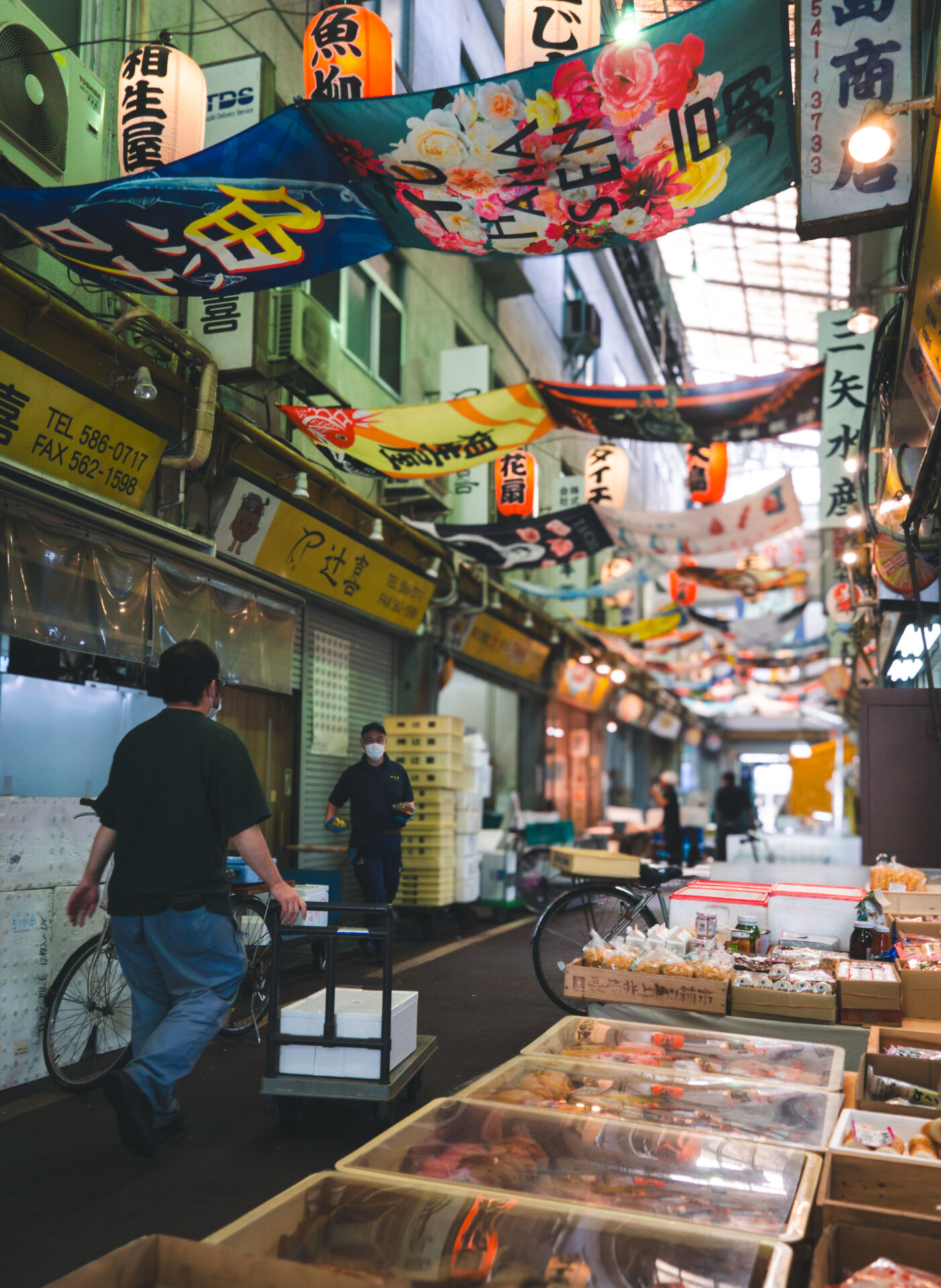
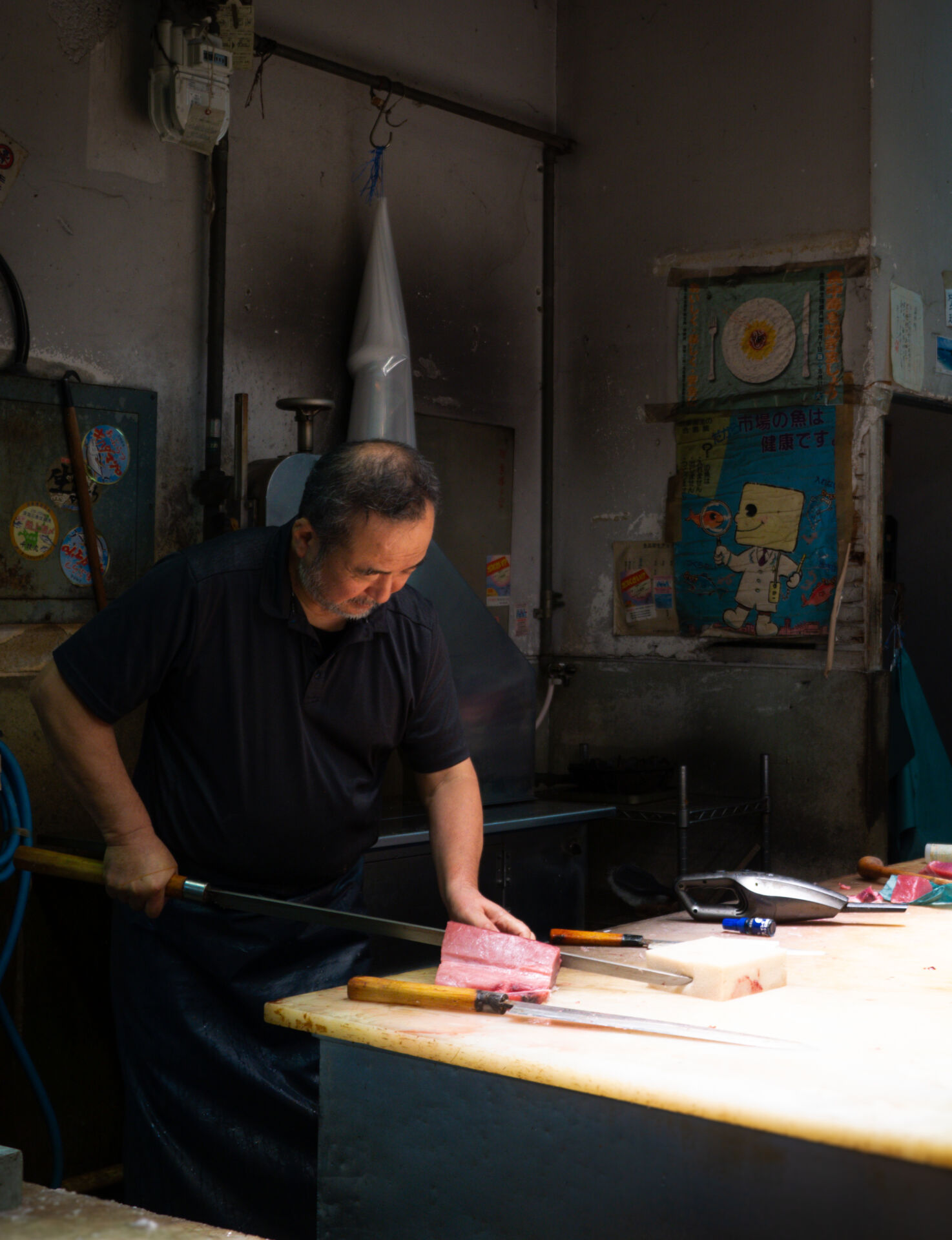
Yanagibashi is an active market where you will see giant tuna cut to size by long swords and glimpse professional chefs and restaurateurs negotiating prices with fishmongers. With around 130 shops selling fresh ingredients from Ise Bay and nearby farms, the market has become known as the “Pantry of Central Japan.” The friendly nature of the shop staff and fishmongers makes it possible to discuss the day’s catch, sample some of the products for yourself, or just soak up the vibrant atmosphere of this market. From Nagoya Station: 10 min. walk.
Looking to visit a Japanese fish market? Consider joining our 1-Day Tour: Eat Like a Local in Nagoya for a guided tour of Yanagibashi Central Fish Market.
1 Day Tour
| 1-Day Tour: Eat Like a Local in Nagoya | |
|
| |
| Period | All Year Round |
| Time | 8:00-16:30 |
| Meeting Place | JR Nagoya Station |
| Adult Rate | ¥17,800 |
| Child Rate | ¥11,000 |

Unique Activities in Nagoya
For those looking for something different and truly one-of-a-kind experiences, Nagoya has a lot to offer. Here are some experiences that you would be hard-pressed to find anywhere else in Japan.
8 / Visit the Home of the Toyota Family / NAGOYA CULTURE PATH / all year round

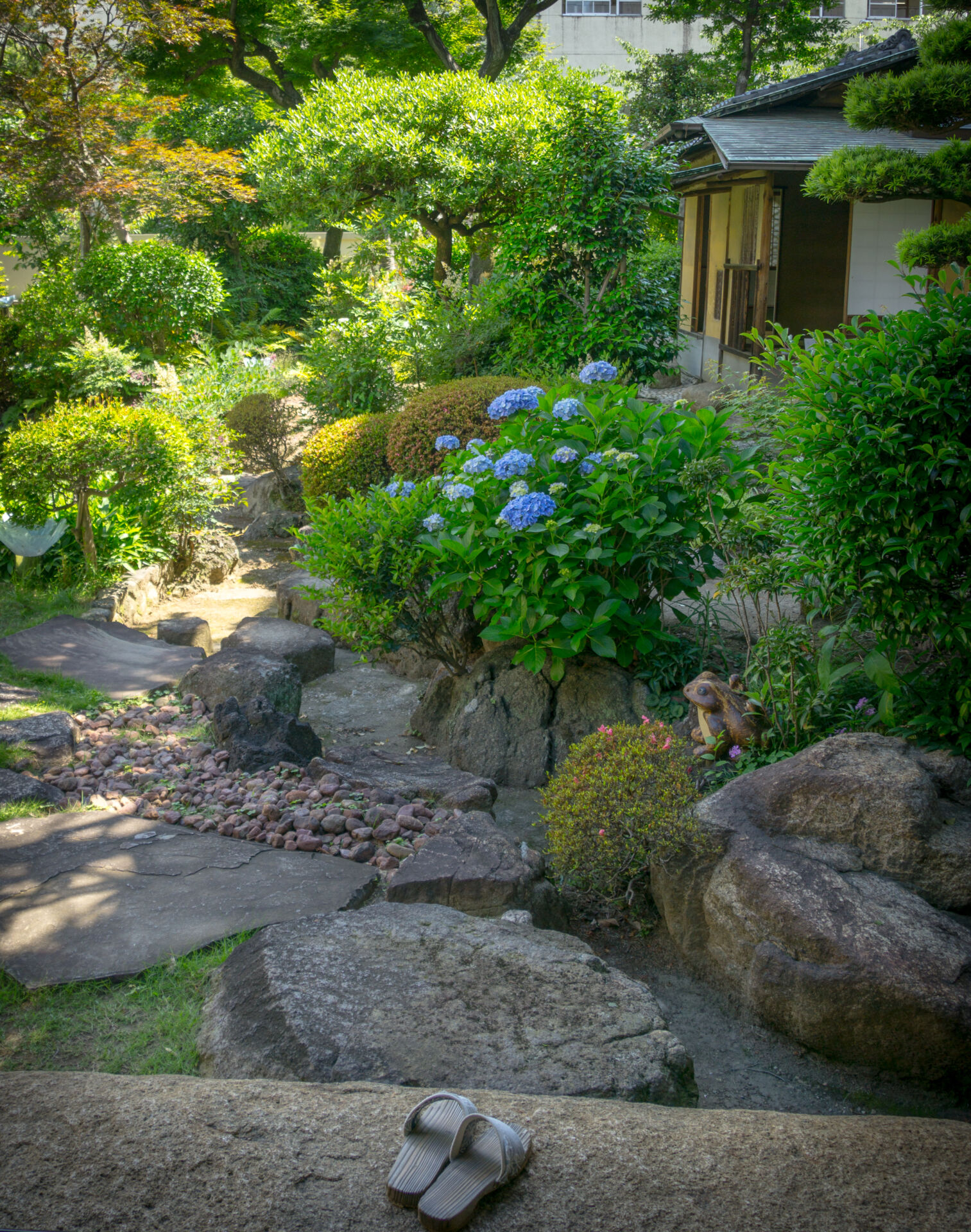


The Nagoya Culture Path is an area rich in well-preserved historical estates from some of Nagoya’s wealthiest residents from the Meiji Era through the early Showa Era (1868 -1930). You can enter the homes and stroll the gardens of several of these properties, including the home of Sasuke Toyoda and Japan’s most famous geisha, Sadayakko Kawakami. From Nagoya Station: 50 min. walk
Our 1-Day Guided Garden Walk through Nagoya’s Castle, Gardens, and Historic Estates takes you on a guided tour of several of these historic estates and beautiful gardens in Nagoya.
9 / Get a birds-eye view of Nagoya from the tallest building / MIDLAND SQUARE / all year round
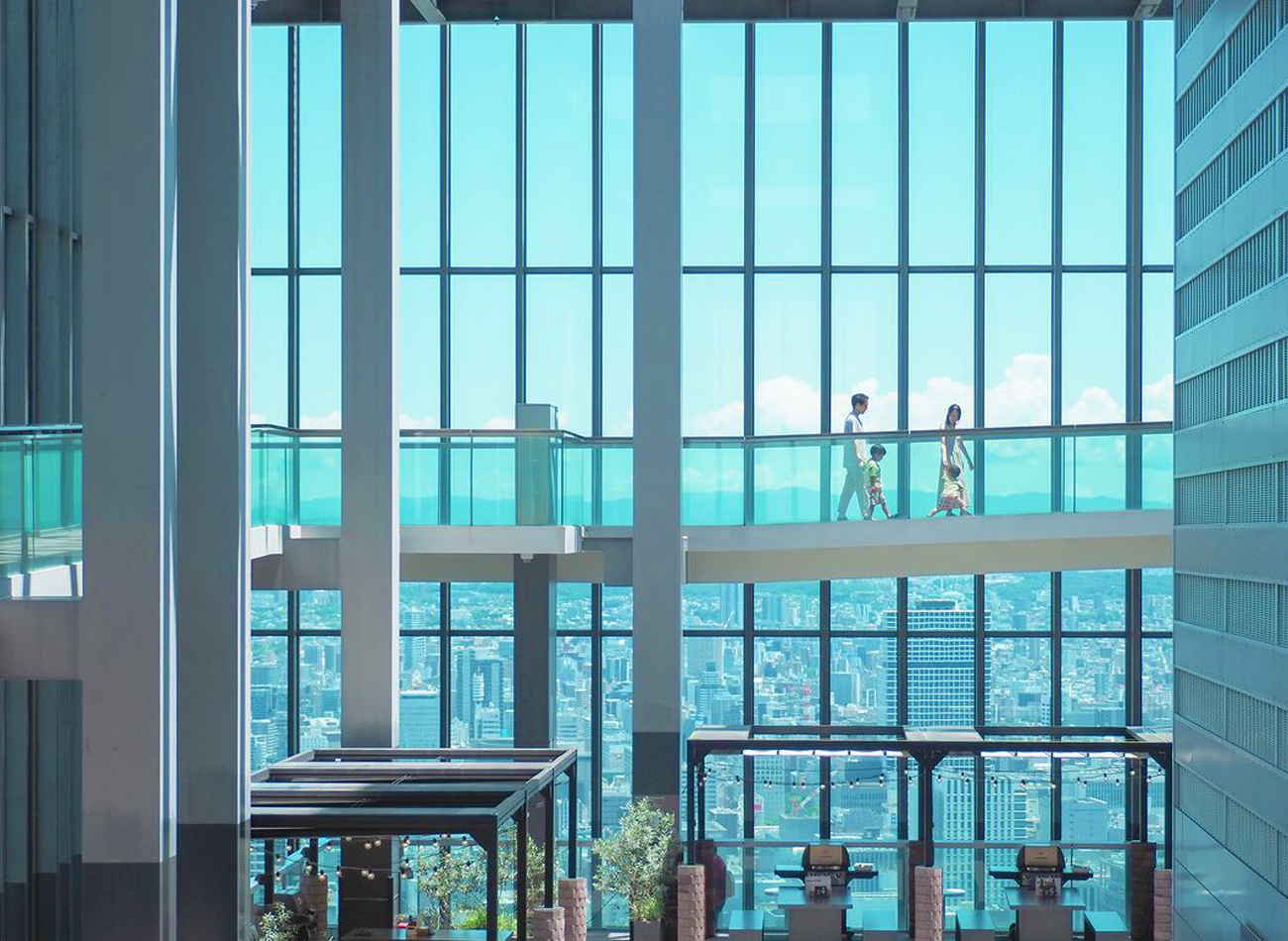
At 247 meters, Midland Square is Nagoya’s tallest building. The shimmering skyscraper offers visitors high-end shopping, a cinema, a Toyota Automobile Showroom, and an underground pedestrian network that connects to the city. Situated on the top floors is the Sky Promenade—the highest outdoor observatory in Central Japan. This semi-open-air observation deck allows you a stunning 360-degree view of the city. If you visit the Sky Promenade with one of our guides on a tour of Nagoya, they will happily point out all the city’s landmarks as well as more distant locations. Additionally, there is a BBQ terrace on the Sky Promenade, allowing visitors to grill steak, sausages, chicken, and even pizza in what is perhaps the world’s highest BBQ. From Nagoya Station: 5 min. walk
10 / Watch a modern Kabuki Show / ENDONJI / all year round



Endonji—a covered shopping district known for its nostalgic atmosphere and some of the oldest cafes in the city is keeping traditions alive while breathing new life into traditional Japanese theater with the Kabuki Cafe “Nagoya-za.”
Nagoya-za shows kabuki performances based on traditional Japanese myths/stories but with a modern twist and humor. Though the plays are entirely in Japanese, language skills are not really required to enjoy these interactive shows. Performances are on Wednesdays, Fridays, and weekends. From Nagoya Station: 15 min. walk.
11 / Search for a legendary sword / ATSUTA JINGU / all year round
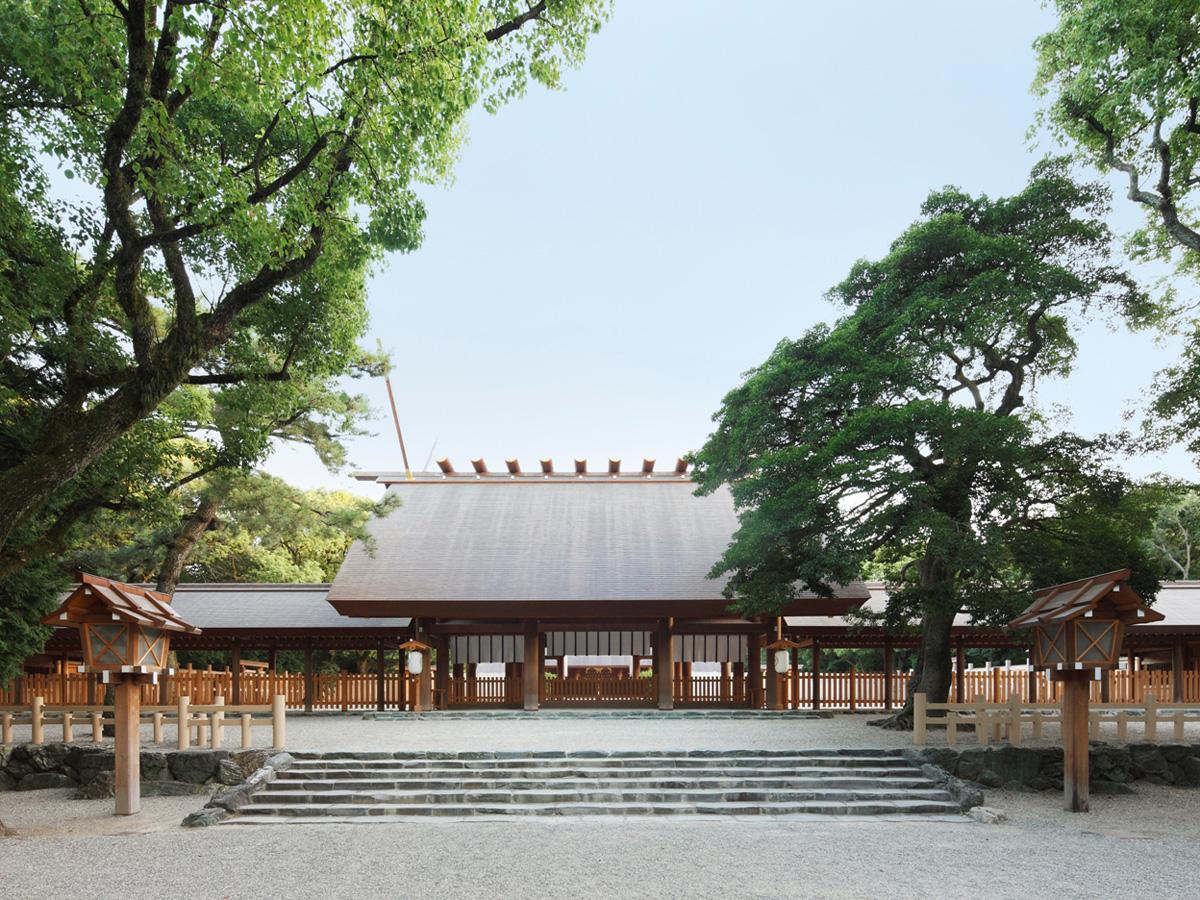
Atsuta Shrine is one of the most important shrines in Shintoism. The shrine was founded to house the legendary sword, Kusanagi no Tsurugi—one of the three imperial regalia along with the sacred mirror at Ise Jingu and the sacred jewel at the Imperial Palace. Approximately 9 million people visit this shrine annually to view the 4,000 artifacts which have been donated to the shrine by the Imperial Family, shoguns, feudal lords, and common persons. From Nagoya Station: 25 min. train ride.
12 / Paint a Porcelain Plate / NORITAKE GARDEN / all year round




Famed throughout Japan and around the world as Japan’s premier manufacturer of porcelain and china tableware, Noritake originated in Nagoya over 100 years ago and maintains an impressive museum and gallery in Nagoya called Noritake Garden. The garden houses a gallery, shop, craft center, and several restaurants allowing visitors the opportunity to dine on Noritake chinaware, shop for their own collection, or simply soak up the scenery of the garden. In the craft center, visitors can decorate their own plate or mug. The garden is open from 10:00-17:00 daily. From Nagoya Station: 15 min. walk.
Best Things to Do in Nagoya with Kids
Nagoya has many family friendly activities ranging from amusement parks, to interactive museums, and more. Here are some of the most popular locations in Nagoya for families with kids.
13 / LEGOLAND / all year round

Legoland Japan is one of Nagoya’s most family friendly attractions. Primarily aimed at children, there’s enough in the park to keep adults entertained including large-scale Lego models and rides divided into seven themed areas—reflecting different worlds in the Lego universe. Like any good theme park, there are plenty of places for shopping and dining, and even a hotel on-site to fully immerse you in the world of Lego. Open daily from 10:00 to 17:00, extended to 18:00 on weekends and national holidays. Admission is (peak/off-peak days): Adult (aged 13+) JPY 5700 / 4600; children (3-12) JPY 3700 / 3400. Legoland Japan is a 35-minute journey from Nagoya Station.
14 / SCMAGLEV & RAILWAY PARK / all year round
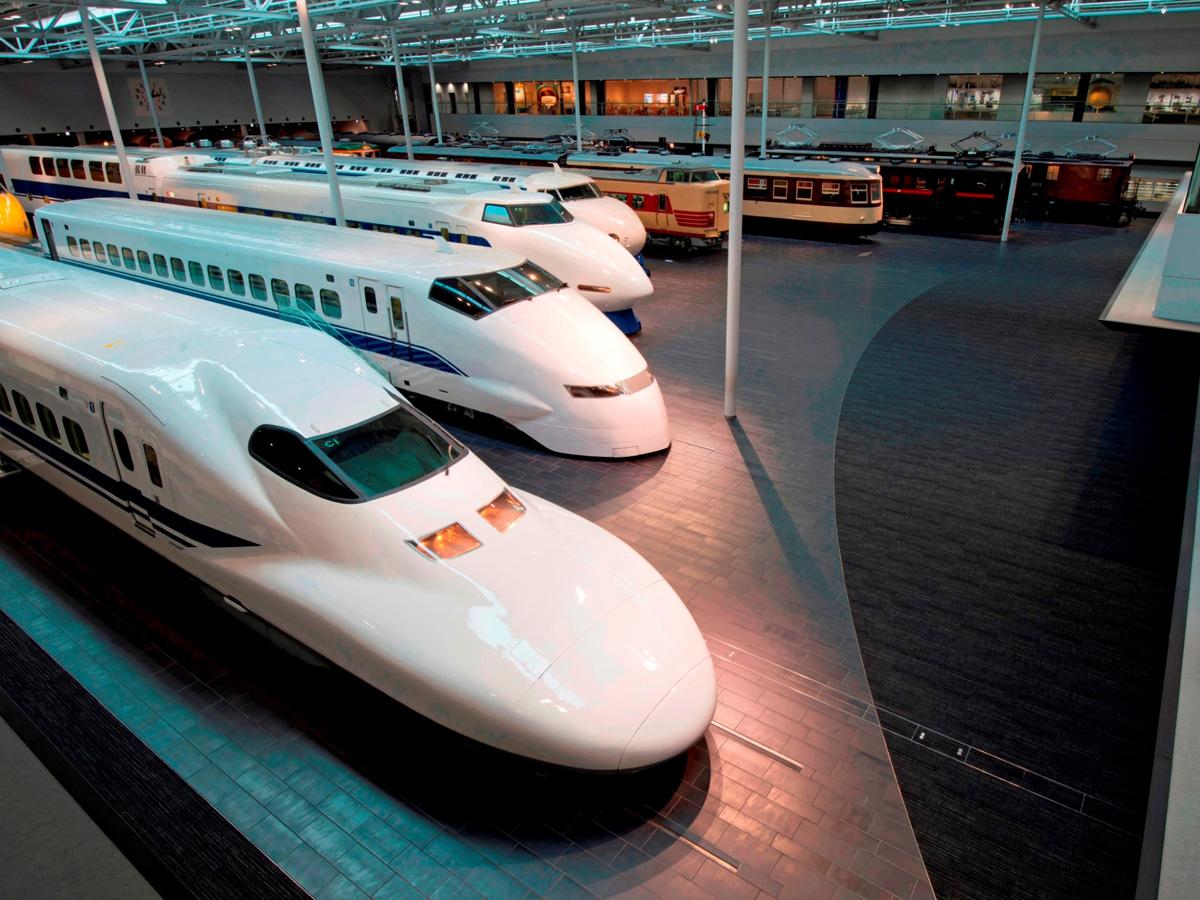
An exciting museum for kids and train lovers alike, the SCMAGLEV and Railway Park showcases the history and technological ingenuity of the Central Japan Railways Company. A collection of 39 train cars and locomotives—ranging from older, retired models to ‘maglev’ prototypes—sit on the first floor, while the second floor is dedicated to interactive learning experiences for children and train simulators.
The museum also houses some of Japan’s largest model train sets including highly detailed recreations of Tokyo, Osaka, and, of course, Nagoya. While trainspotters will love the whole experience, you don’t have to be a train nerd to enjoy this excellent museum. Open daily (other than Dec.28-Jan.1) from 10:00 to 17:30. Admission is JPY 1000 (with additional fees of JPY 100 / 500 for use of the simulators, booking required). Around 30 minutes from Nagoya Station.
15 / NAGOYA CITY SCIENCE MUSEUM / all year round

Guaranteed to amaze and educate children and adults alike, the Nagoya City Science Museum is a great place to visit on a rainy day—or any day. The museum is housed in three buildings with exhibits on technology, astrology, and life sciences. Permanent exhibits include a Tornado Room with a 9m high artificial tornado, a -30℃ Polar Room which allows visitors to see an aurora display, and the world’s largest planetarium.
The museum is open daily (except Mondays and Dec. 29 – Jan.3) from 9:30 – 17:00 (last admission, 16:30). Admission to the museum and planetarium is JPY 800 for adults, JPY 500 for high school and university students, and free for children ages 13 or under. From Nagoya Station: 30 min. walk.
16 / GHIBLI PARK / all year round
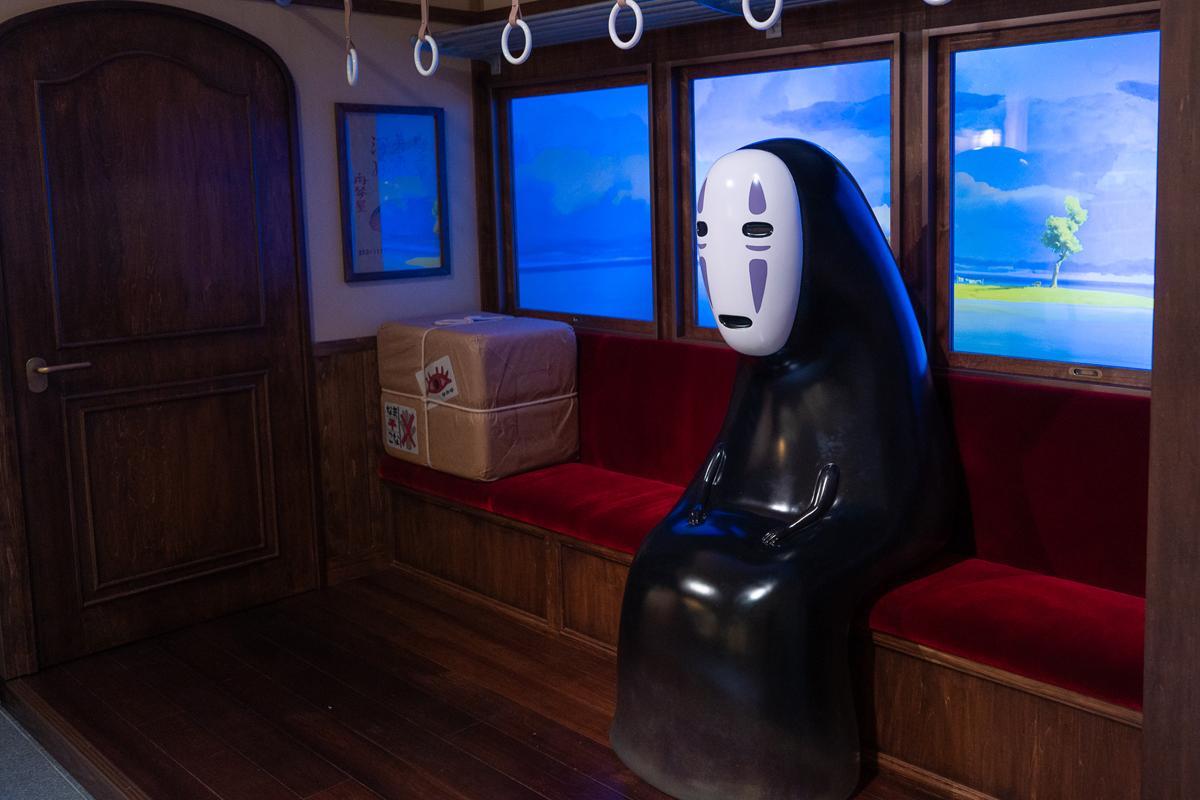


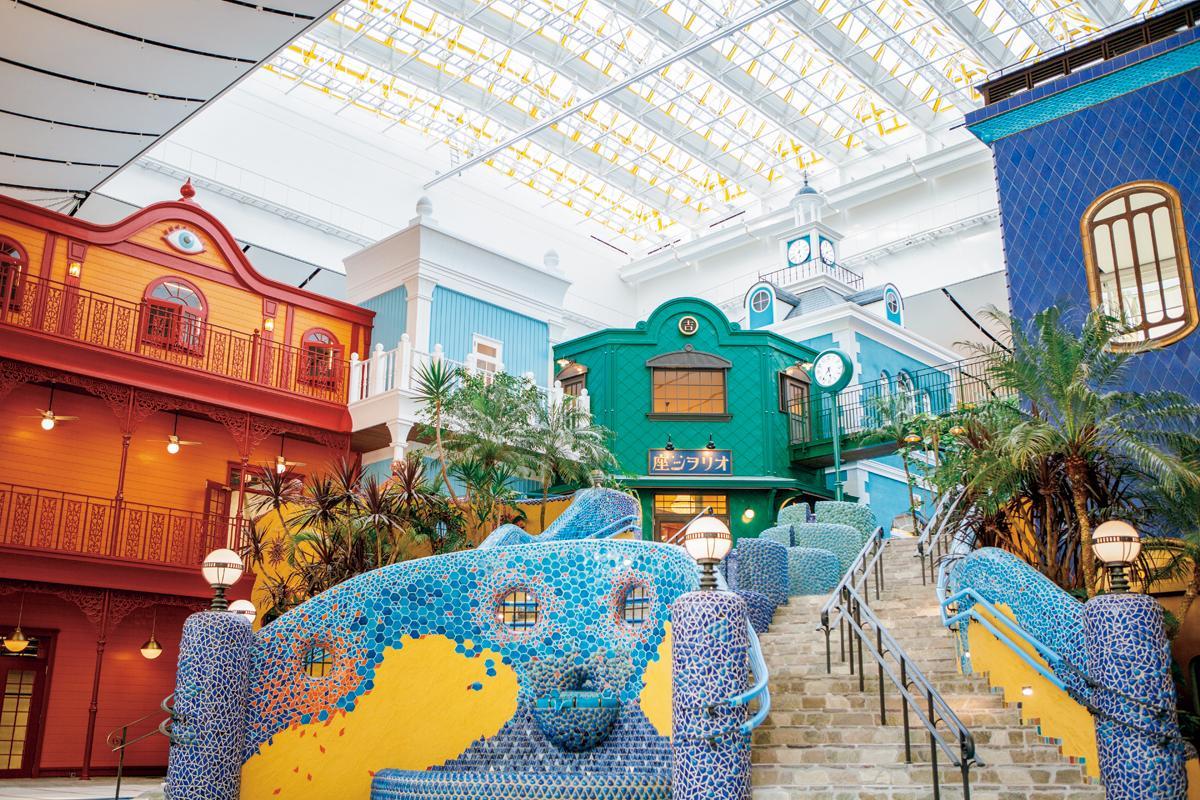
Ghibli Park is a theme park which brings to life the beloved works of Studio Ghibli. The park consists of five areas: Hill of Youth (featuring the elevator tower from “Laputa: Castle in the Sky,” “Howl’s Moving Castle,” and a house from “Whisper of the Heart”), Dondoko Forest (dedicated to the movie “My Neighbor Totoro”), Mononoke Village (featuring sculptures from “Princess Mononoke”), Valley of Witches (with buildings from “Kiki’s Delivery Service”, “Howl’s Moving Castle” and “Earwig and the Witch”), and Ghibli’s Grand Warehouse (with a wide array of shopping, dining, exhibits, and movie screenings).
It is important to note that tickets are not sold at the park, but must be purchased in advance.
Tickets range in price from JPY 3,500 – 7,800 for adults and JPY 1,750 – 3,900 for children depending on the day of the week and desired amount of access. Children 3yo and under are free. The park is open from 10:00 to 17:00 on weekdays (except Tuesdays) and 9:00 to 17:00 on weekends and holidays. Ghibli Park is located approximately 30 min. from Nagoya station by train, or 40 min. by bus.
17 / KOKA NINJA HOUSE / all year round

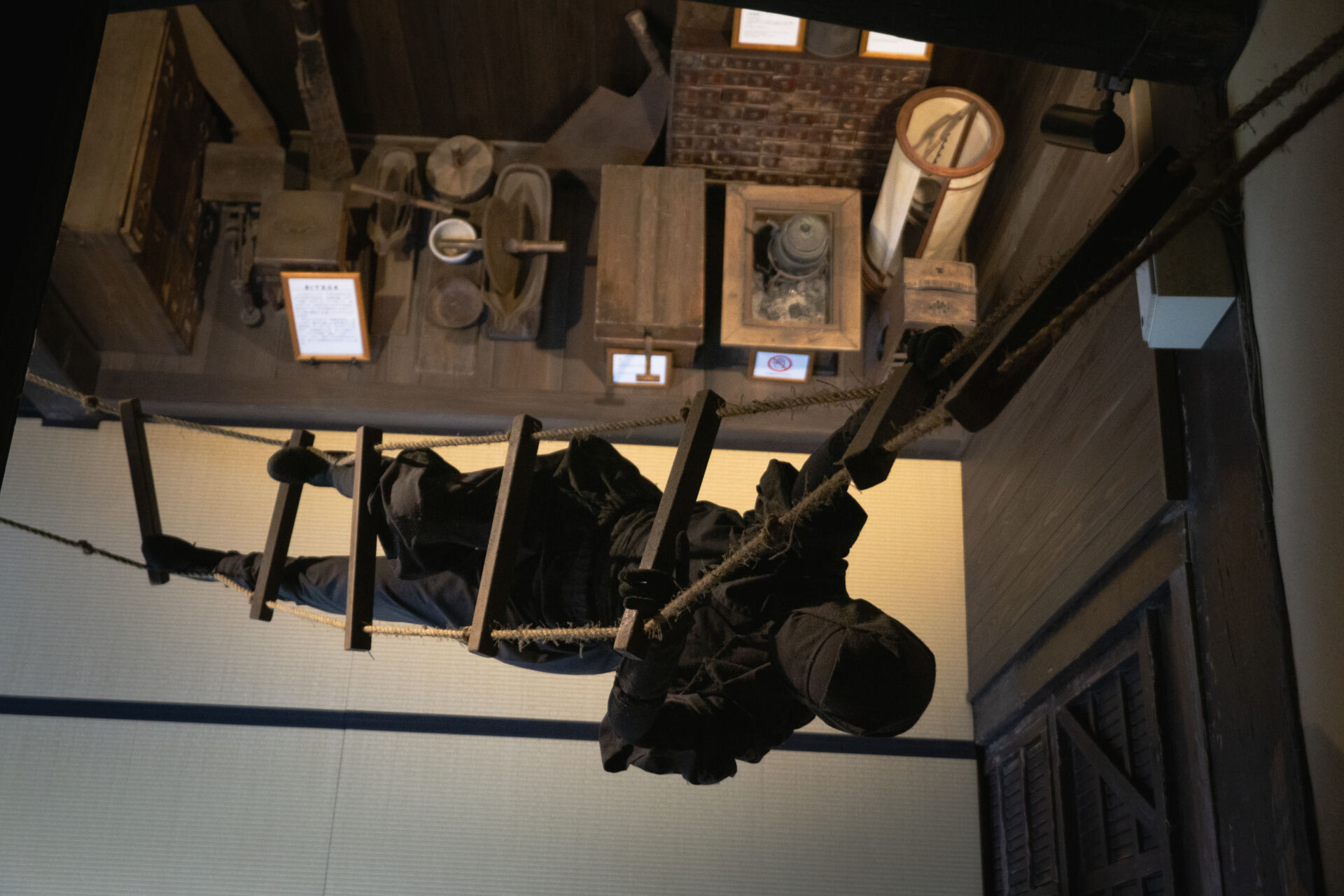
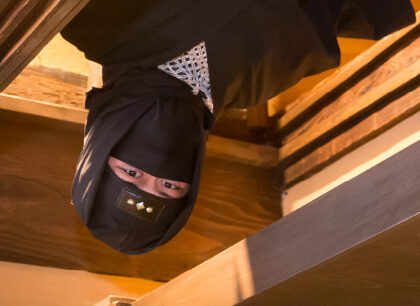
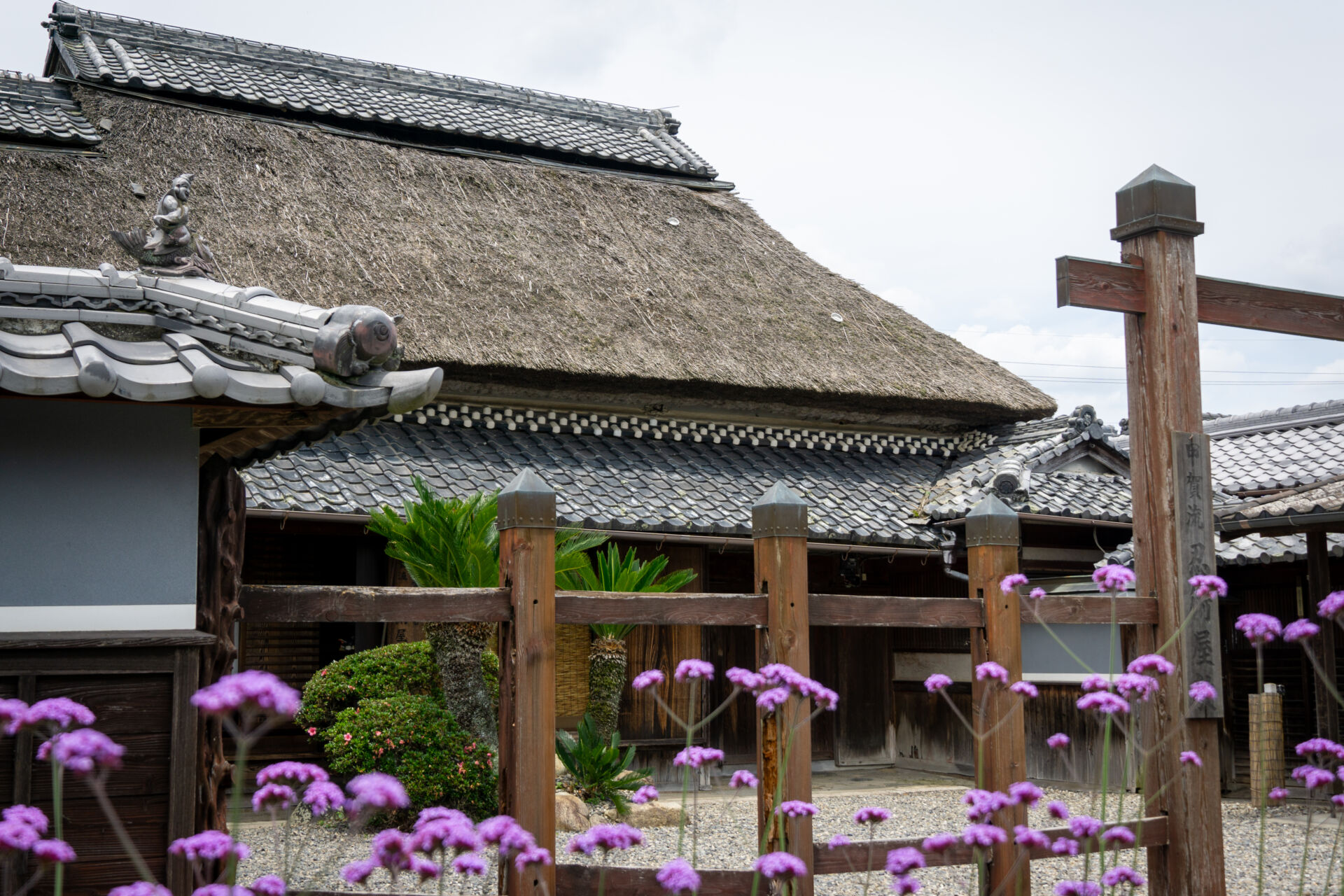
The Koka Ninja House, located in nearby Shiga Prefecture is an authentic ninja house built during the Edo era. It was the residence of the Mochizuki family, a family of ninjas, and as such, contains many tricks, traps, and secret escape paths for you to explore. You will also be able to view a collection of ninja weapons, tools, and artifacts. Once you’ve uncovered all the tricks to the Mochizuki residence, you can test your ninja skills as you throw shuriken (ninja stars) at distant targets.
The Koka Ninja House is open daily from 10:00 – 17:00 (last entrance, 16:30) (except Wednesdays and Dec.27 – Jan. 3). The house is also closed on the fourth Thursday of each month. Admission is JPY 650 for adults, and JPY 450 for children under the age of 13yo. Children 3yo and under are free. The Koka Ninja House is a 2.5 hour train ride outside of Nagoya and a location on one of our tours.
1 Day Tour
| 1-Day Tour from Nagoya: Myths and Mystery of Ninja and the Tokaido Road | |
| Period | all year round |
| Time | 9:00-17:00 |
| Meeting Place | JR Nagoya Station |
| Adult Rate | ¥24,900 |
| Child Rate | ¥12,900 |

BEST DAY TRIPS AROUND NAGOYA
Nagoya’s central location and access to transportation makes it the ideal place to stay for easy access to a wide range of locations and activities. From mountains to beaches, and from small castle towns to bustling cities, there are plenty of adventures nearby for all types of travelers. Here are some of our recommendations for the best day trips from Nagoya.
18 / INUYAMA / all year round

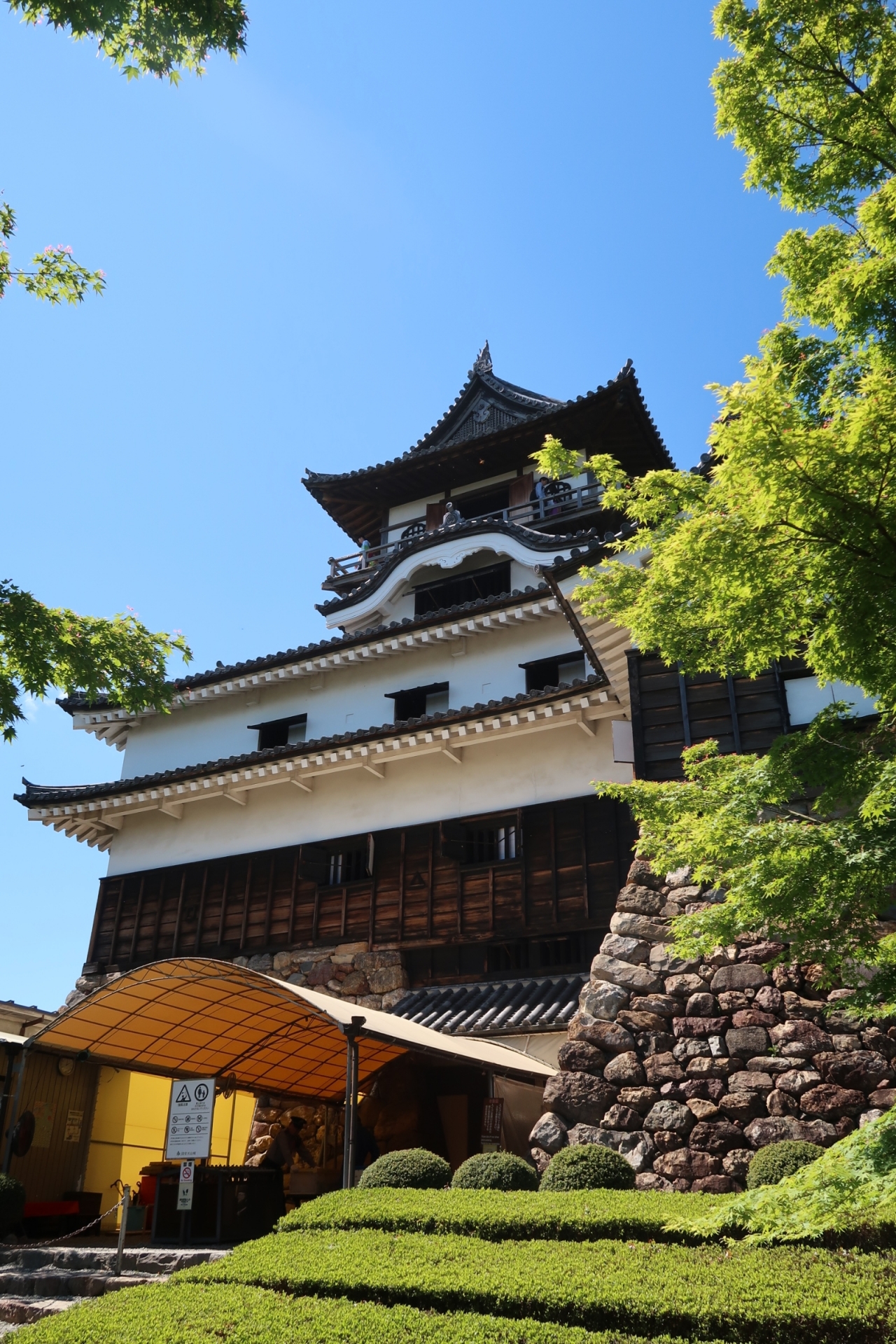
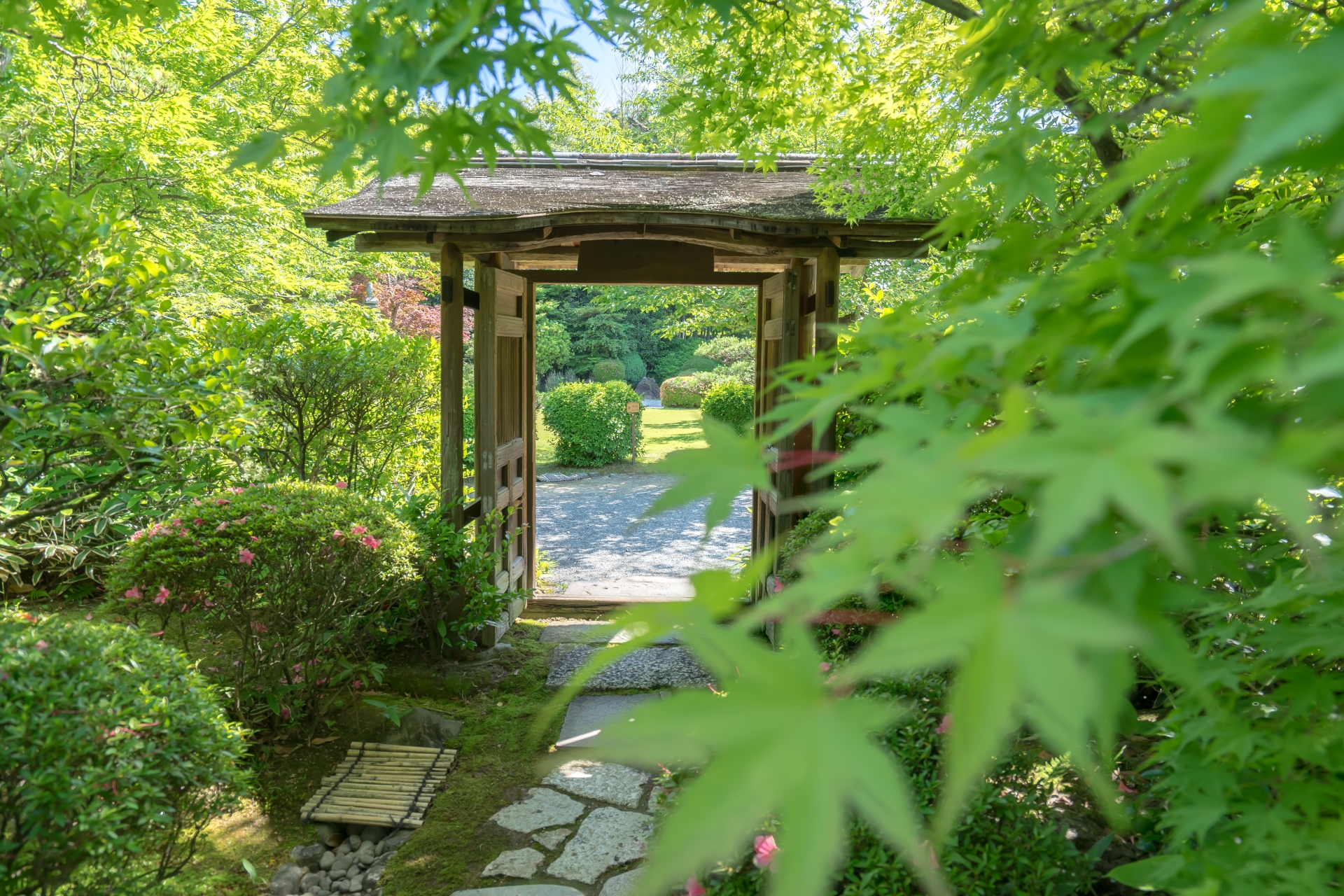

Inuyama Castle is one of the 12 remaining castles and the oldest original wooden castle in Japan today. Founded in 1537, it is also the only one of the five castles designated the status of “National Treasure” where you can venture out onto the cornice and observe a beautiful 360-degree view of the surroundings. Overlooking the Kiso River, the surrounding view of the castle changes dramatically with the seasons.
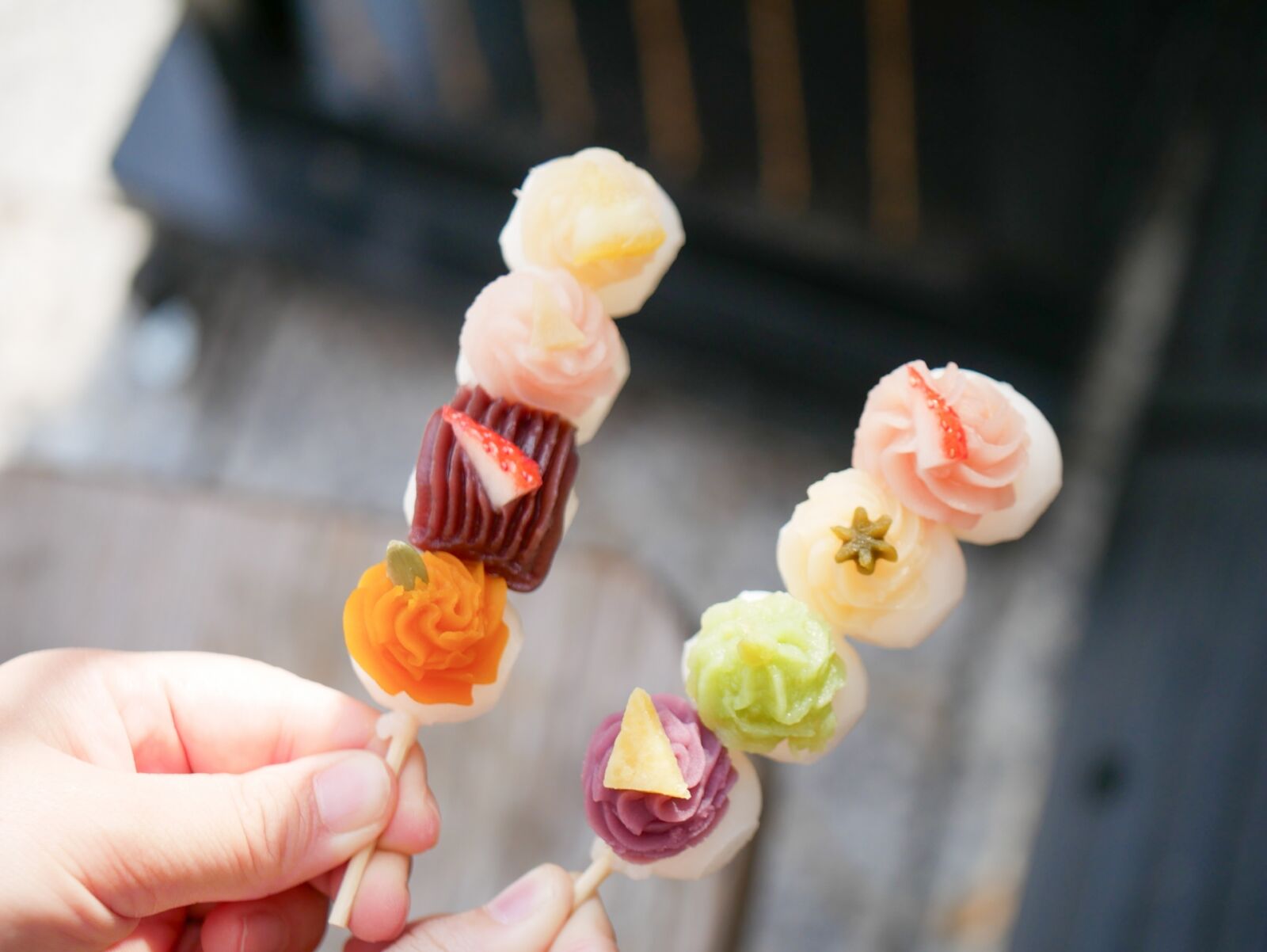
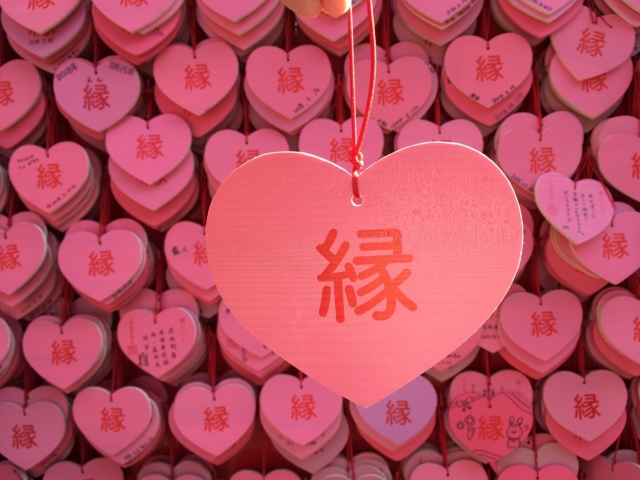
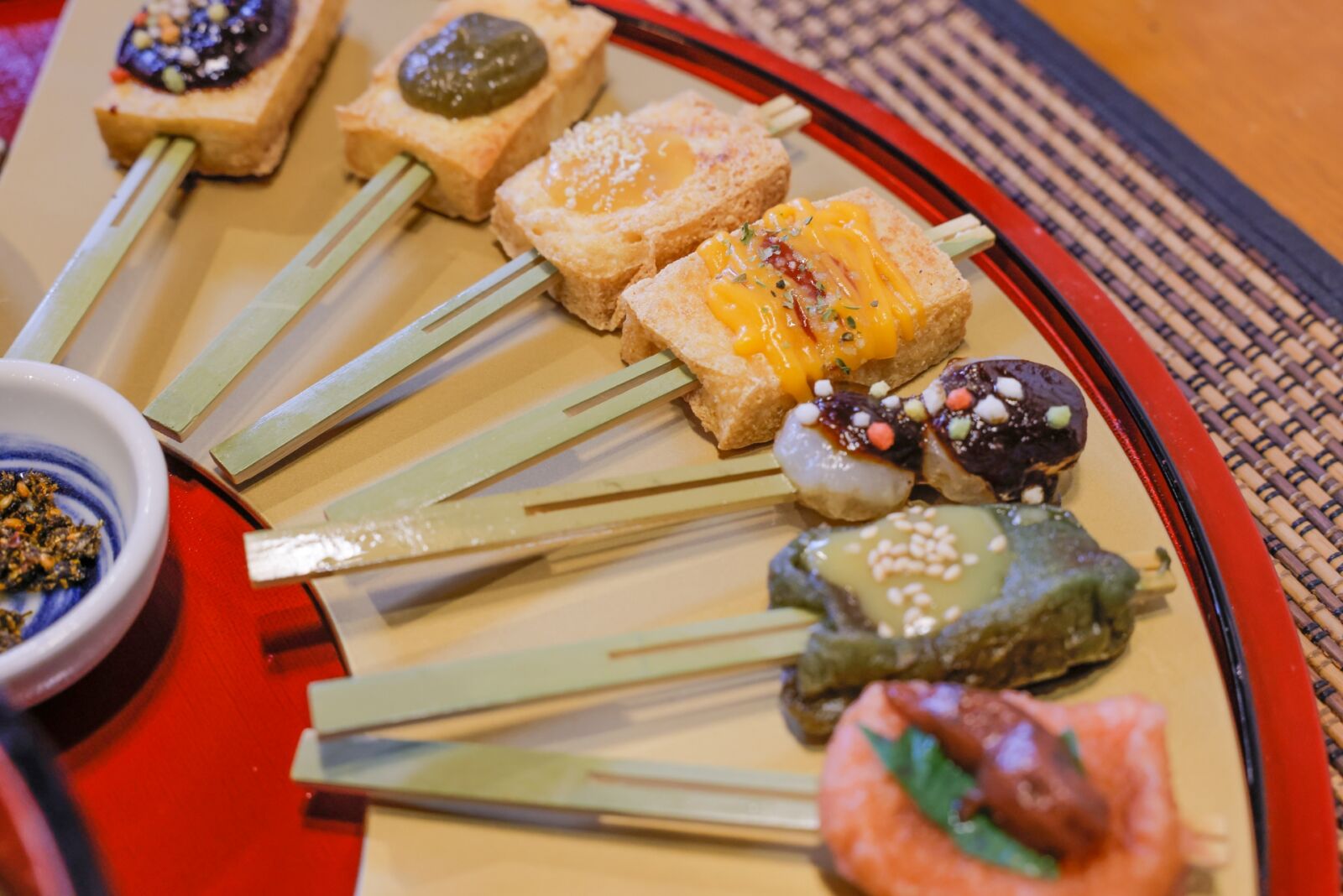
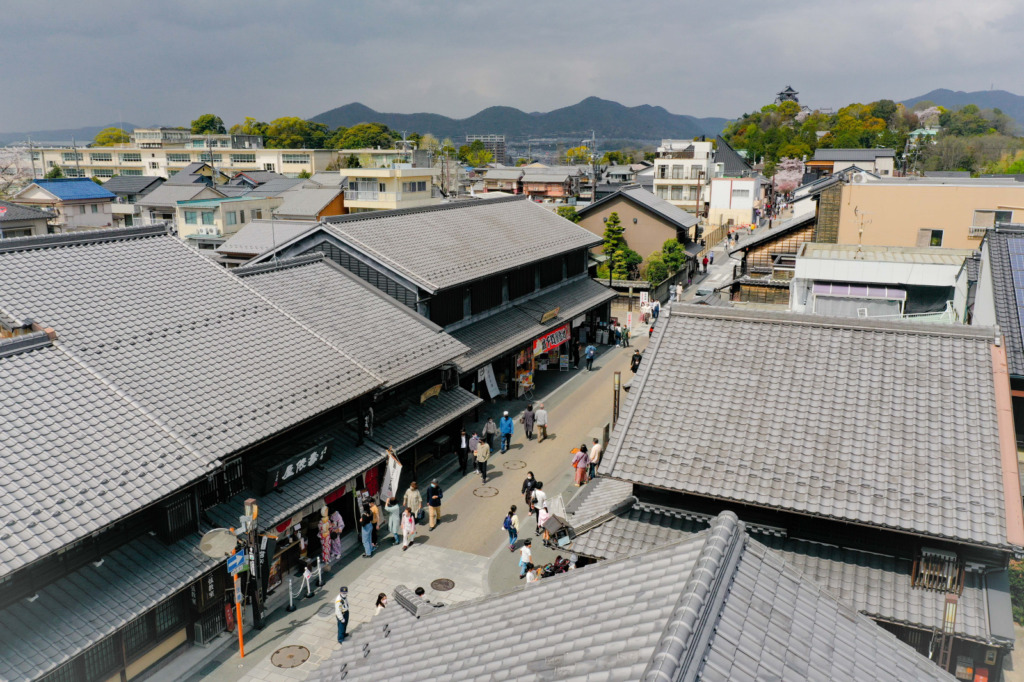
The castle town itself remains much the same as it did during the Edo era. With its moderate size, the town is a perfect place to take a stroll and explore the hidden alleys and traditional architecture. This pleasant town is situated next to the Kiso River, which sees the continued practice of cormorant fishing, called ‘ukai’ in Japanese. Also nearby, Uraku-en Garden is a traditional Japanese garden including another National Treasure, the Jo-an Tea House.
The castle is open daily (other than Dec.29 – Jan.1) from 09:00 until 17:00 and costs JPY 550 for admission. The tea house is also open daily (other than Dec.29 – Jan.1) from 09:00 to 17:00 and costs JPY 1000 to enter. Inuyama Station is approximately 35 to 45 minutes from Nagoya.
1 Day Tour
| 1-Day Tour from Nagoya: Samurai Swords and Japan’s Oldest Castle | |
|
| |
| Period | All Year Round |
| Time | 9:00-16:30 |
| Meeting Place | JR Nagoya Station |
| Adult Rate | ¥21,900 ~ |
| Child Rate | ¥14,000 ~ |

19 / ISE SHIMA / all year round

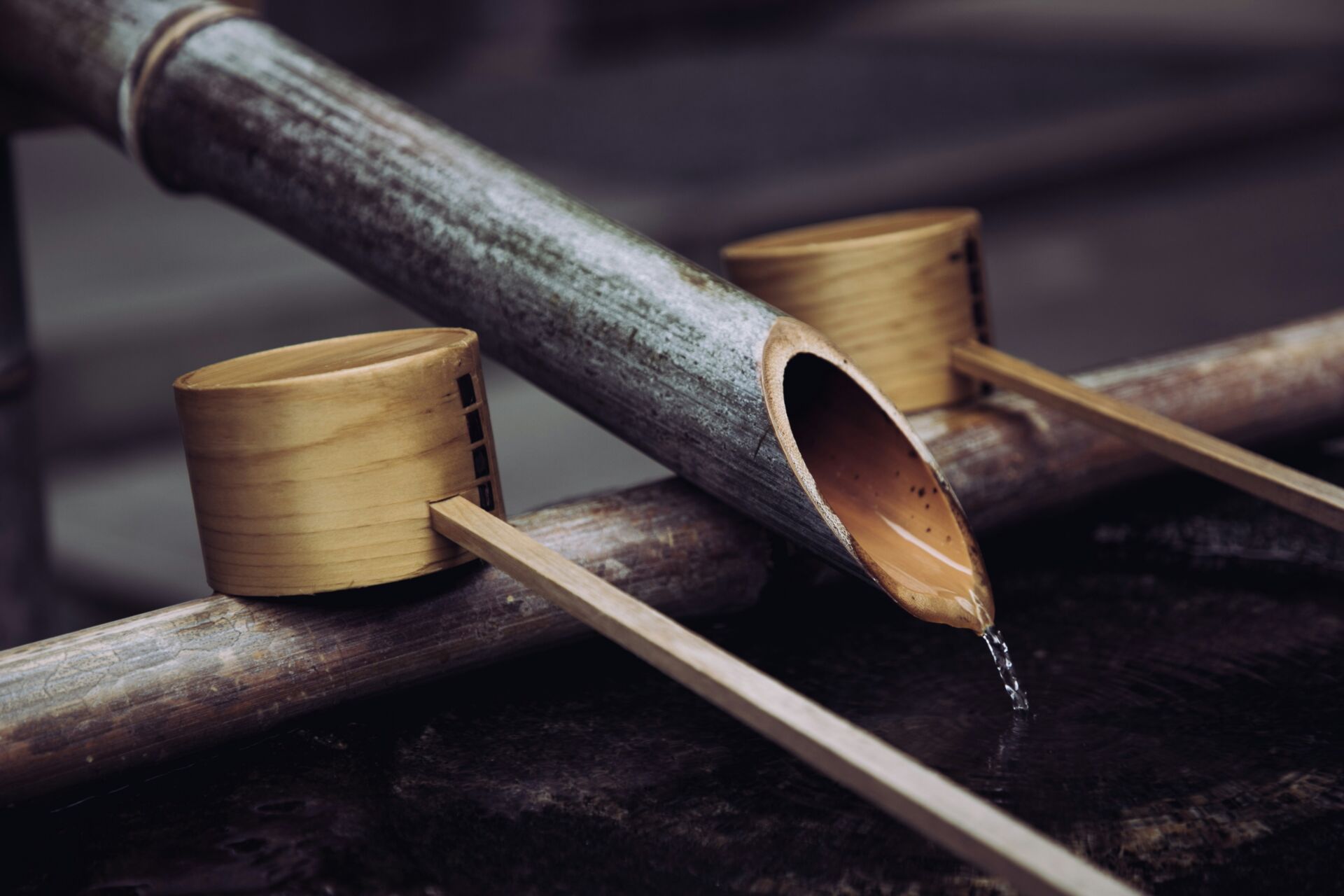


Ise Shima, or Ise Peninsula, is home to the most sacred Shinto shrine in Japan. Designated the Ise Shima National Park due to its cultural importance and natural beauty, the area draws a significant amount of domestic tourism from all over Japan. The Ise Grand Shrine consists of two main shrines—the Kotai Jingu (Inner Shrine) and Geku (Outer Shrine). Believed to have first been established over 2000 and 1500 years ago (respectively), the inner shrine is dismantled, moved and reconstructed every 20 years.
Next occurring in 2033, this tradition embodies the Shinto belief that death and renewal are a necessary and constant aspect of existence while serving the practical task of teaching each generation the skills needed to construct and maintain the shrines.
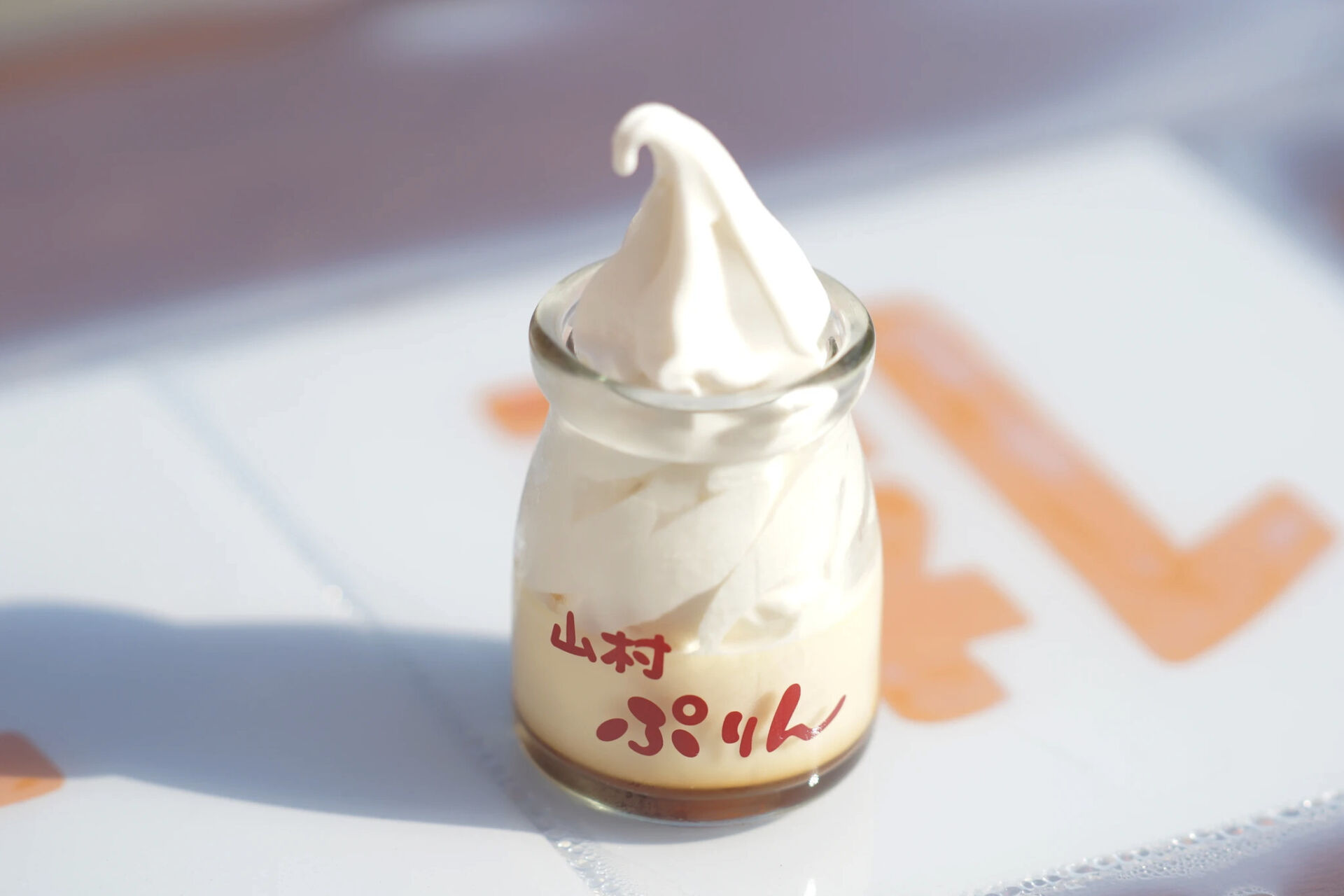
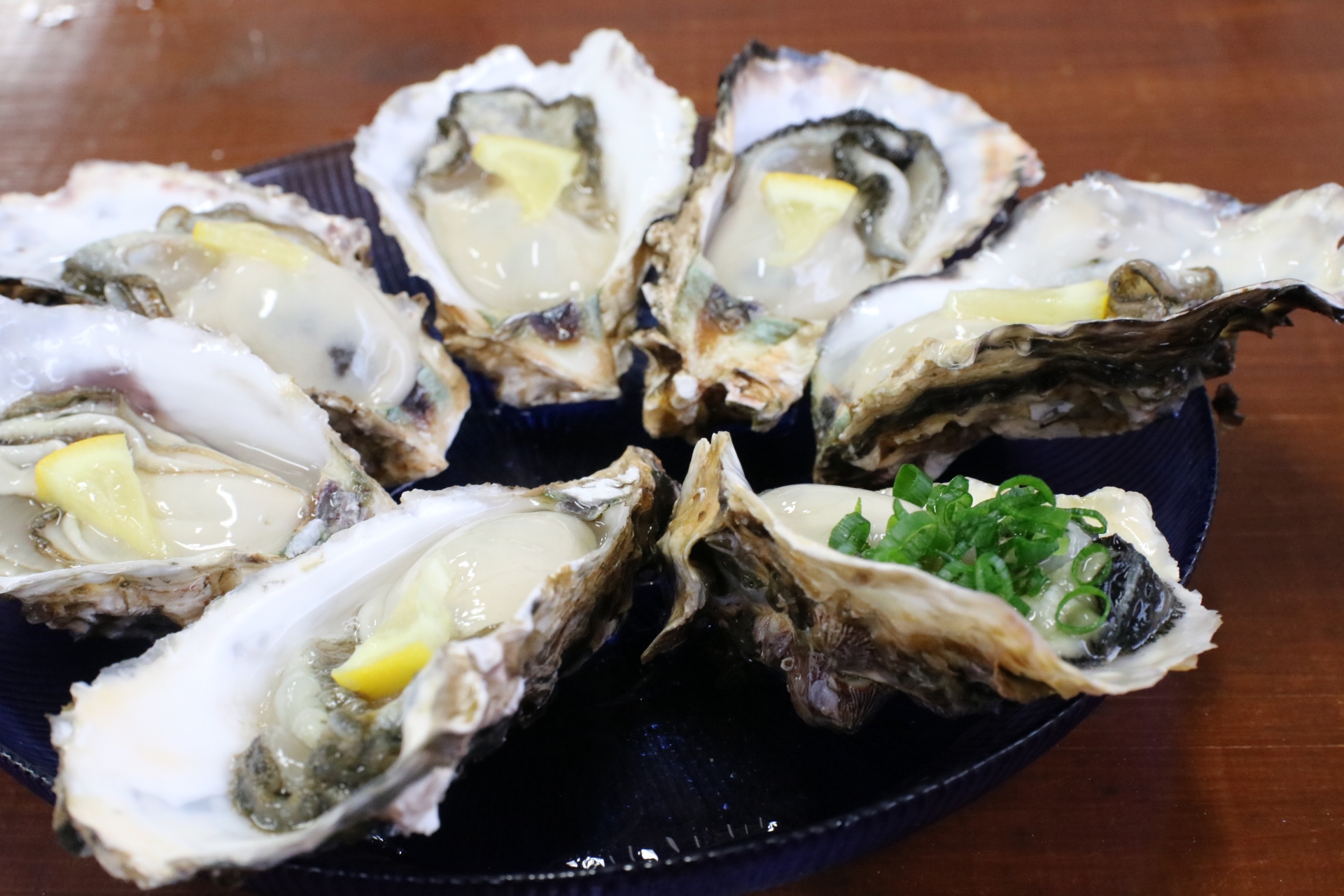
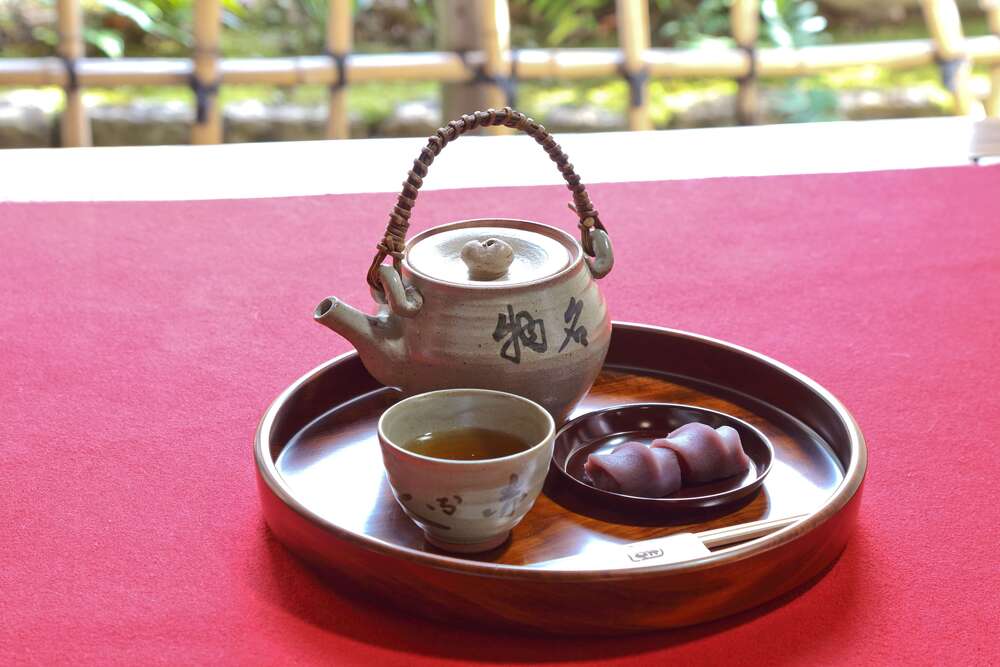
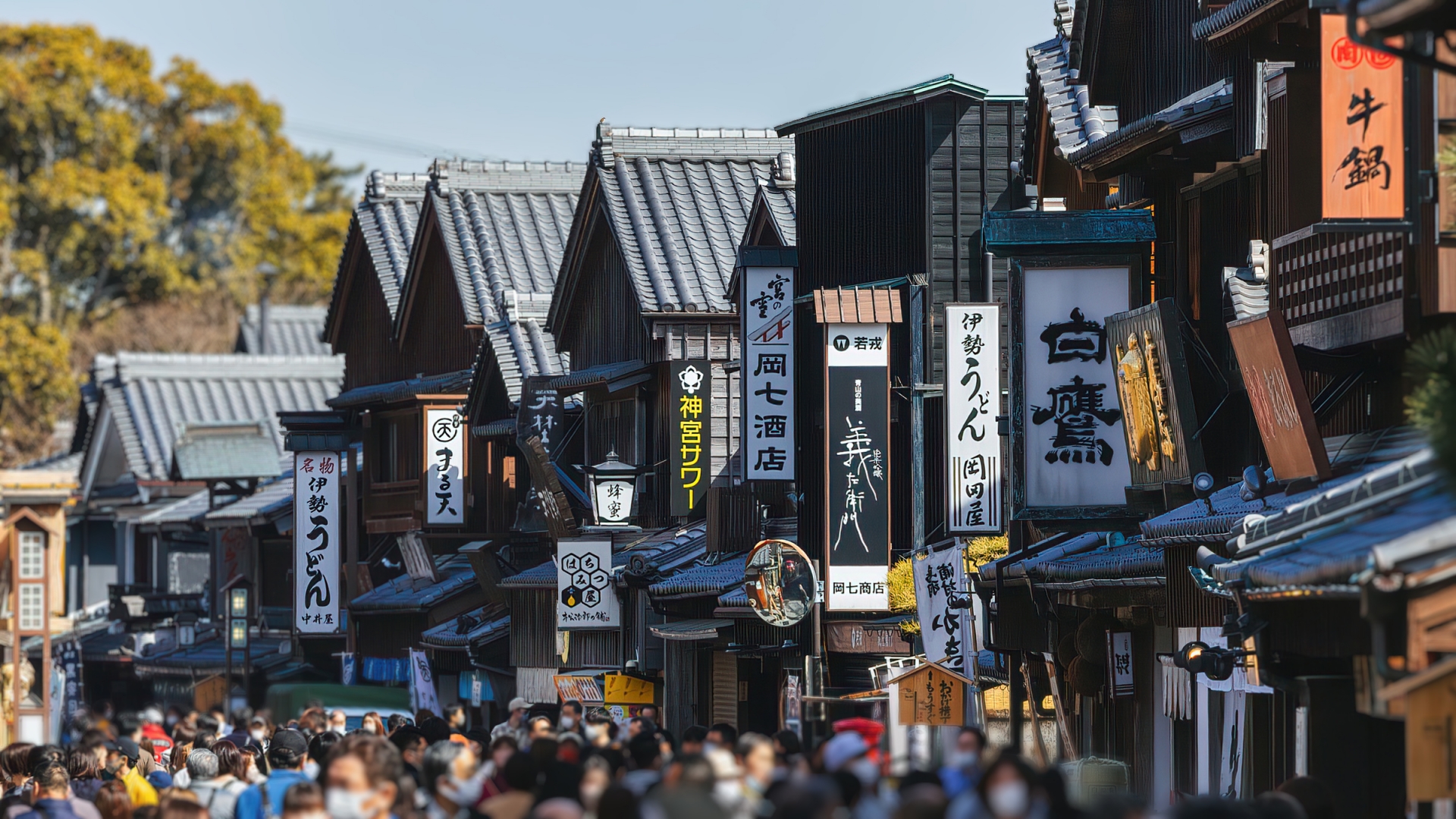
Leading-up to the Kotai Jingu, Oharaimachi is a picturesque and historic shopping street lined with restaurants, cafes and traditional buildings. The scenic region is also home to ‘onsen’ (hot springs), numerous hotels and guesthouses, theme parks, and a thriving pearl industry.
Approximately 100 minutes from Nagoya Station by train, while Ise Shima can be visited as a day-trip from Nagoya Station, we recommend spending at least one night there. For further information, please refer to our ‘Ise Shima Area’ hotel page.
1 Day Tour
| 1-Day Tour from Nagoya: Ise’s Sacred Shrines and Captivating Coastlines | |
|
| |
| Period | All Year Round |
| Time | 9:00~18:00 |
| Meeting Place | JR Nagoya Station |
| Adult Rate | ¥24,900 |
| Child Rate | ¥19,900 |

20 / KORANKEI / best in October and November
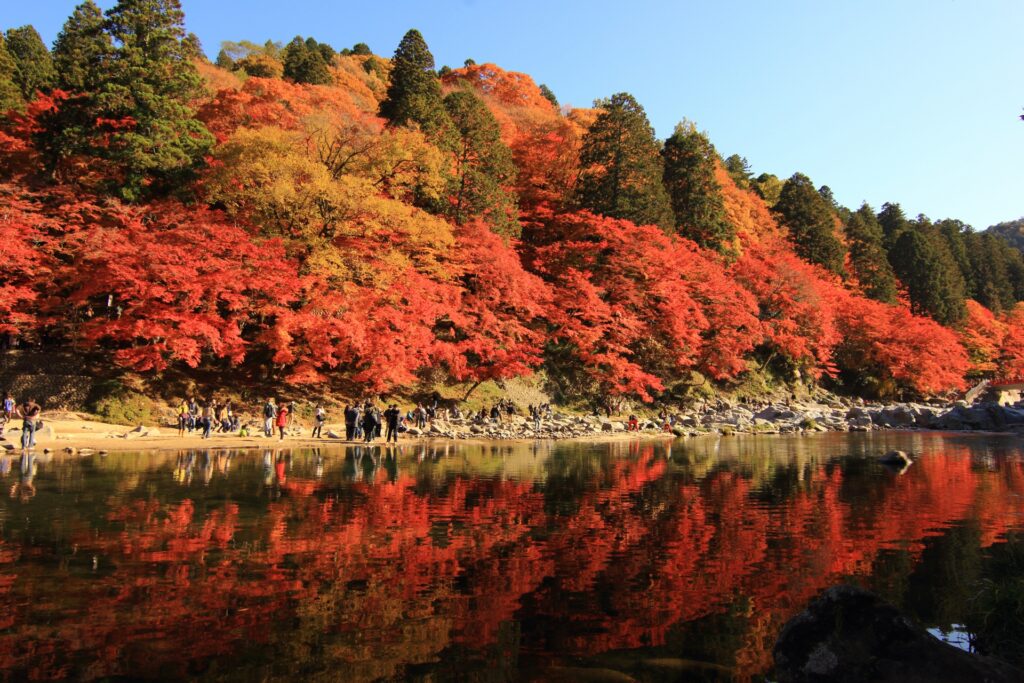
Korankei or the ‘Koran Valley’ is regarded as one of the region’s best locations to enjoy the beauty of Japan’s autumn leaves. Following the Tomoe River around the base of Mount Iimori, the leaves are typically at their best along the river through November. Legend has it that in the 17th century, the head abbot of the local Kojaku-ji Temple planted many of the maple trees that today, attract visitors from all over the region each autumn. During that time, trees around the Taigetsu-kyo Bridge are illuminated in the evening—from sunset until 21:00—creating a beautiful environment through which to wander. Korankei is approximately a 2hr train ride from Nagoya.
21 / WALK THE NAKASENDO / best in April though November
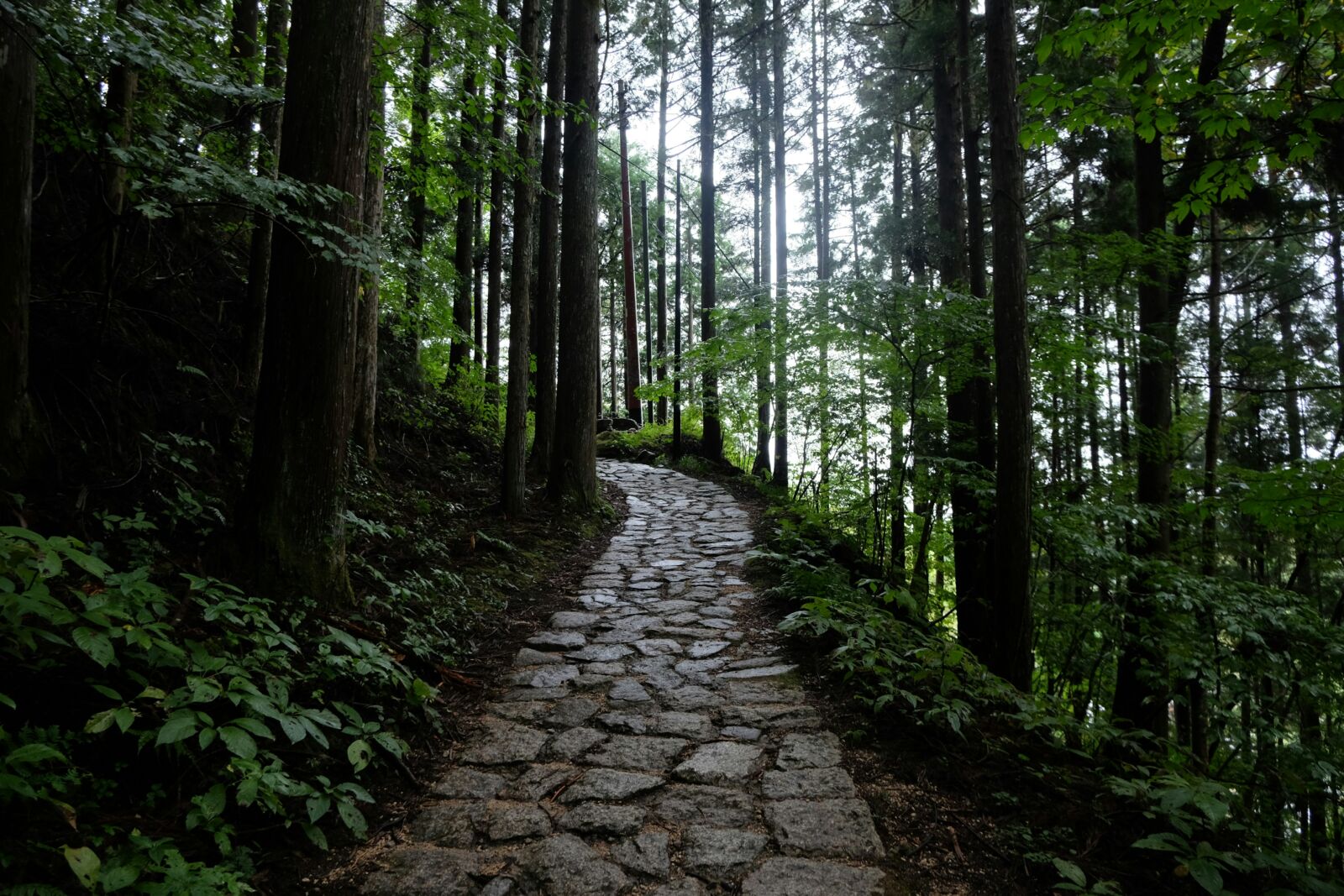
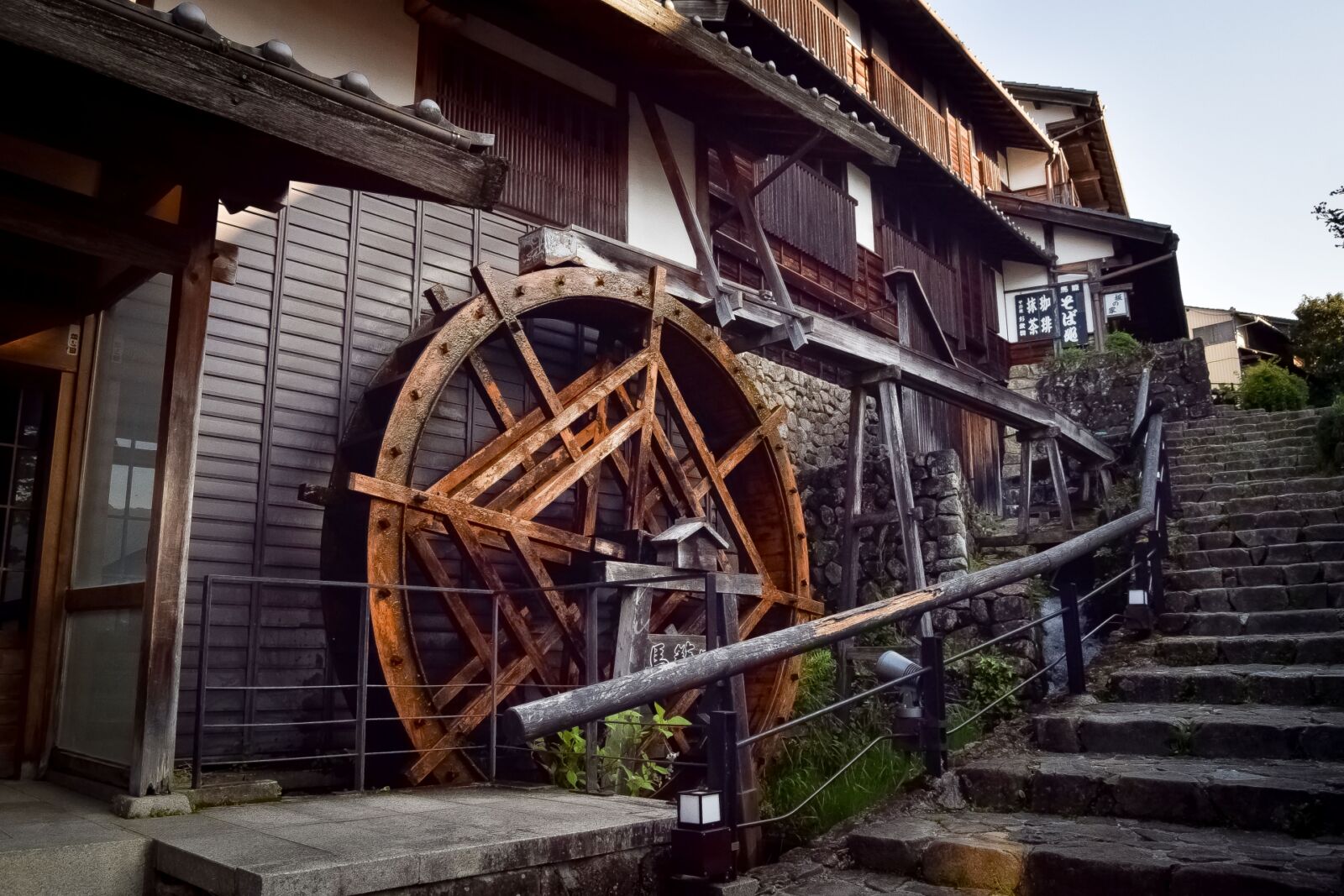
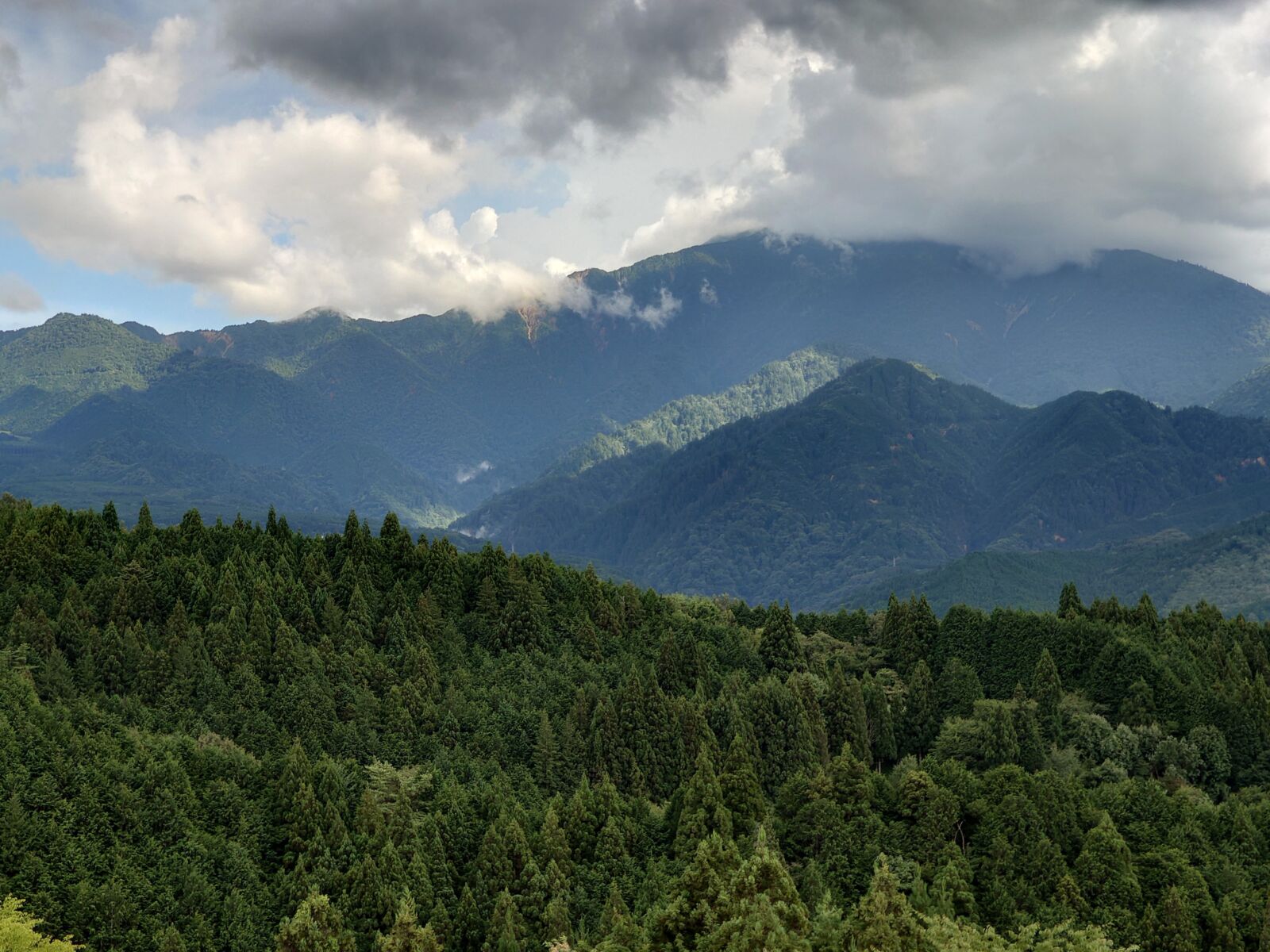
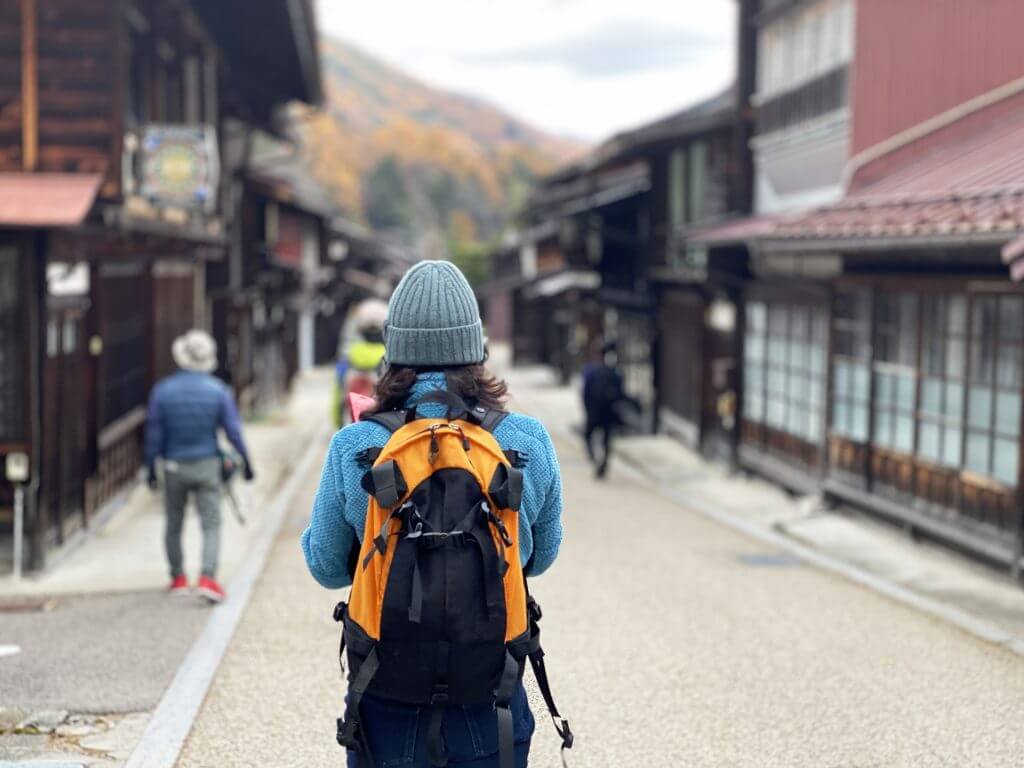
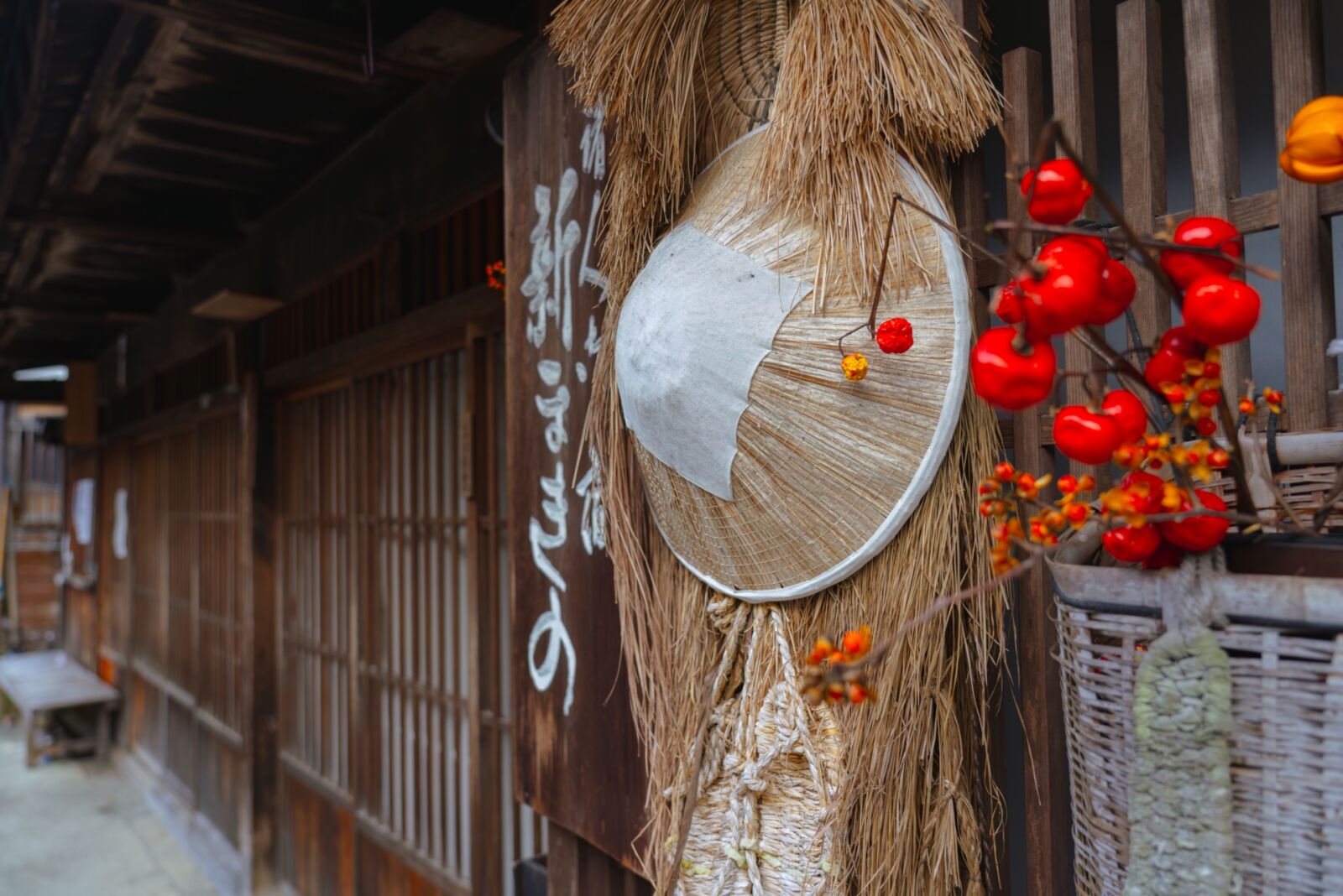
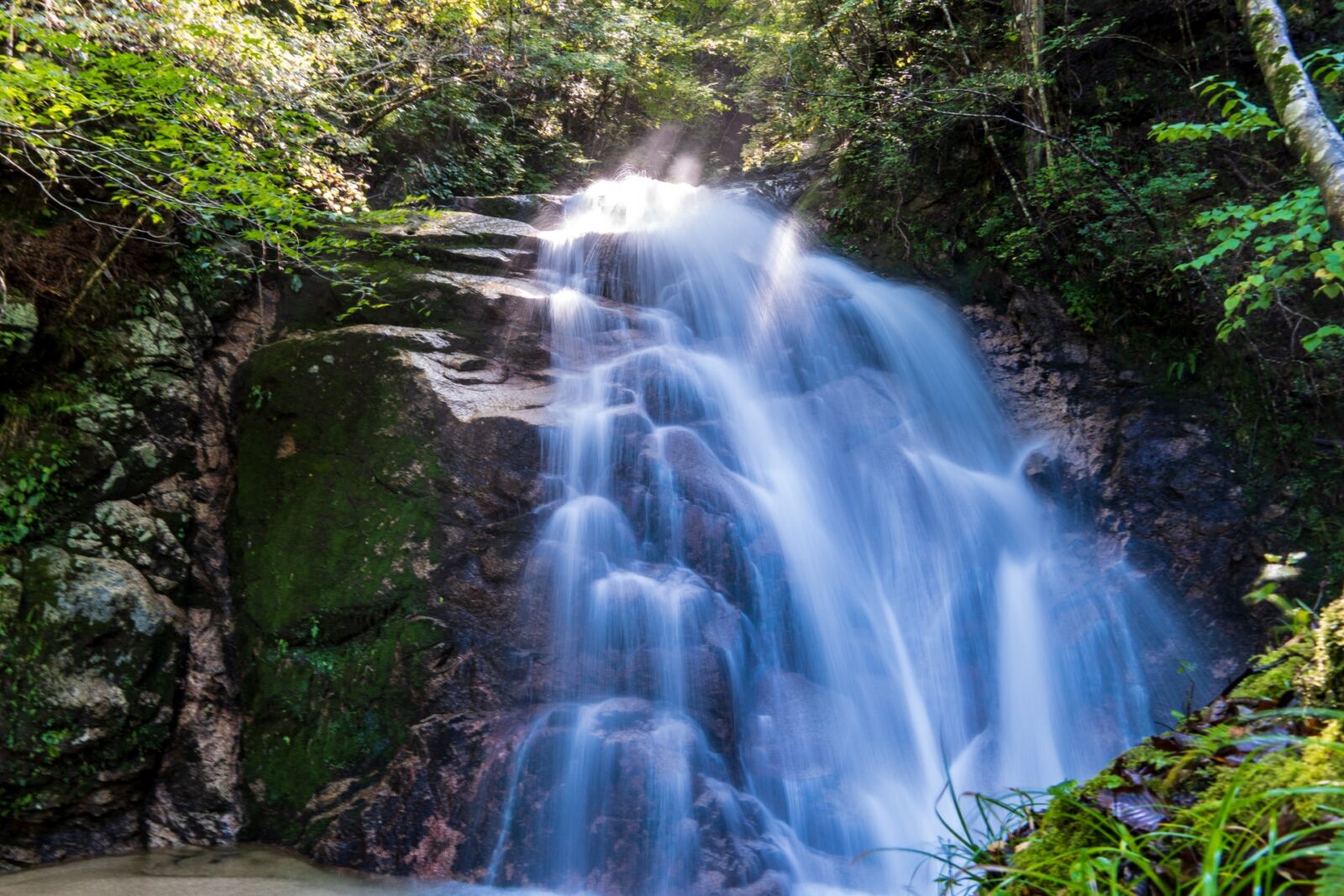
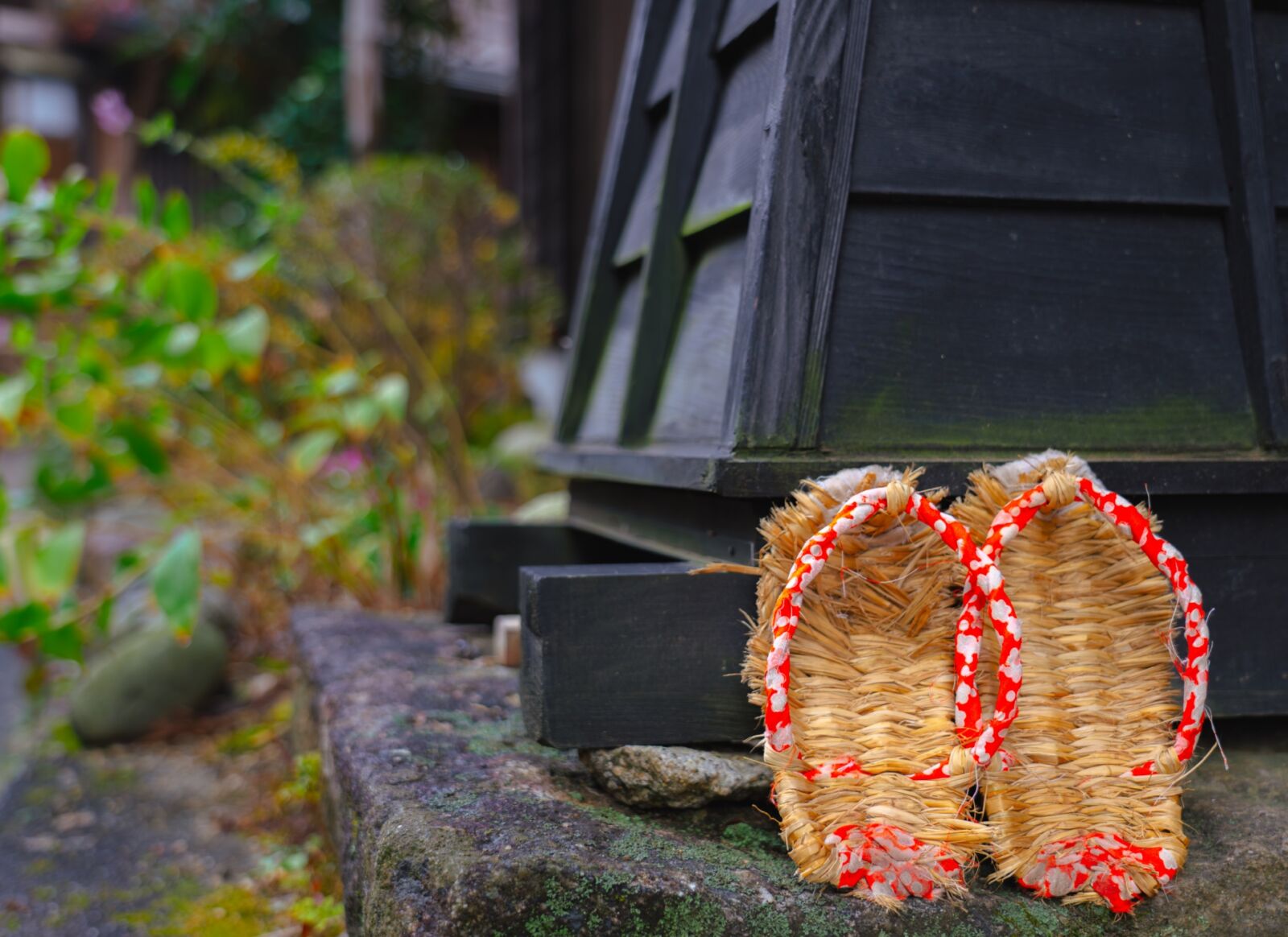
The Nakasendo Trail traces a historic highway that once connected Tokyo, then called Edo, and Kyoto during the Edo Period (1603-1868). Though much of the route is now gone, several sections can still be walked including the picturesque ‘Kisoji’, the section of road that runs through the Kiso Valley. Serviced by many ‘juku’ or post towns, the Kisoji is known for the well-preserved towns of Narai-juku, Magome-juku and Tsumago-juku. These picturesque little towns are cared for by local residents who strive to maintain their traditional aesthetic and way of life. The journey on-foot between the towns is a lovely experience, particularly in spring and autumn. From Nagoya, the region is accessible in 85 minutes by train.
1 Day Tour
| 1-Day Tour from Nagoya: Hiking the Historic Nakasendo Trail | |
|
| |
| Period | April – December |
| Time | 10:00-18:00 |
| Meeting Place | JR Nagoya Station |
| Adult Rate | ¥24,900 |
| Child Rate | ¥12,900 |

22 / Walk the Tokaido / all year round
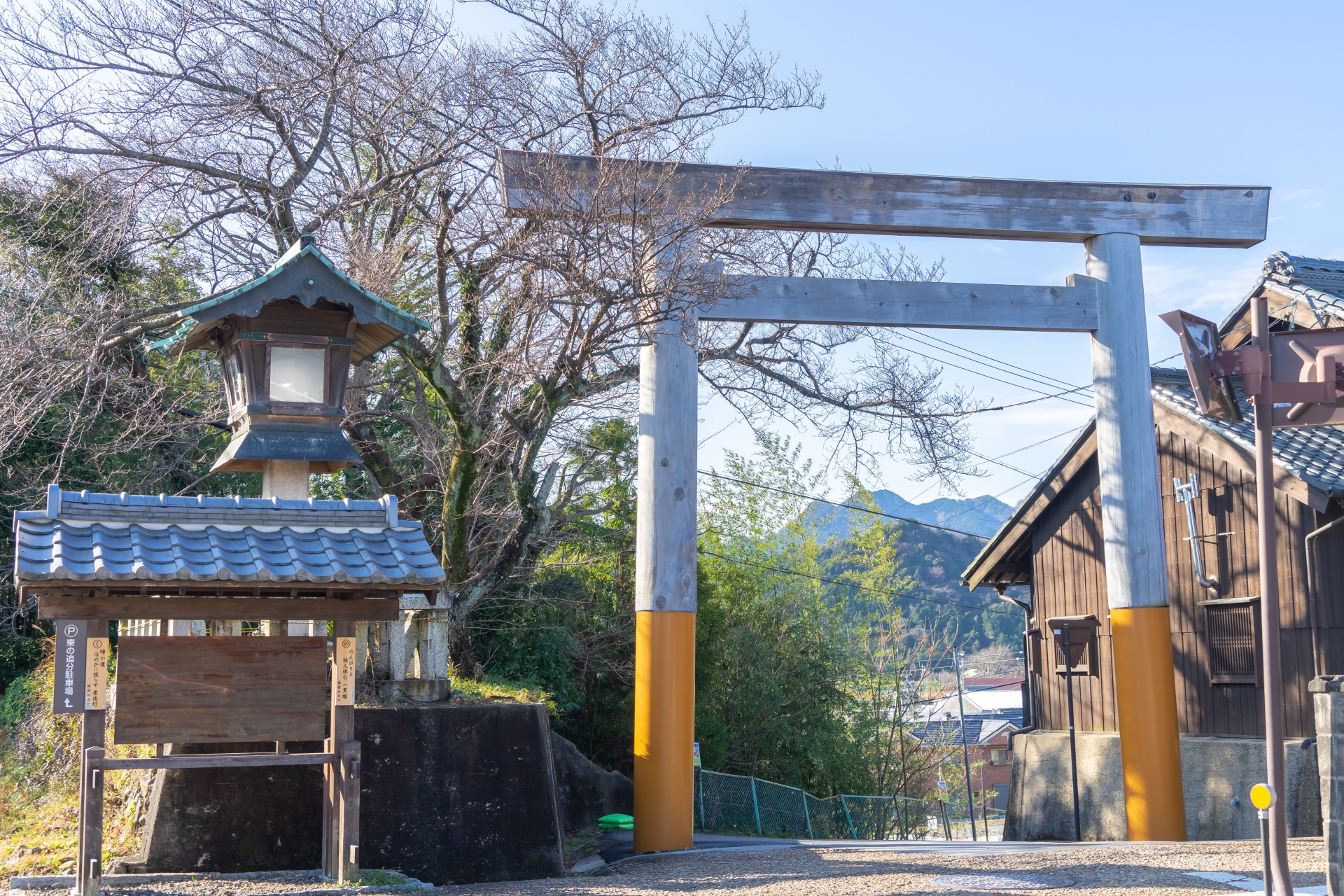
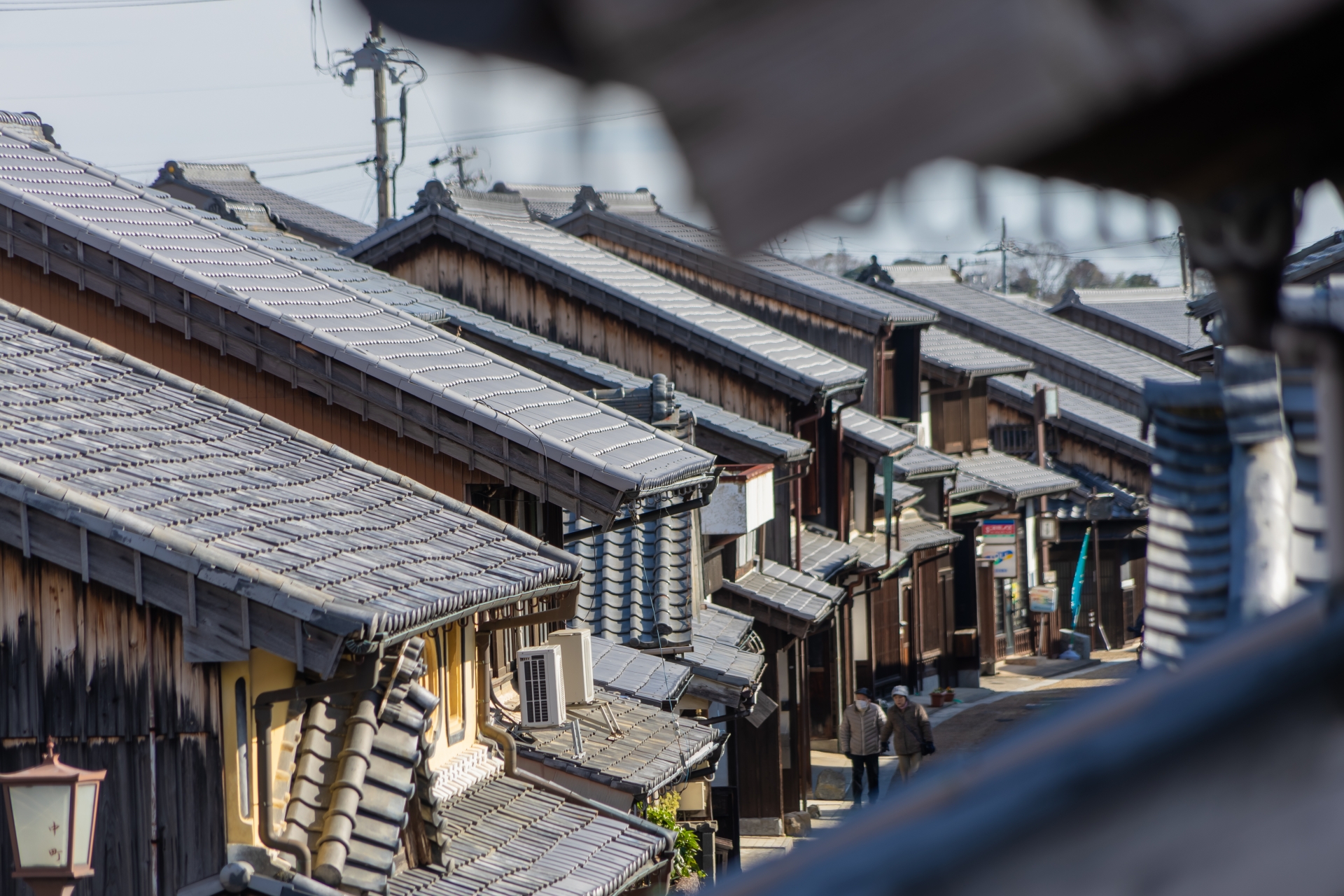

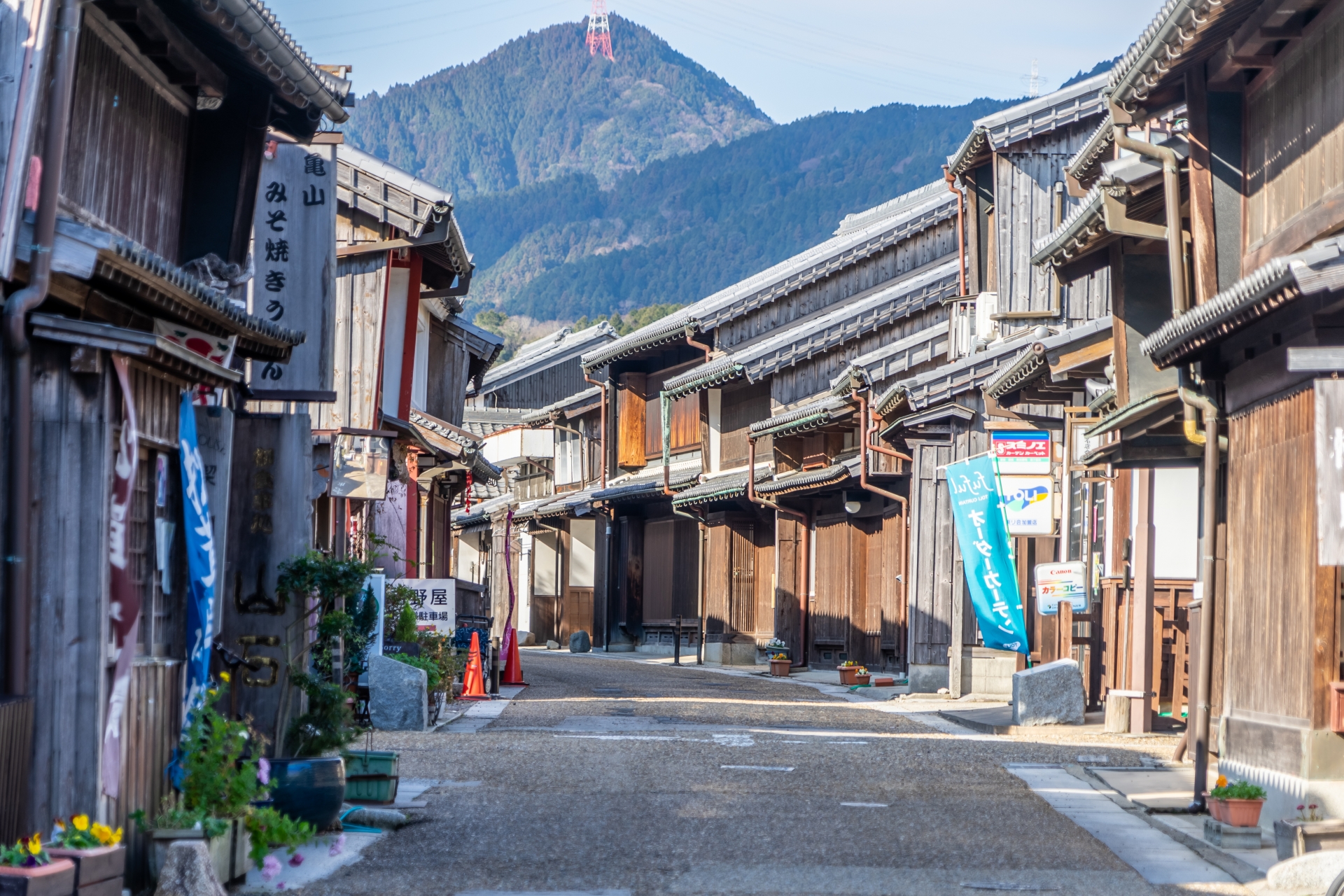
Tokaido road was the most important route in Edo-era Japan as it linked Kyoto, the imperial capital, with Edo, the seat of the shogunate. While many post towns on the Tokaido have modernized, some, such as Seki-juku, still retain the atmosphere of the Edo era. Here you can enter several traditional inns and merchant houses that have been well-preserved. As the 47th post town on Tokaido road, Seki-juku and its nearly 200 townhouses have been selected as a nationally important preservation district. From Nagoya Station, Seki-juku can be reached in about 90 minutes by train.
1 Day Tour
| 1-Day Tour from Nagoya: Myths and Mystery of Ninja and the Tokaido Road | |
| Period | all year round |
| Time | 9:00-17:00 |
| Meeting Place | JR Nagoya Station |
| Adult Rate | ¥24,900 |
| Child Rate | ¥12,900 |

23 / WALK THE KUMANO KODO / all year round
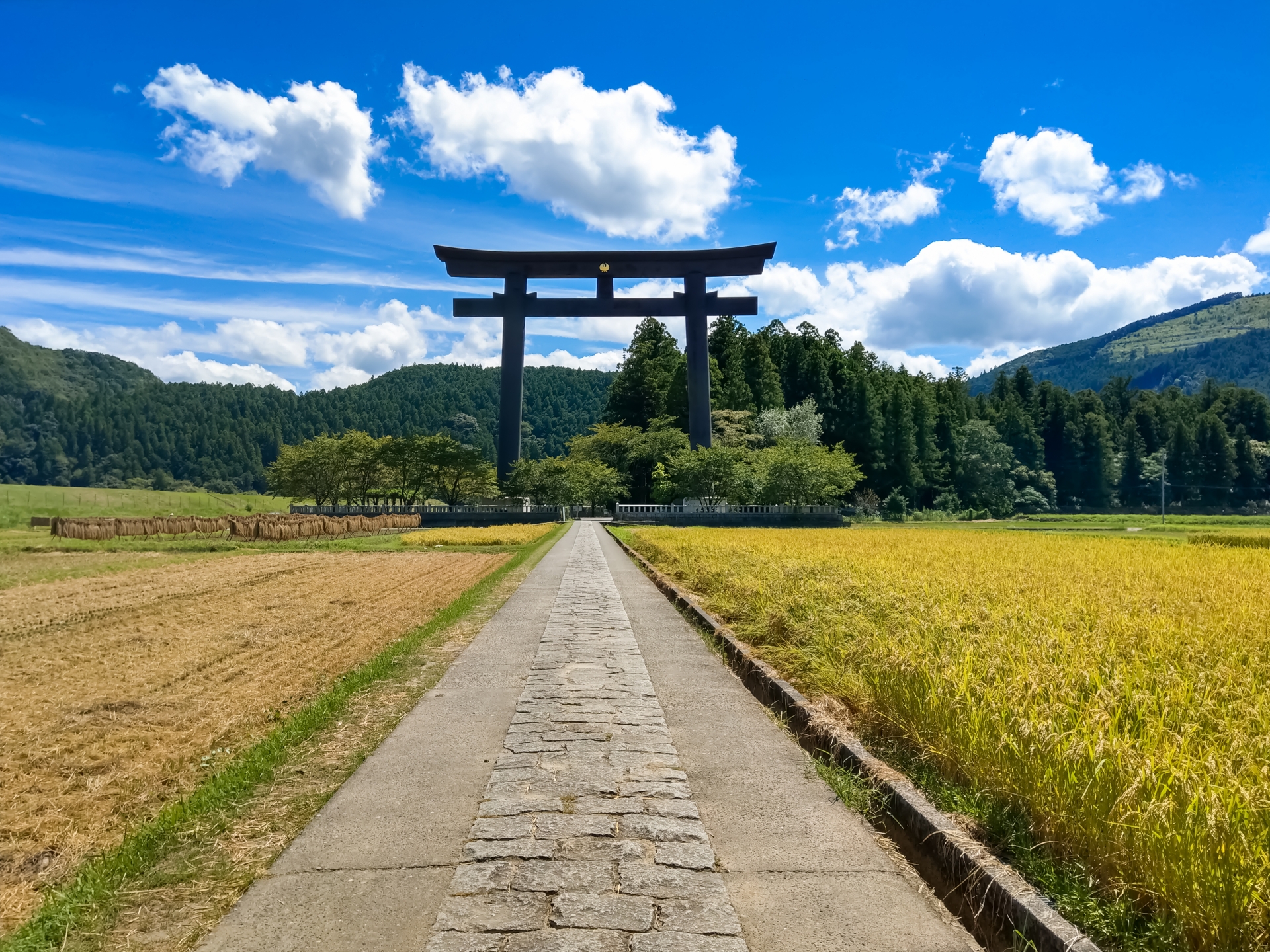

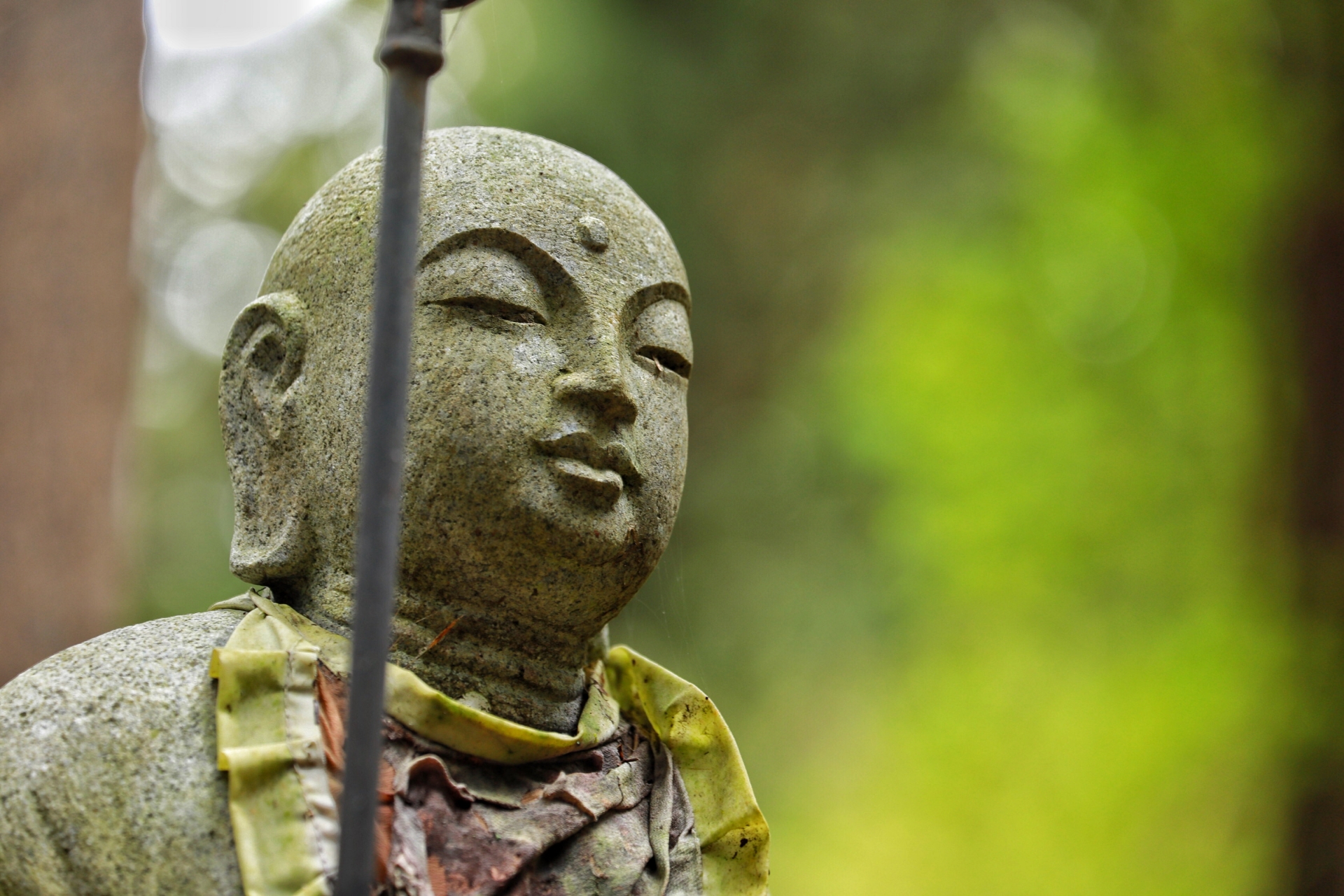
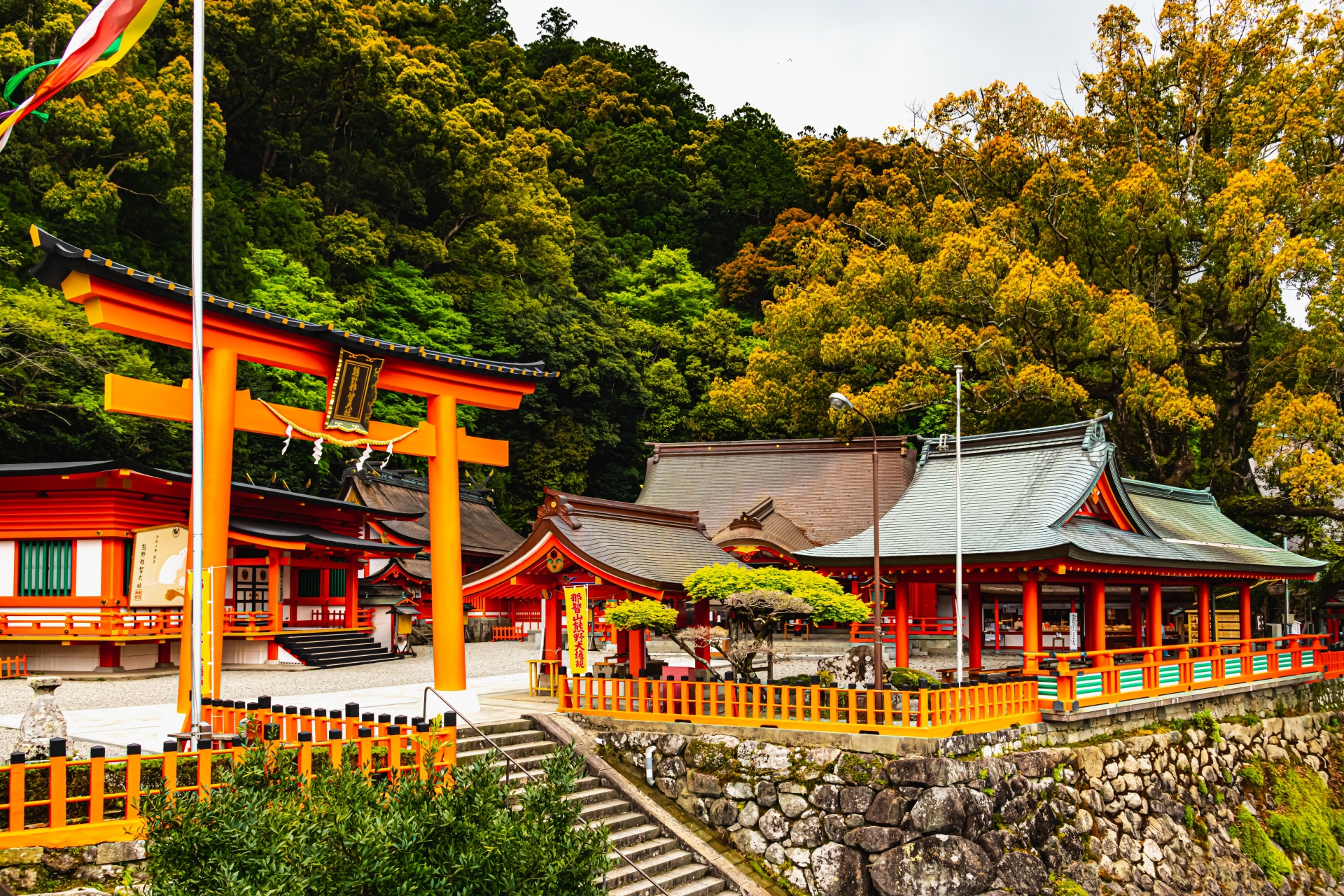
For more than 1000 years, the pilgrimage trails of the Kumano Kodo have been walked by monks, pilgrims, aristocracy and lay-people between sacred sites and temples on the Kii Peninsula. As one of only two pilgrimage routes in the world to have World Heritage-listing (along with the Camino de Santiago in Spain) walking the Kumano Kodo is one of Japan’s most rewarding experiences.
There are many routes that can be walked, varying in difficulty and length. The Nakahechi is one of the most popular. Stretching 30km from Tanabe on the west coast, this comfortable two-day walk requires an overnight stay in Chikatsuya Oji.
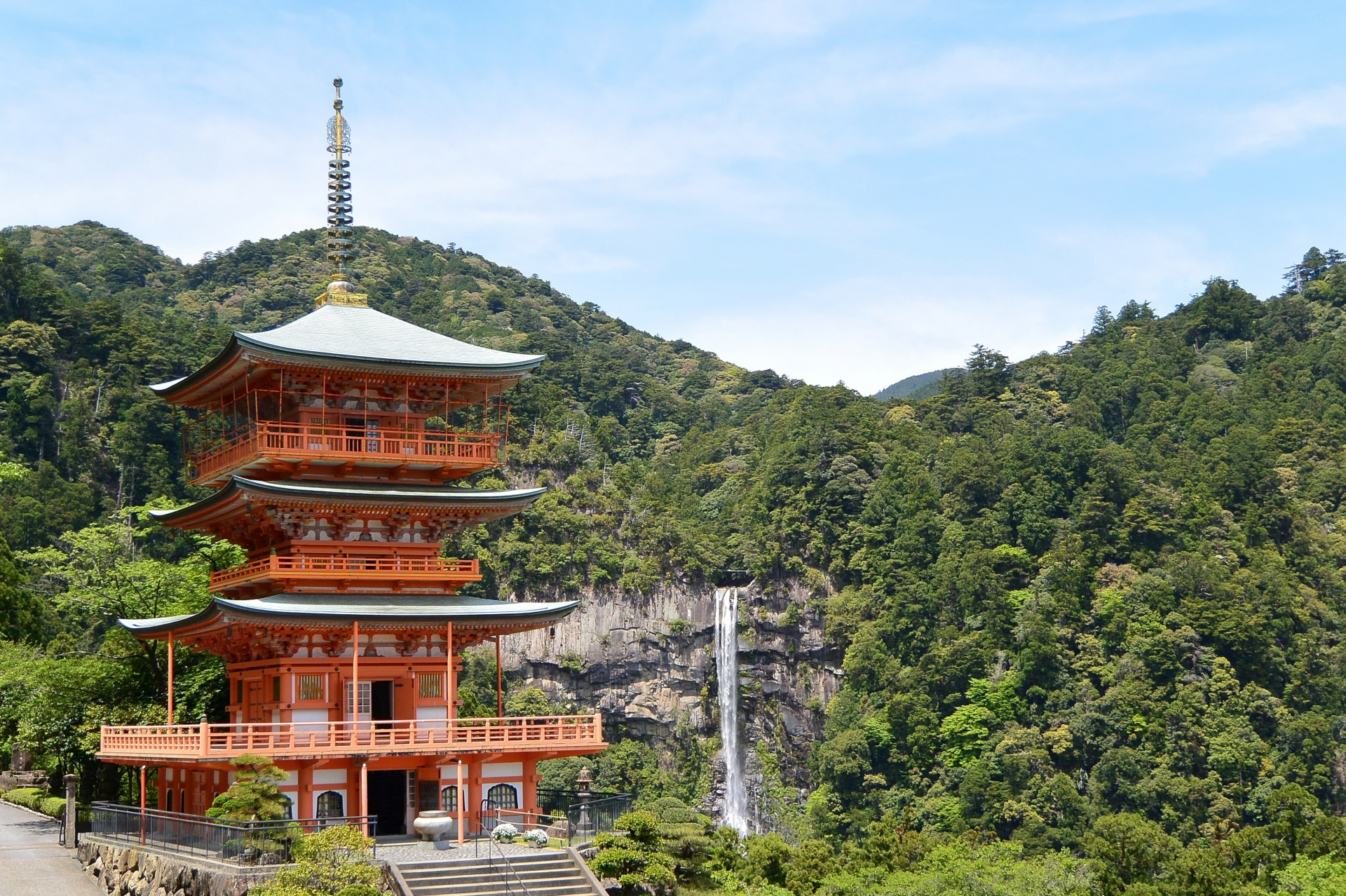
The trek ends at the Kumano Hongu Taisha, one of the Kumano Grand Shrines. Located at the center of the Kumano Kodo network of pilgrimage trails, the Kumano Hongu Taisha serves as the head shrine for more than 3000 Kumano shrines spread throughout Japan. Along with the nearby Kumano Hayatama Taisha and Kumano Nachi Taisha, the shrine is one of the grand shrines of Kumano, enshrining deities including the sun goddess Amaterasu.
Visitors to the region have several options in terms of where to stay with the Kumano Hongu Area, Katsuura Onsen Area and Tanabe City Area providing a large choice of accommodation from where you can walk the trails or use local buses to visit the sites on day-trips. From Nagoya Station, it typically takes between 2.5 to 3.5 hours to reach the sites and trails of Kumano Kodo depending on which area you choose to start from.
24 / MOUNT KOYA (KOYASAN)
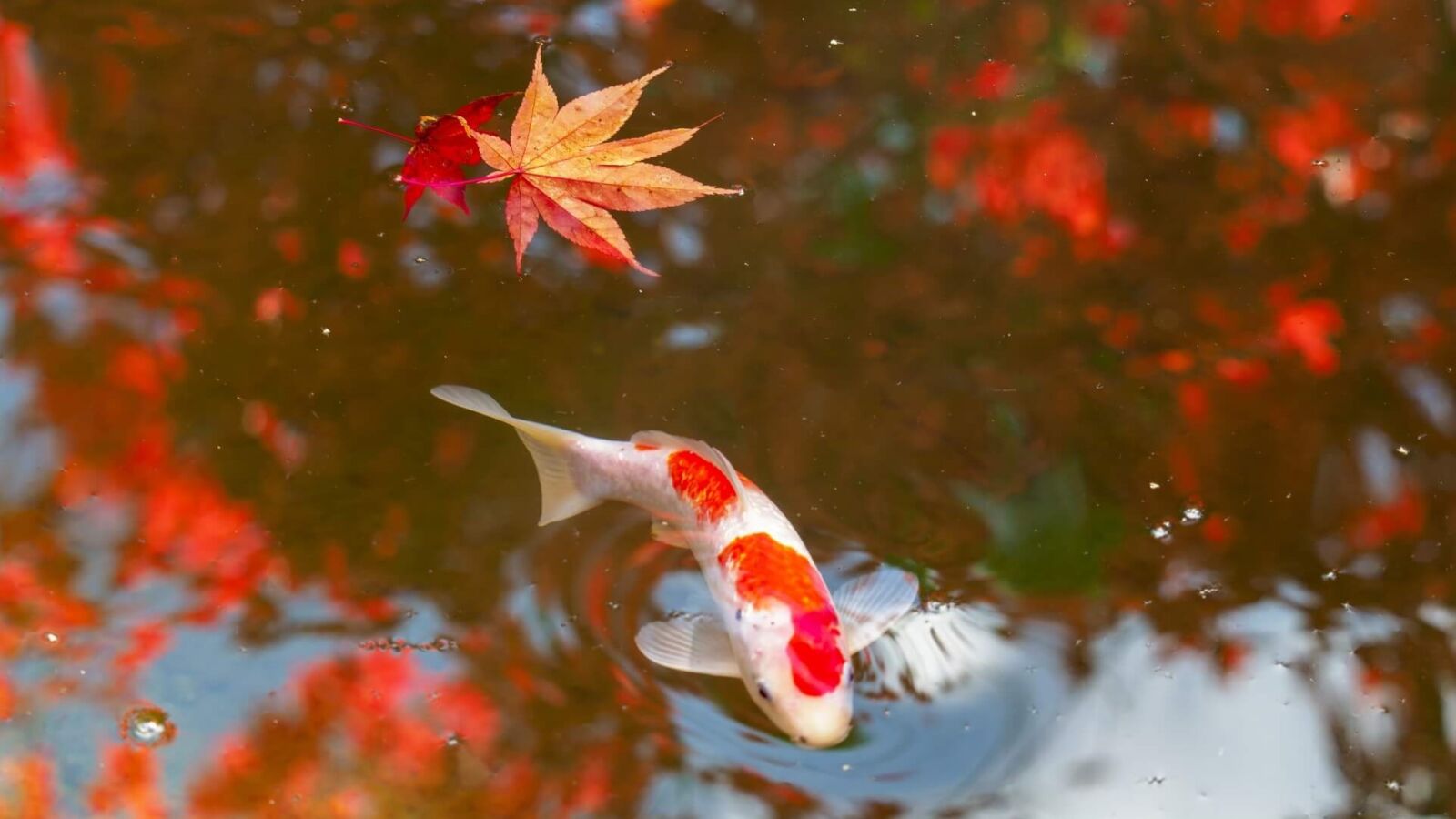
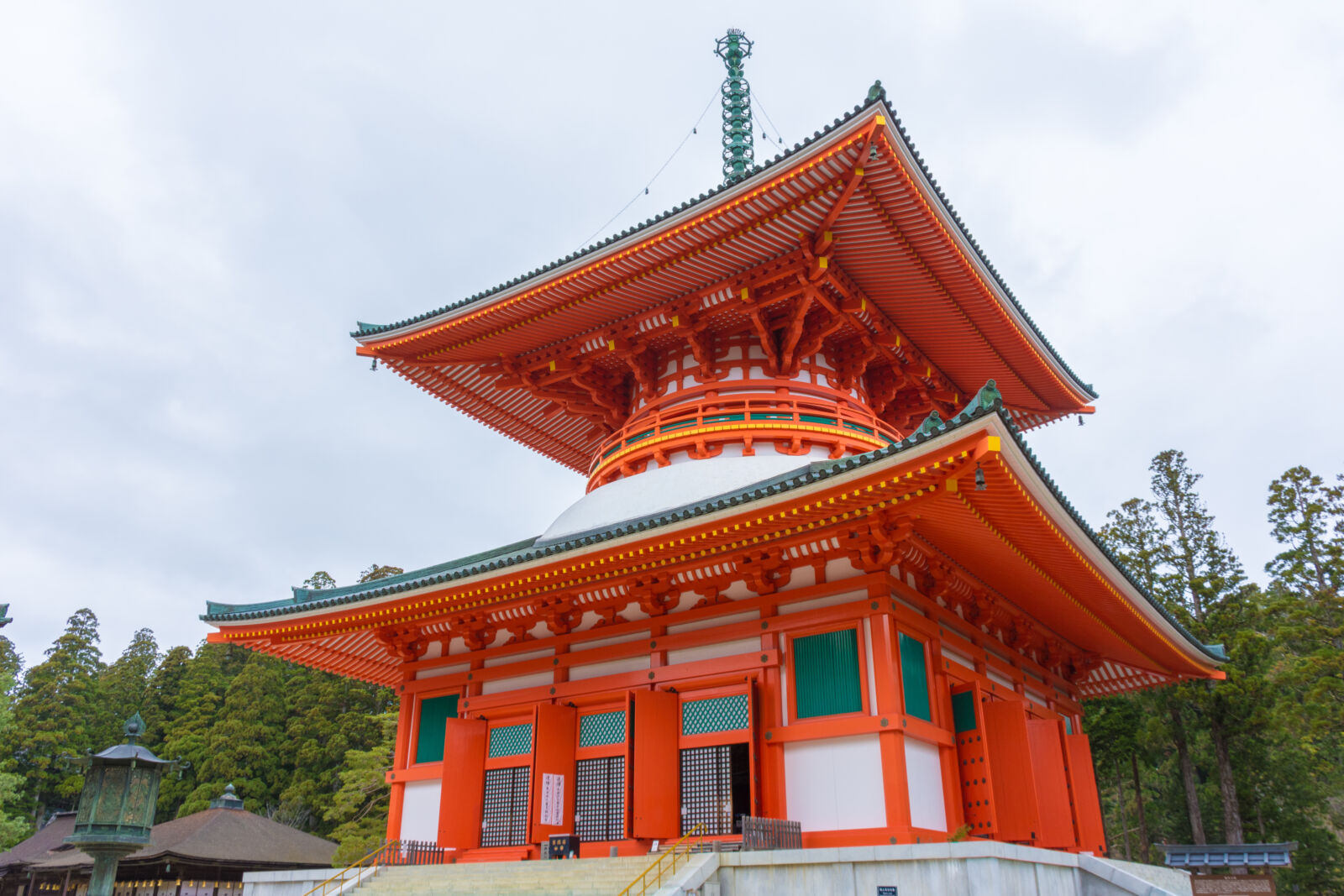
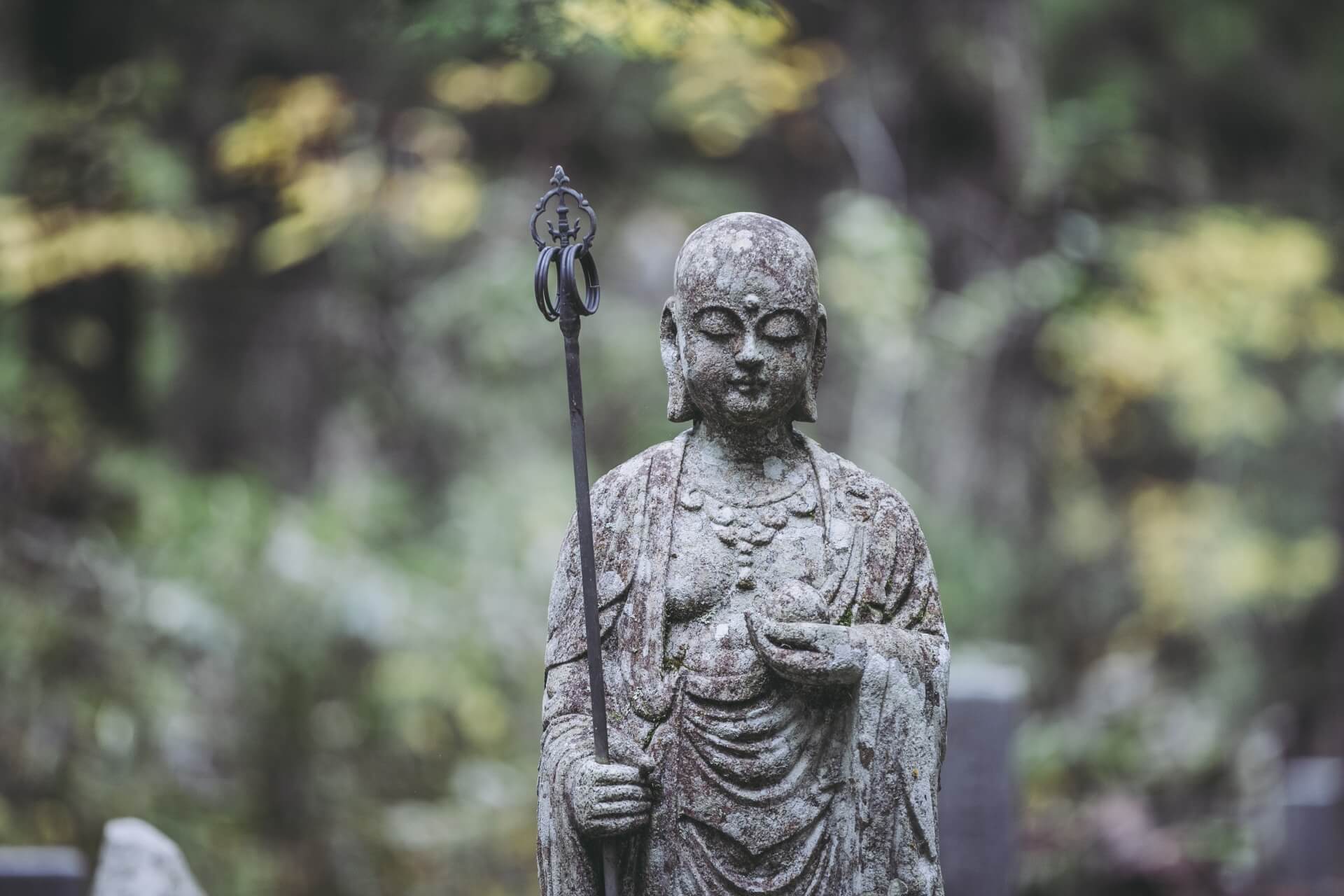

As the center of the Shingon school of Buddhism, Mount Koya or “Koyasan” is another of Japan’s most important religious sites. Founded in the 9th century, Koya-san is an immense temple settlement spread through the forests of Mount Koya. The temple acts as the start and end point for the famous Shikoku 88 Temple Pilgrimage.
Within Koya-san, more than fifty temples, called ‘shukubo,’ offer lodging—allowing visitors to glimpse the monastic life. Accommodation is open to visitors of any faith and background, and again, is one of the most engaging experiences awaiting you in Japan. Koyasan is a 3.5 to 4 hour journey from Nagoya Station.
25 / THE HISTORIC OLD TOWN OF TAKAYAMA / all year round

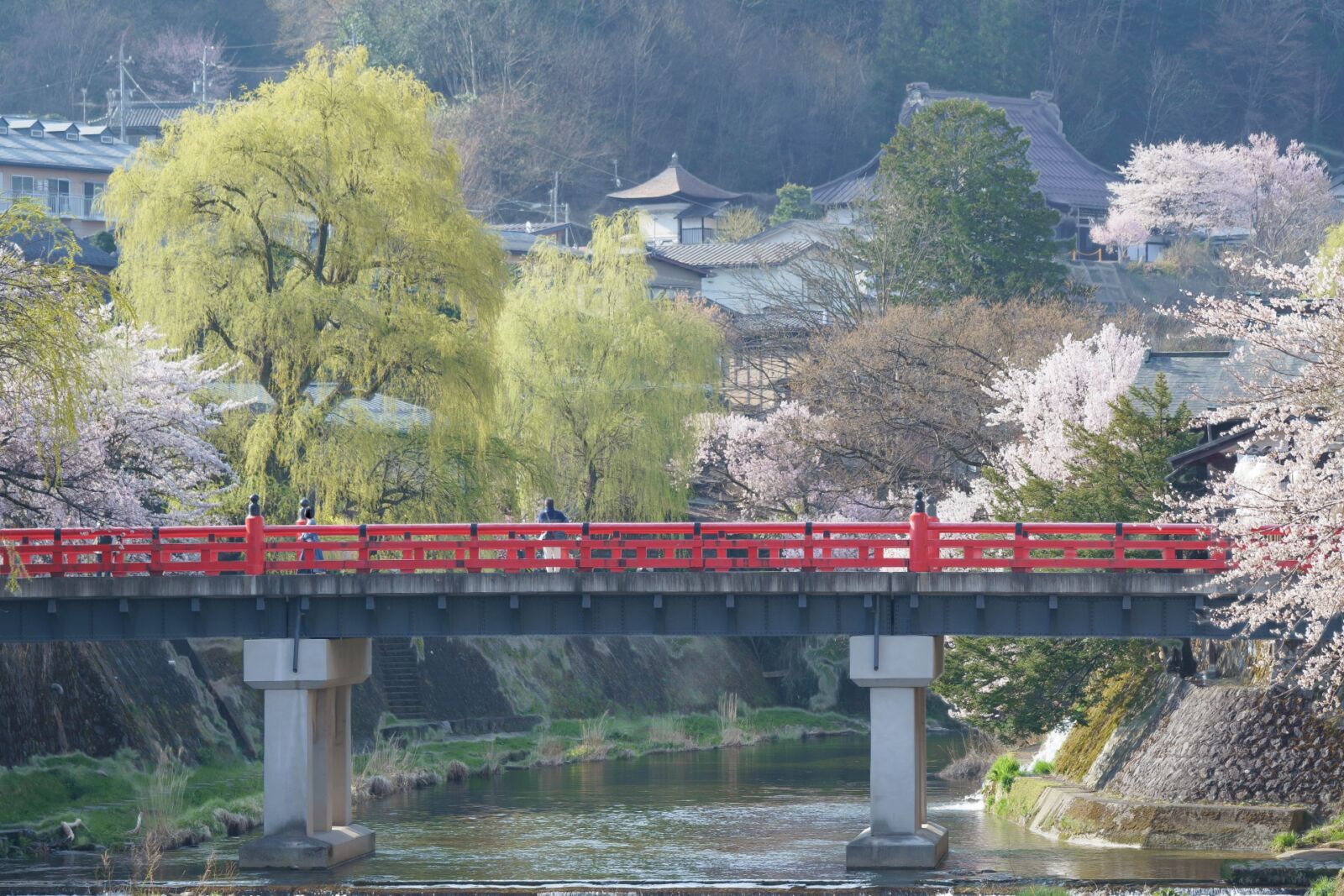
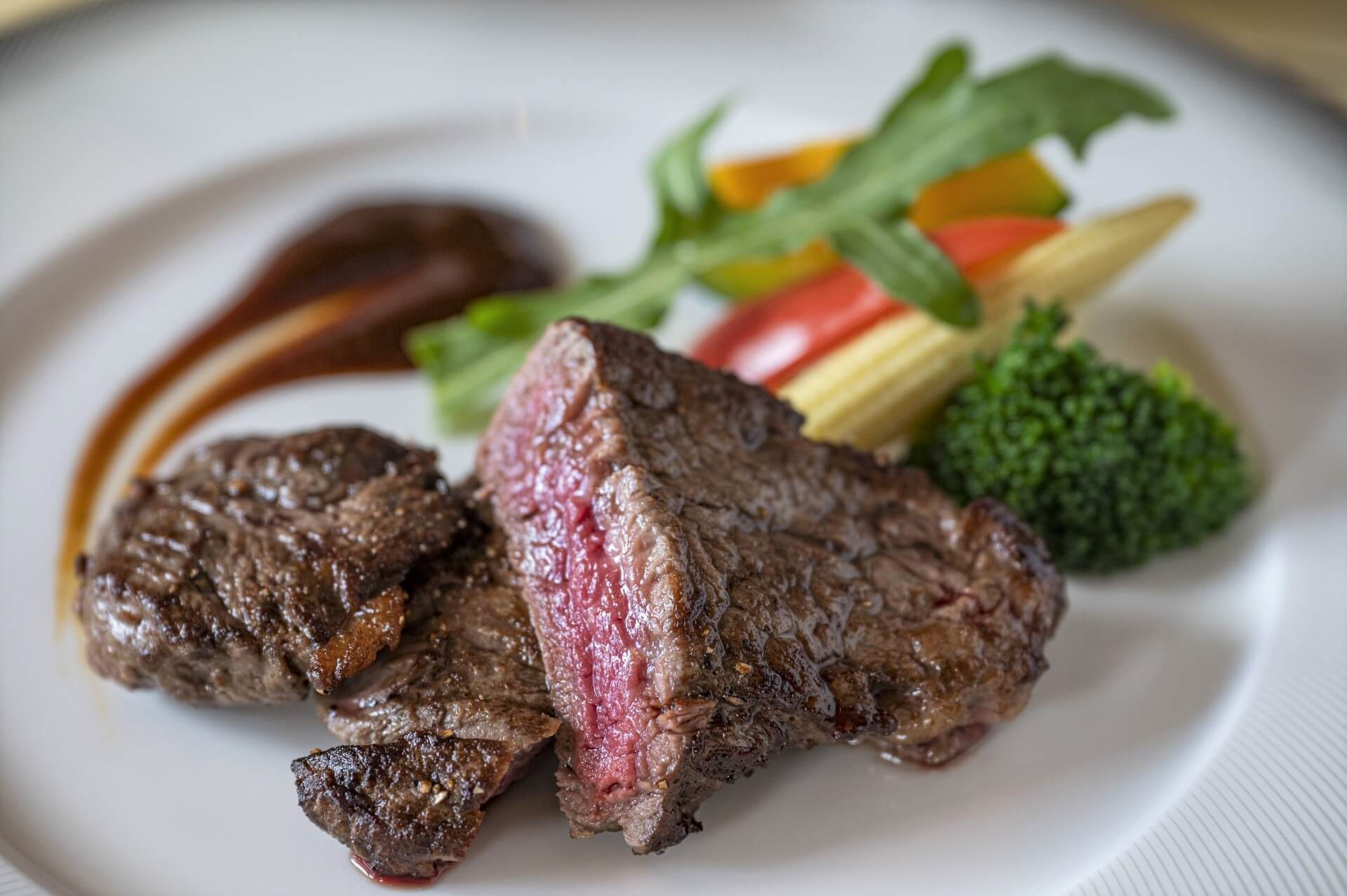
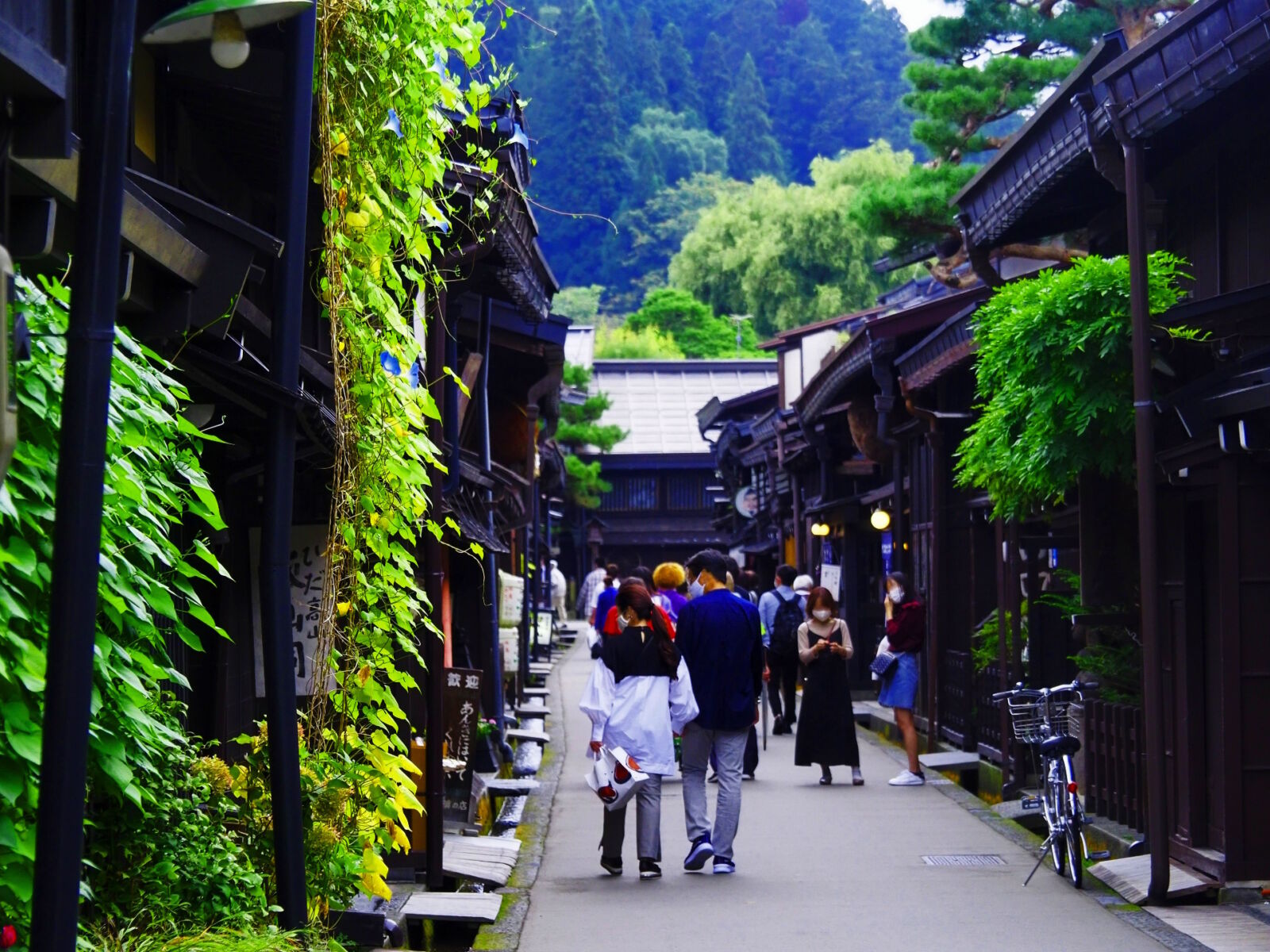
The historic old town of Takayama is a popular destination famous for the excellent preservation of its Edo Period (1603-1868) historic center. Takayama is equally well-known for its food culture including Hida beef—considered some of the best in Japan—its famous beef sushi, Takayama ramen, and more! From Nagoya Station, Takayama is a direct 140 to 160 minute train ride.
1 Day Tour
| 1-Day Tour from Nagoya: Hida Takayama and World Heritage Site Shirakawa-go | |
|
| |
| Period | All Year Round |
| Time | 8:30-18:30 |
| Meeting Place | JR Nagoya Station |
| Adult Rate | ¥24,900 |
| Child Rate | ¥12,900 |

26 / VISIT SHIRAKAWA-GO & GOKAYAMA / all year round
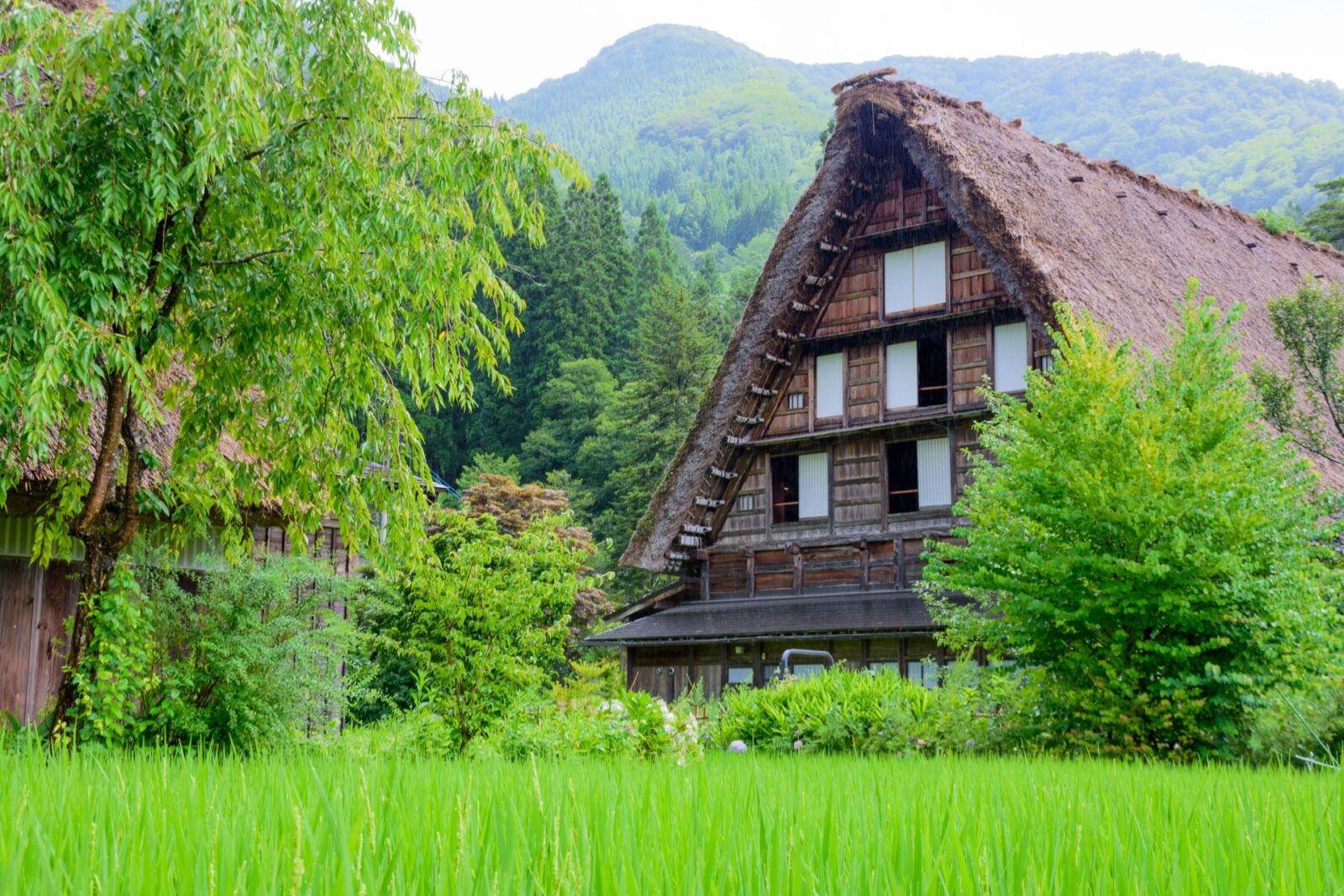

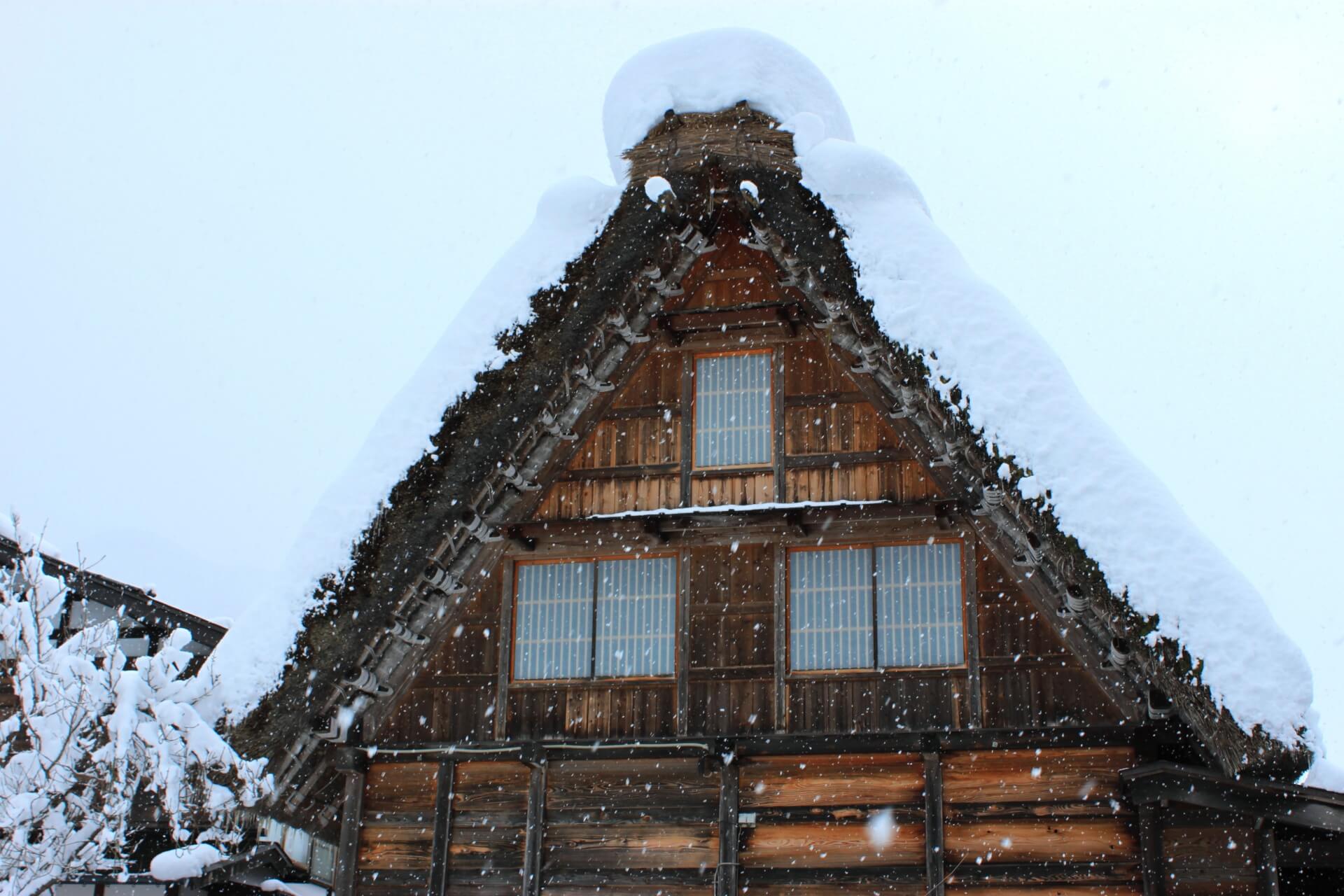

The villages of Shirakawa-go and Gokayama were inscribed on the World Heritage list in 1995. These remote mountain villages are most known for their distinctive “gassho-style” thatch-roofed houses. Set in a beautiful alpine setting of rice fields and high mountains, the villages are well-worth visiting no matter which season you visit. From Nagoya Station: 3hr by bus.
1 Day Tour
| 1-Day Tour from Nagoya: Hida Takayama and World Heritage Site Shirakawa-go | |
|
| |
| Period | All Year Round |
| Time | 8:30-18:30 |
| Meeting Place | JR Nagoya Station |
| Adult Rate | ¥24,900 |
| Child Rate | ¥12,900 |

27 / GERO ONSEN / all year round
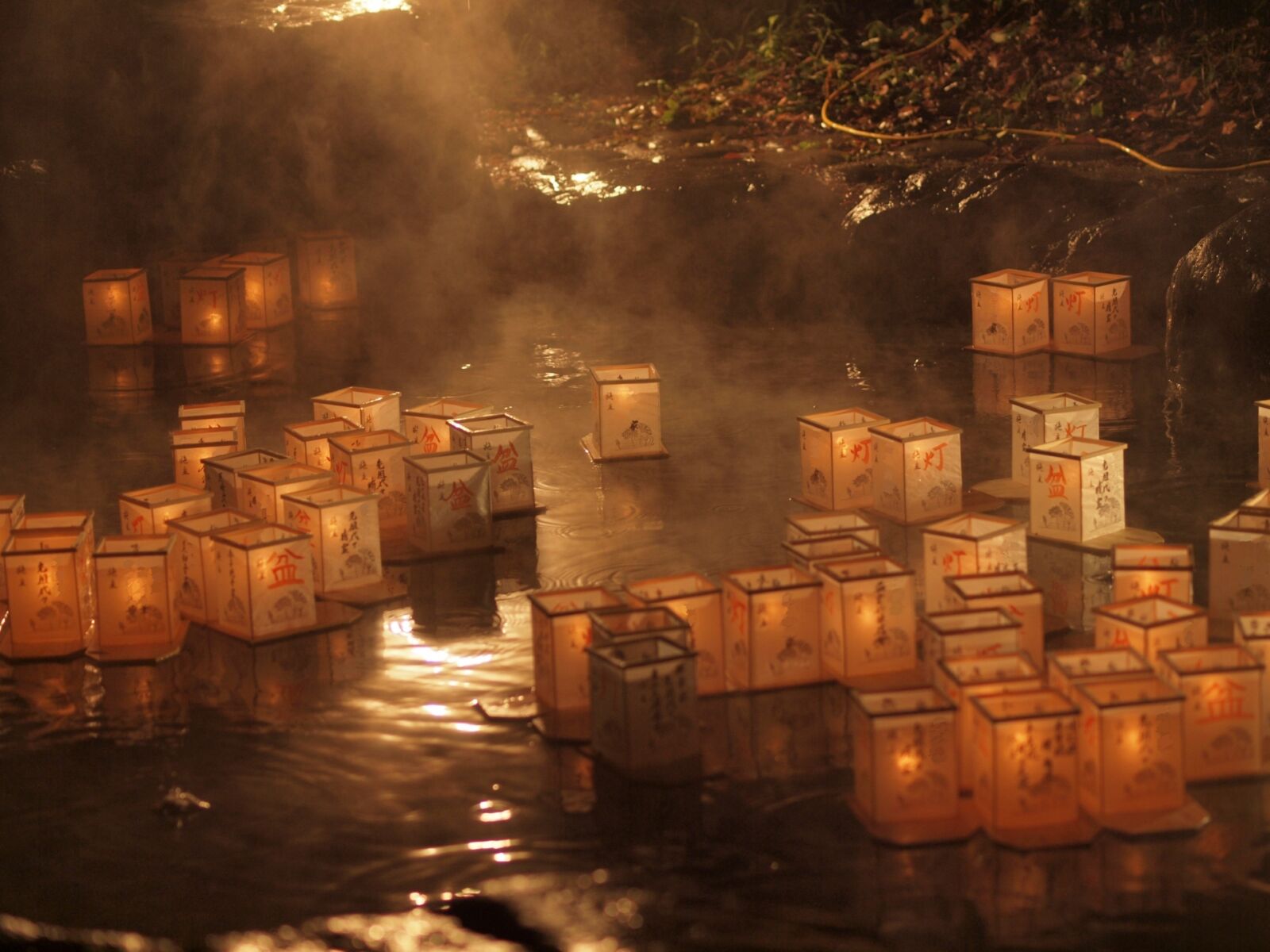
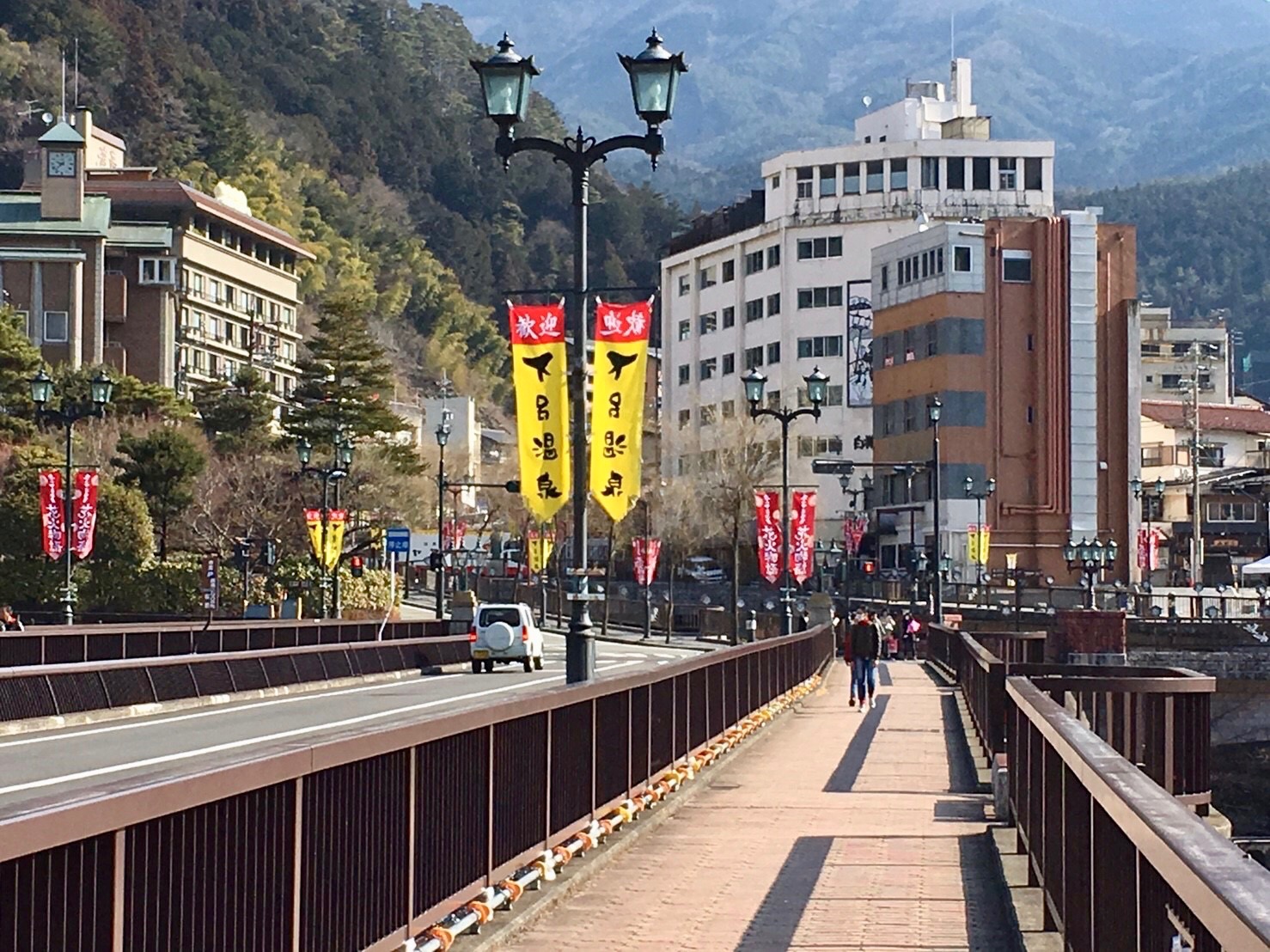
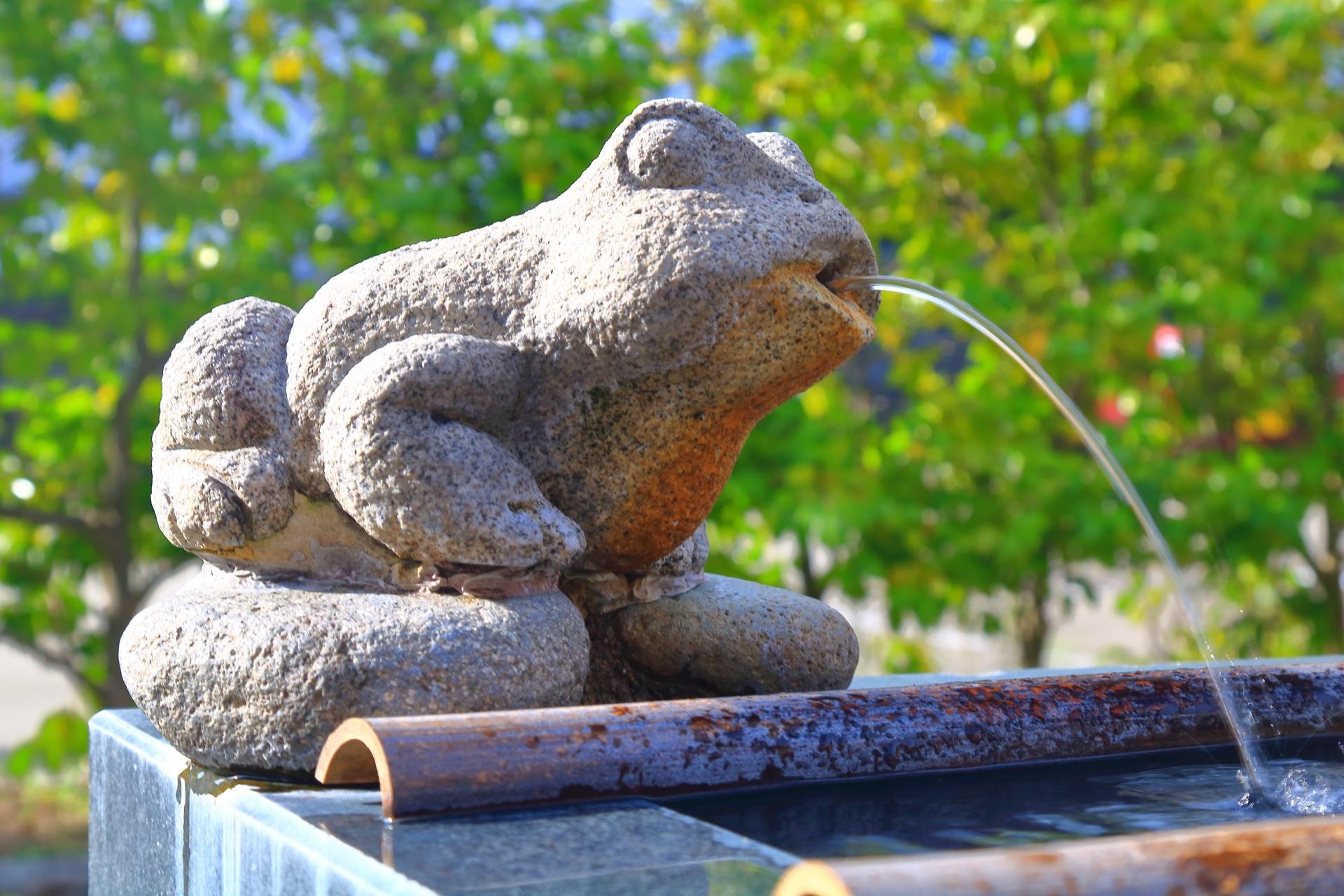
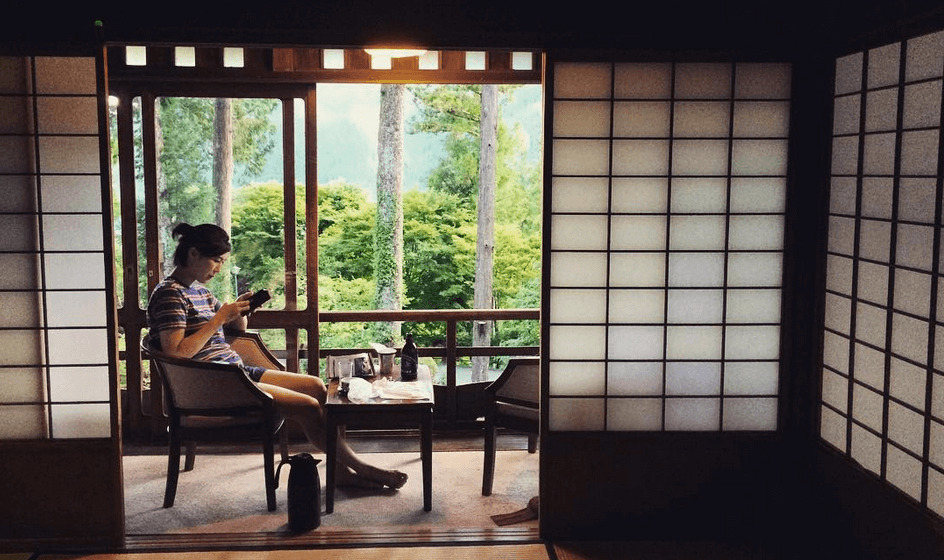
Gero Onsen is one of Japan’s most famous hot spring towns. The thermal water of Gero is said to treat a variety of ailments including rheumatism, muscle aches and skin problems, neuralgia, and fatigue. There are three public hot springs in Gero, as well as a large outdoor bath close to the Gero Bridge where you can bathe out in the open for free. Additionally this picturesque onsen town has four free foot baths, open to anyone that wants to dip their feet and relax in the soothing water. Located between Nagoya and Takayama, it is accessible from Nagoya Station in under 2 hours.
1 Day Tour
| 1-Day Tour from Takayama: Unveiling the Charm of Gero Onsen | |
| Period | All Year Round |
| Time | 09:30 – 17:30 |
| Meeting Place | Takayama Station |
| Adult Rate | ¥19,800 |
| Child Rate | ¥13,000 |

28 / GUJO HACHIMAN / all year round
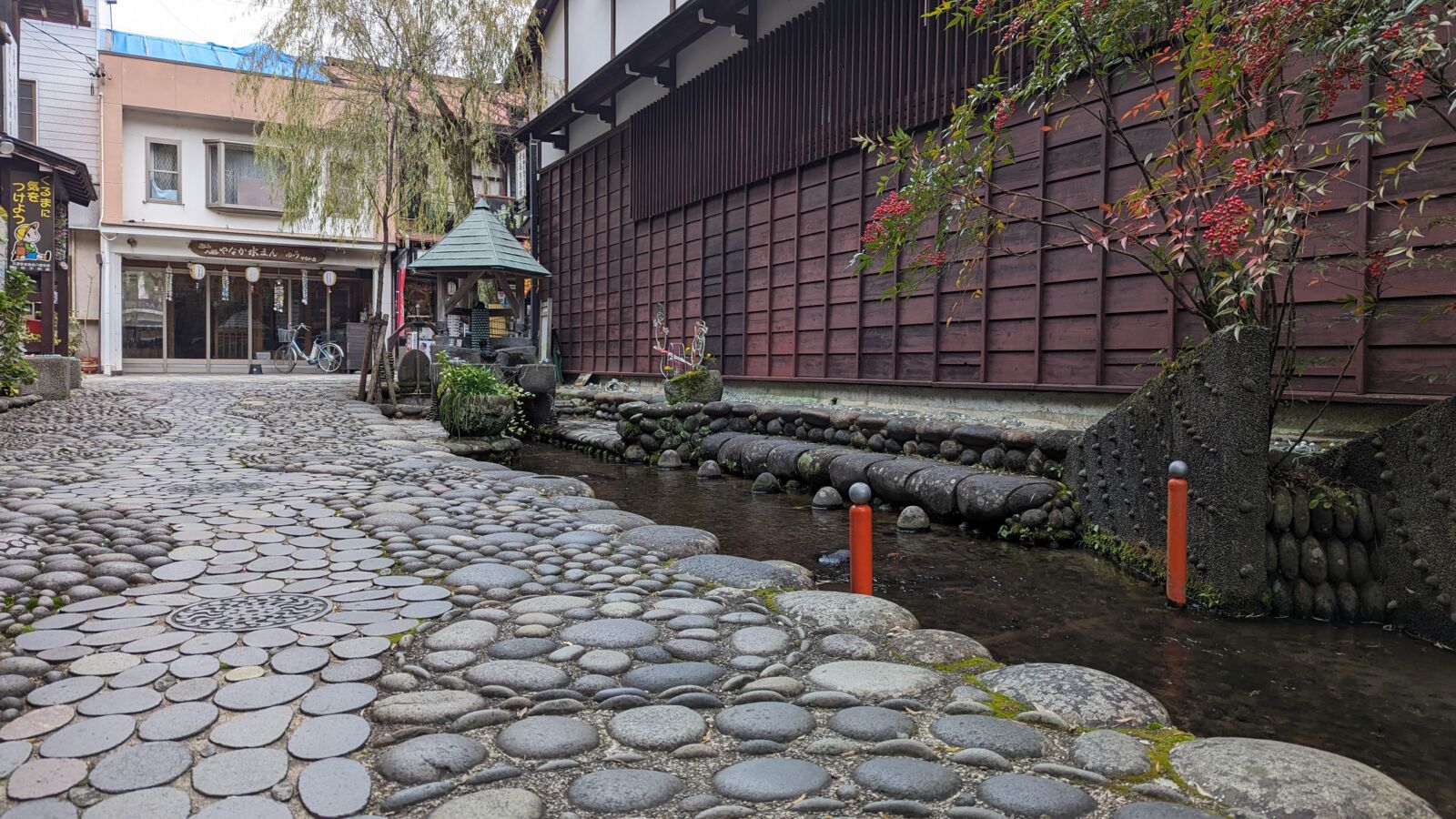
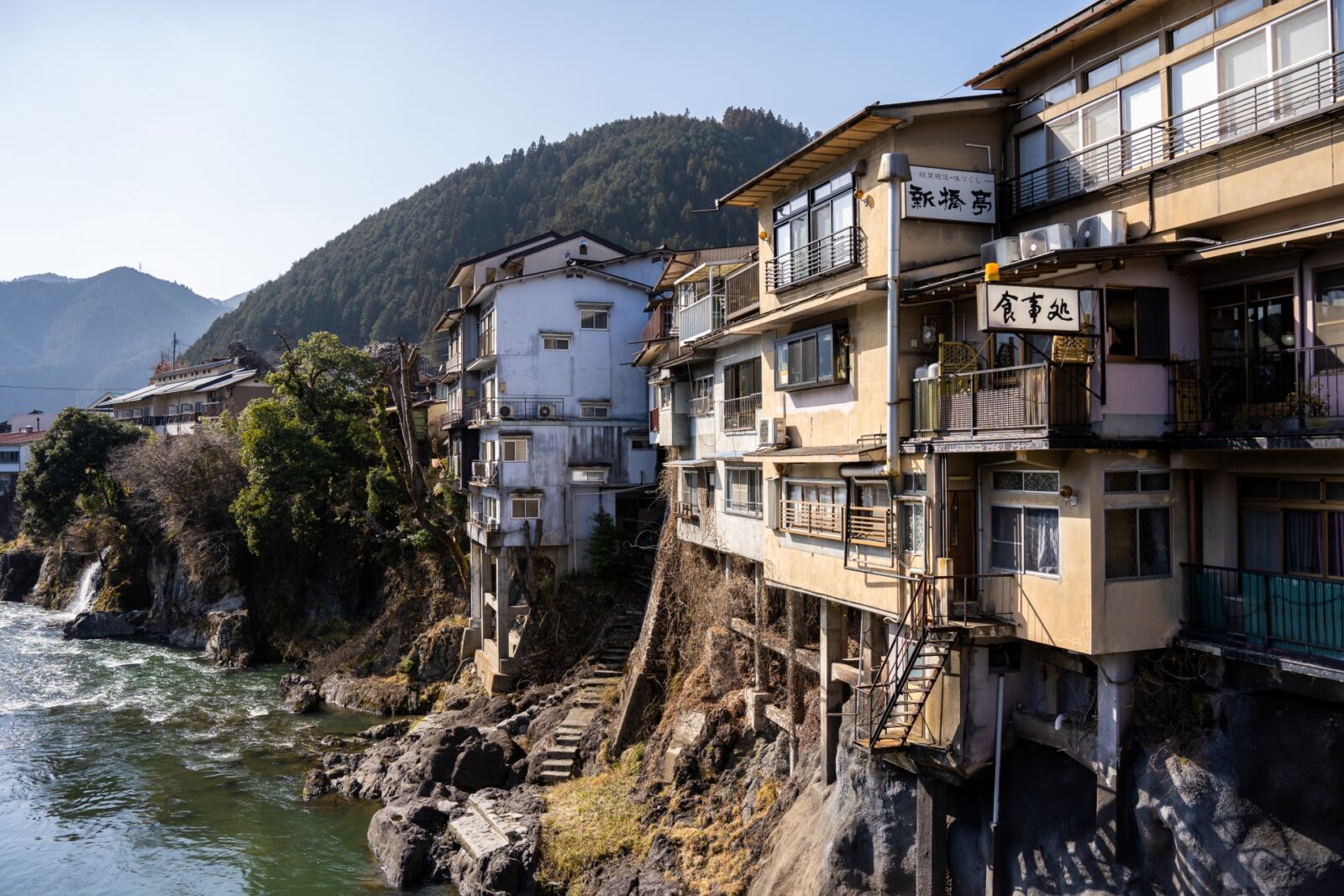
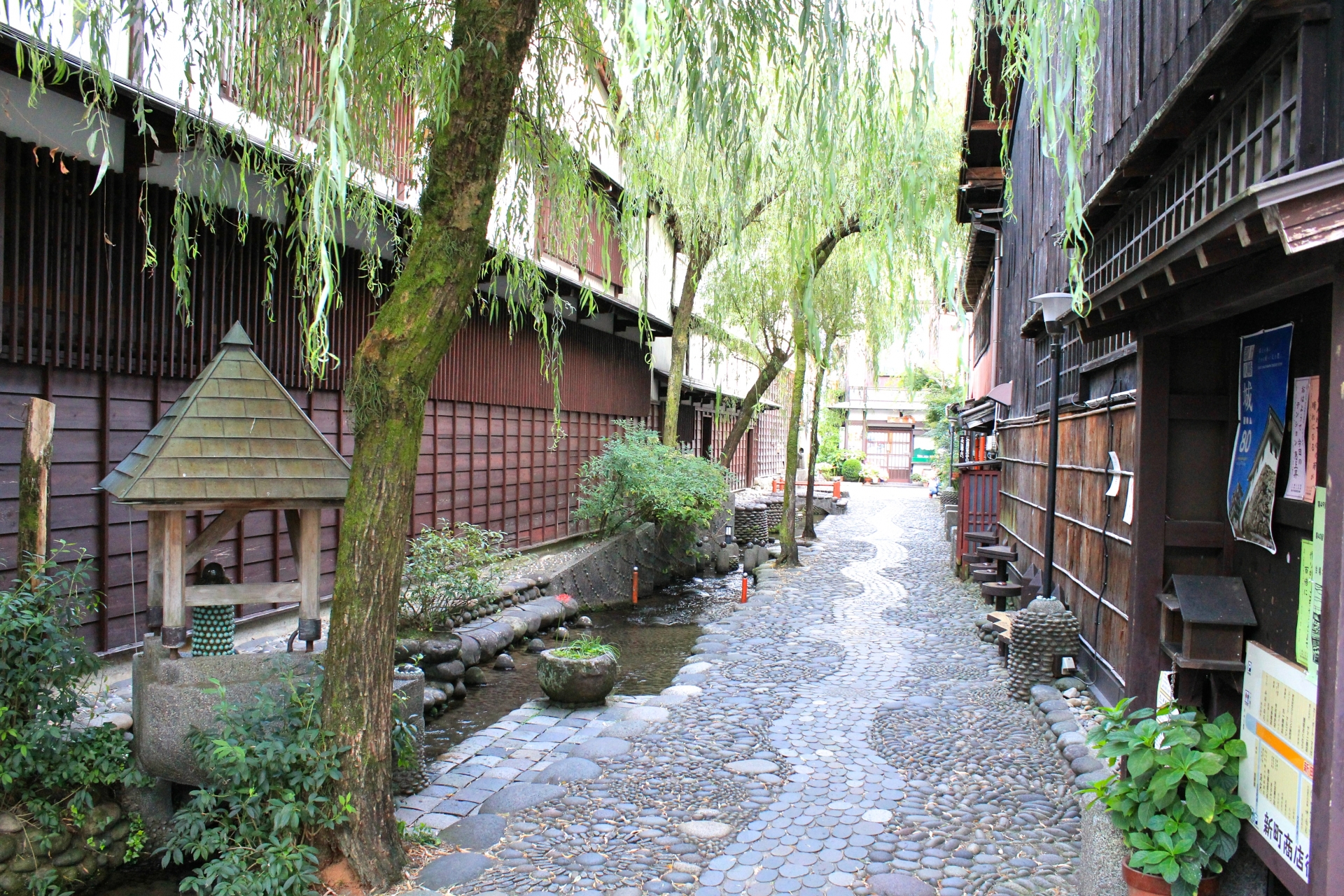
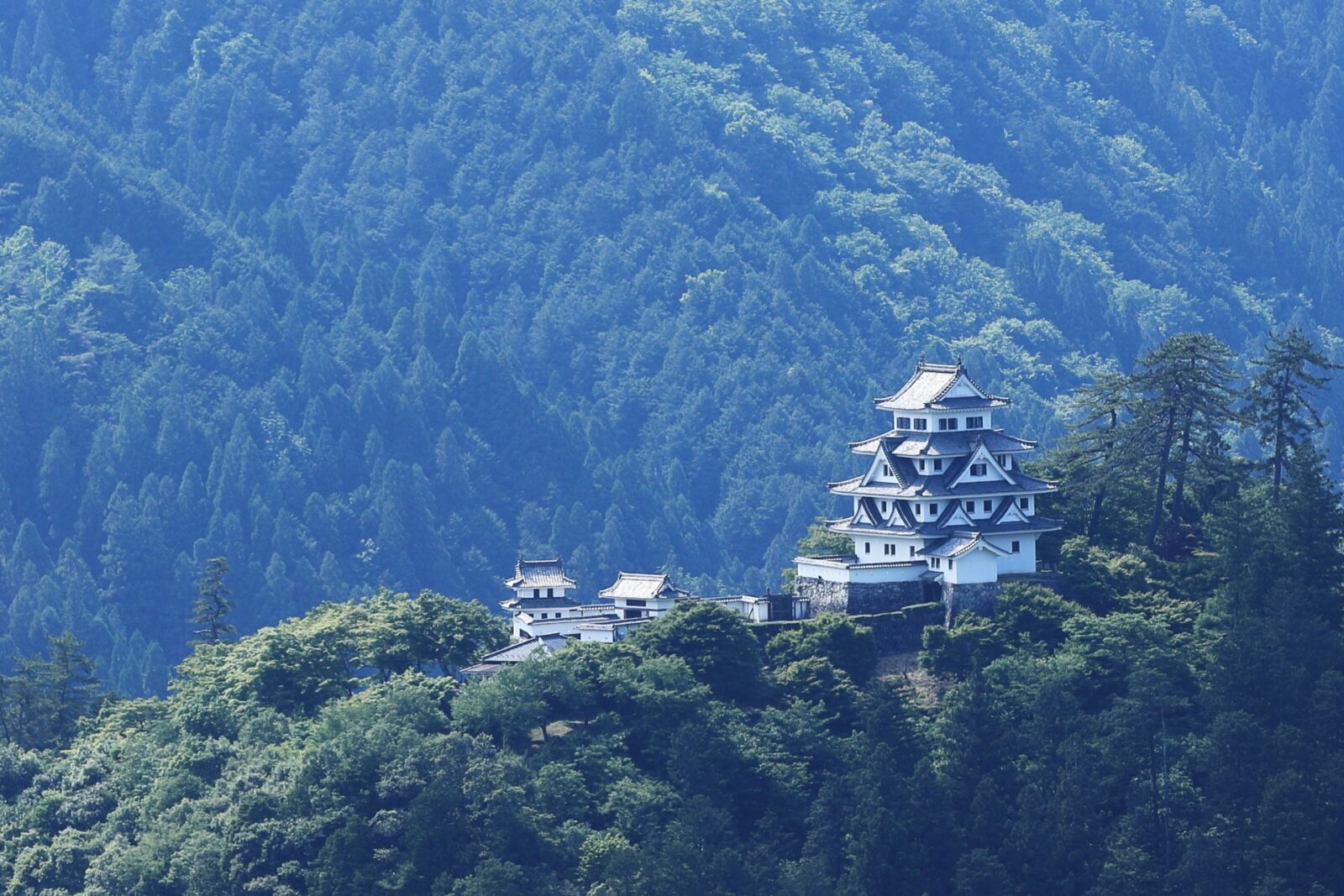
Gujo Hachiman is a quaint castle town set in a beautiful area of mountainous Gifu Prefecture. The castle town contains many small waterways and canals filled with koi which criss-cross the town offering fantastic photo opportunities. While Gujo Hachiman is an all year round destination, it is most popular in summer for its Obon dance festival in August and in autumn, as visitors come to the area to view the beautiful changing leaves. From Nagoya Station: 2 hours by train.
1 Day Tour
| 1-Day Tour from Takayama: Gujo Hachiman -History, Traditions and Crafts | |
| Period | All Year Round |
| Time | 09:00 – 18:30 |
| Meeting Place | Takayama Station |
| Adult Rate | ¥24,800 |
| Child Rate | ¥13,000 |

29 / KISO VALLEY & IWAMURA / all year round
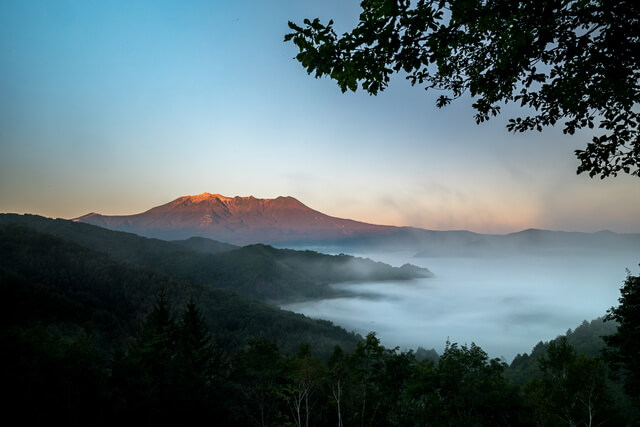
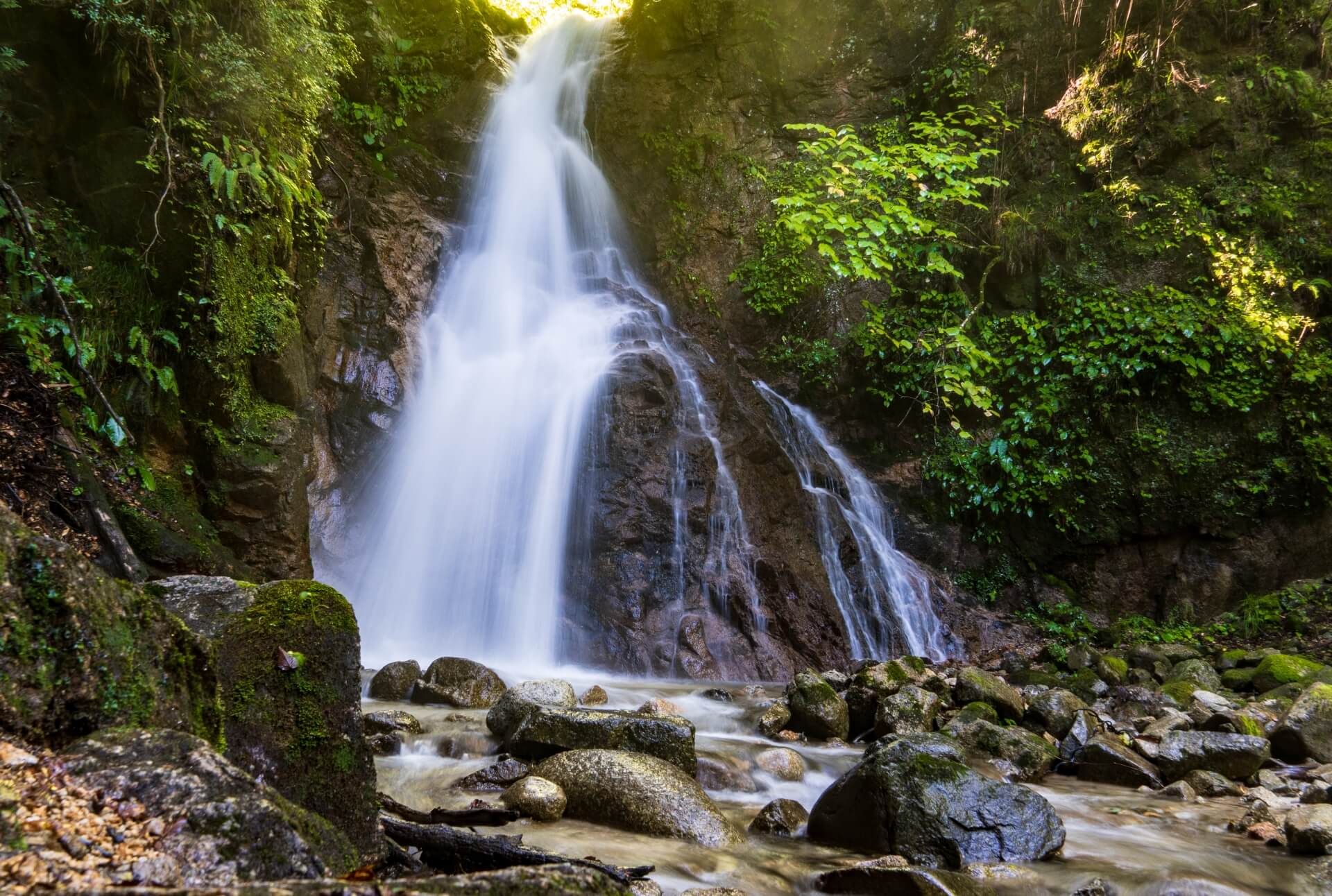

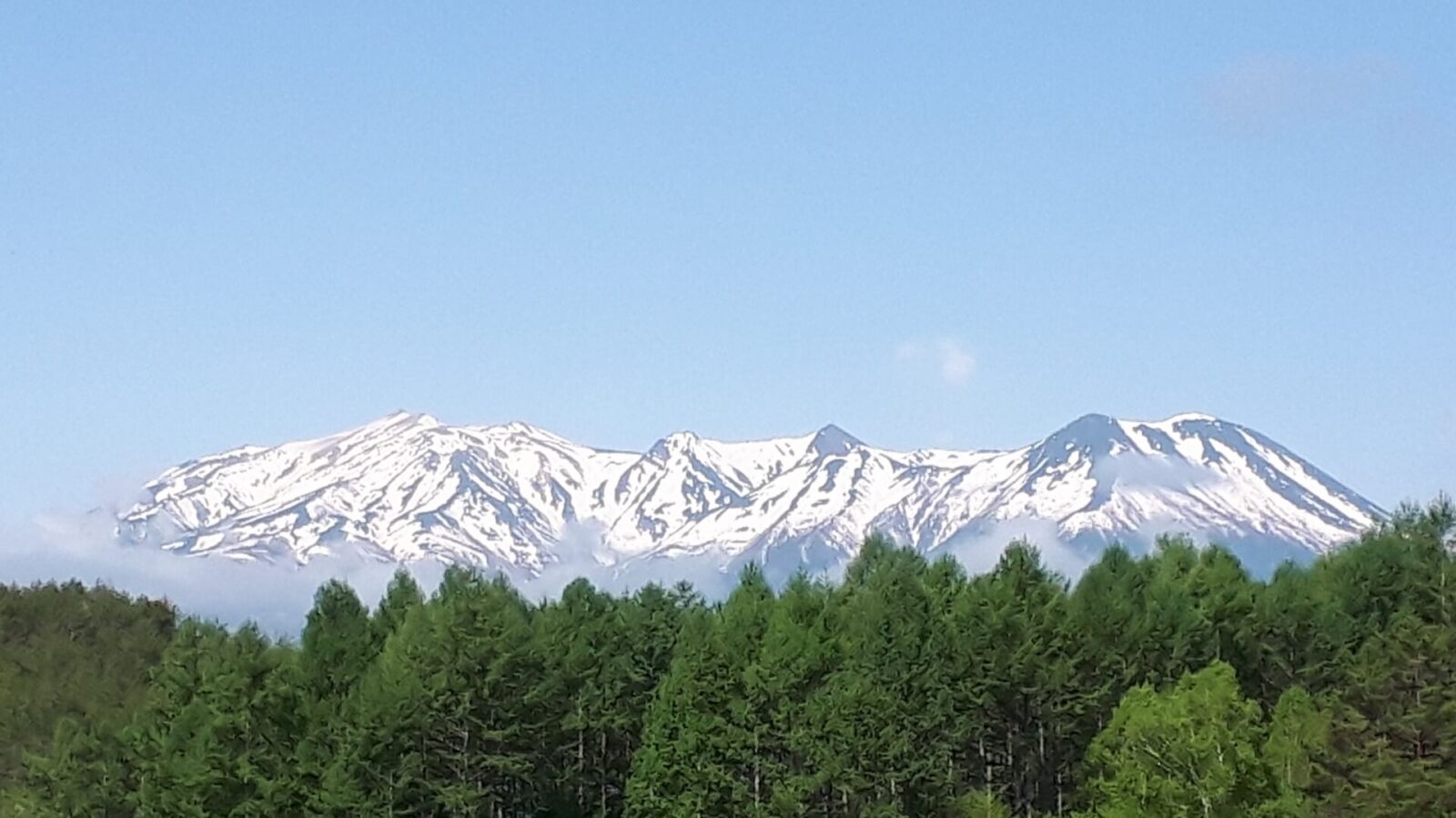
The Kiso Ontake Mountain Range is one of several dramatic and beautiful alpine areas covering Central Japan. Dominated by the imposing volcanic peak of Mount Ontake (Japan’s second highest volcano behind Fuji) the region is known for its pristine nature, lush landscapes and stunningly-coloured water of its rivers and gorges.

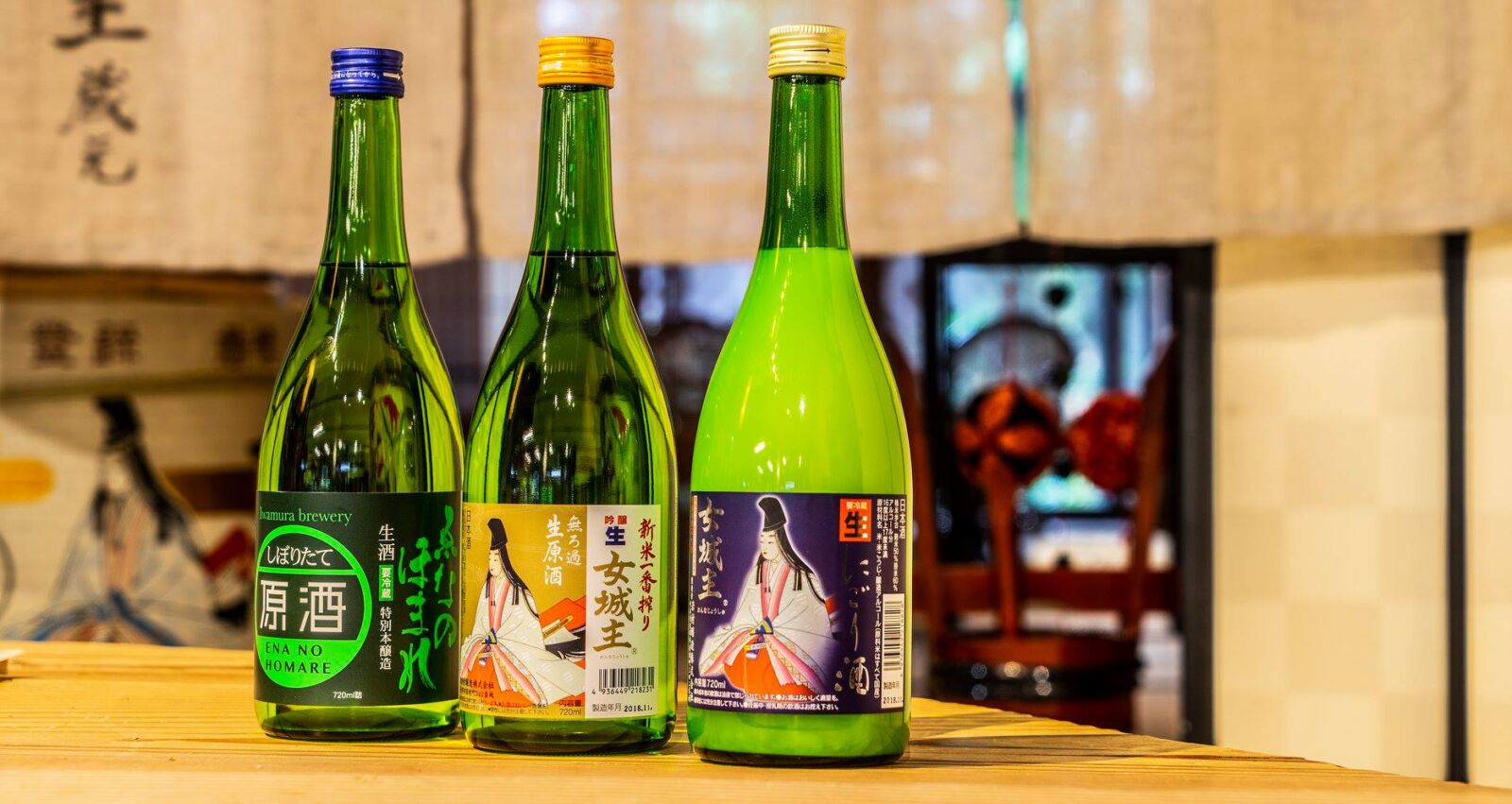
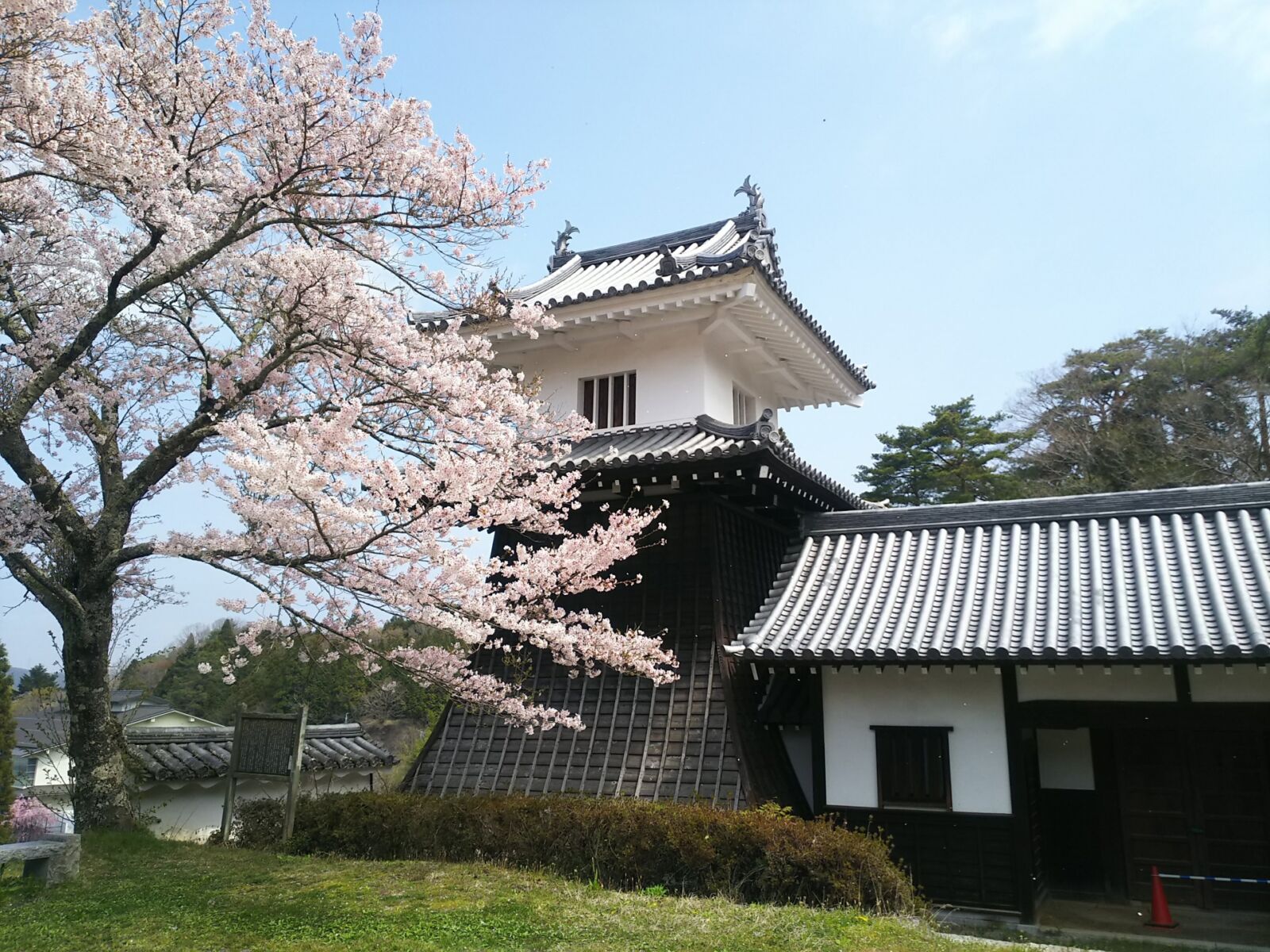

The stunning Kiso Valley is most famous for the Nakasendo road but is also home to many other stunning villages including the castle town of Iwamura. This well-preserved castle town is located deep within the Kiso Mountains. Though long gone, Iwamura Castle was once the highest mountain castle in all of Japan at 717m above sea level. However, the town is most famous for once having a female samurai lord.
You can journey through this pristine area of Japan and see both the castle town of Iwamura and famous post towns of the Nakasendo on one of our 1-day tours from Nagoya.
1 Day Tour
| 1-Day Tour from Nagoya: Embrace Rural Japan in the Kiso Valley and Magome | |
| Period | All Year Round |
| Time | 8:00-17:30 |
| Meeting Place | JR Nagoya Station |
| Adult Rate | ¥29,800 |
| Child Rate | ¥17,900 |

30 / KAMIKOCHI / best late April through November
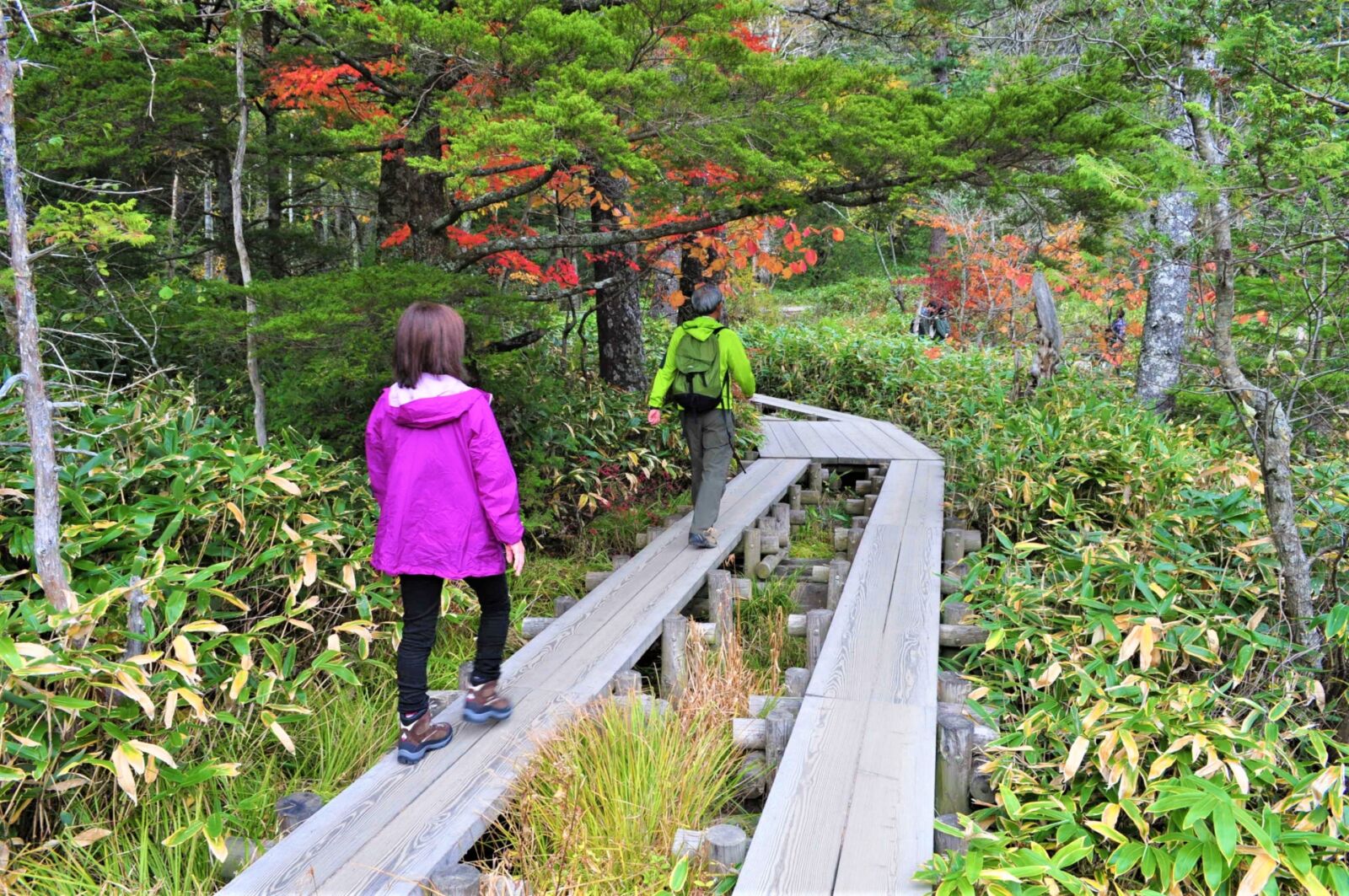

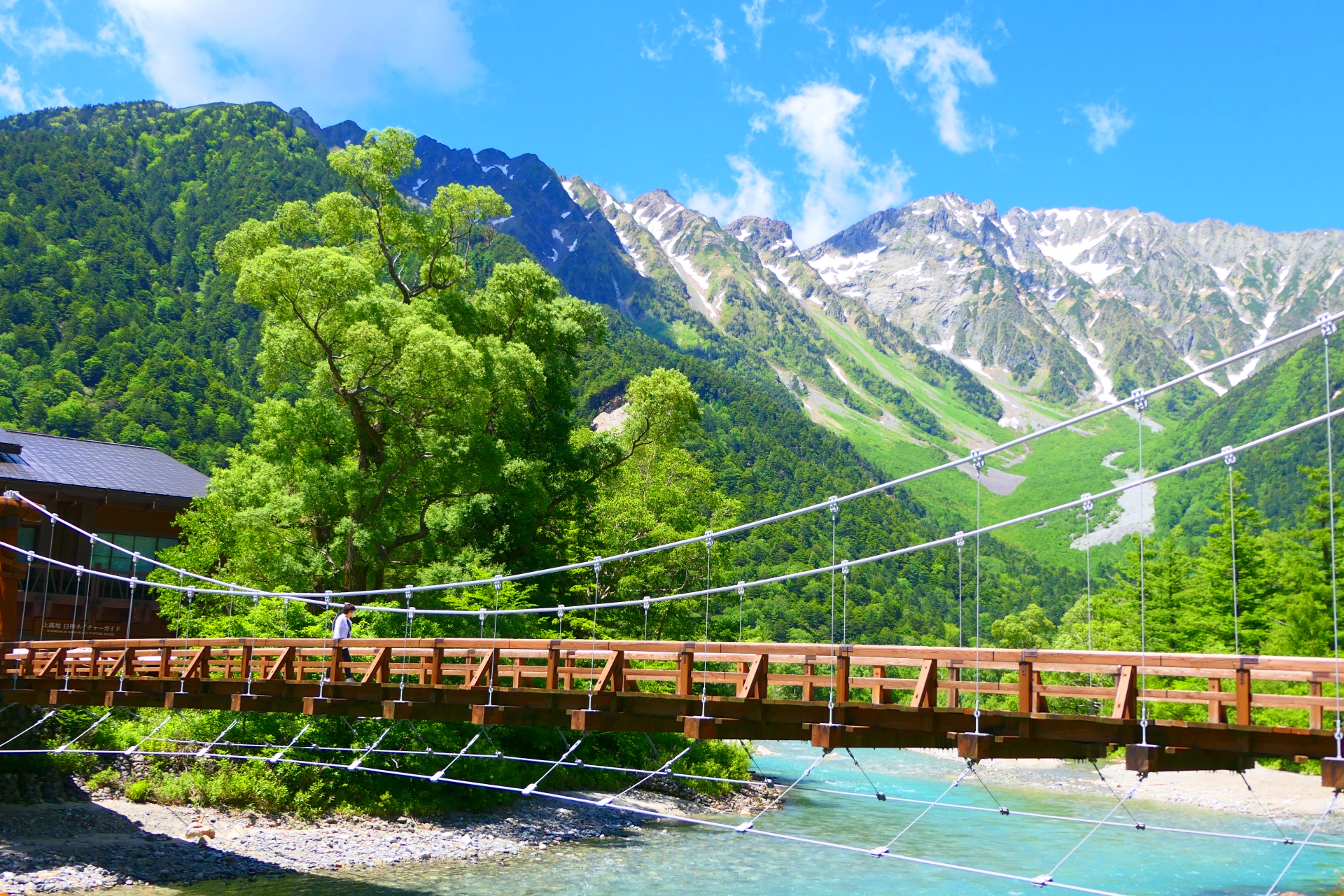
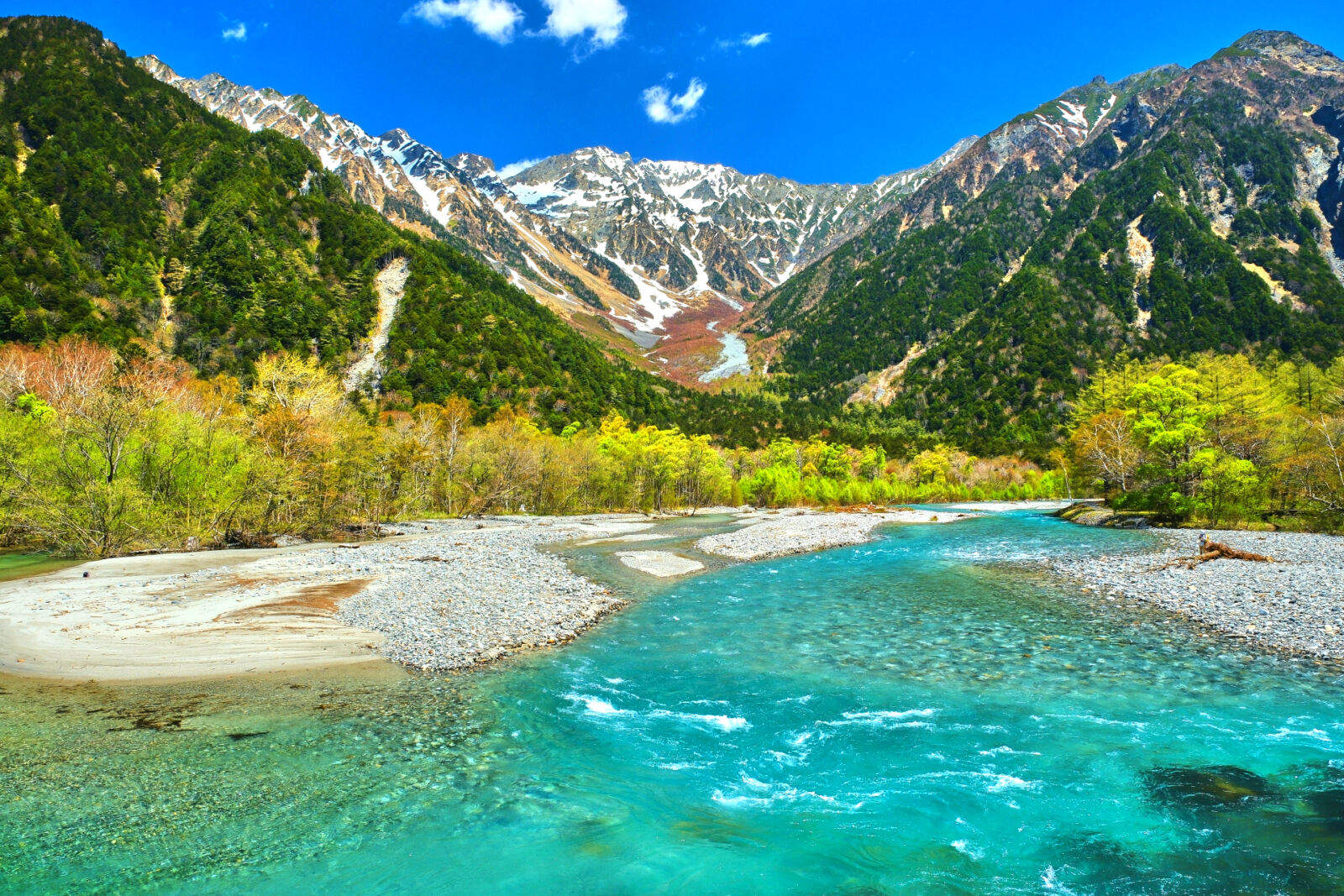
Situated in the Chubu Sangaku National Park, Kamikochi is a pristine and beautiful alpine valley open to the public from mid-April until mid-November each year. The valley follows the Azusa River while some of Japan’s tallest mountain peaks rise to over 3000 meters above. Walking trails span-out along the valley—suitable to anyone of reasonable fitness—before more advanced hiking and mountaineering trails lead into the mountains. Considered the jewel of the Chubu Sangaku National Park, visiting Kamikochi is one of Nagano’s most memorable experiences and a truly special place of natural and spiritual importance.
1 Day Tour
| 1-Day Tour from Nagano and Matsumoto: Kamikochi & Matsumoto Castle | |
|
| |
| Period | April to November |
| Time | 08:15 – 18:30 |
| Meeting Place | Nagano Station Matsumoto Station |
| Adult Rate | ¥23,800 |
| Child Rate | ¥11,900 |

31 / HIKONE CASTLE / all year round
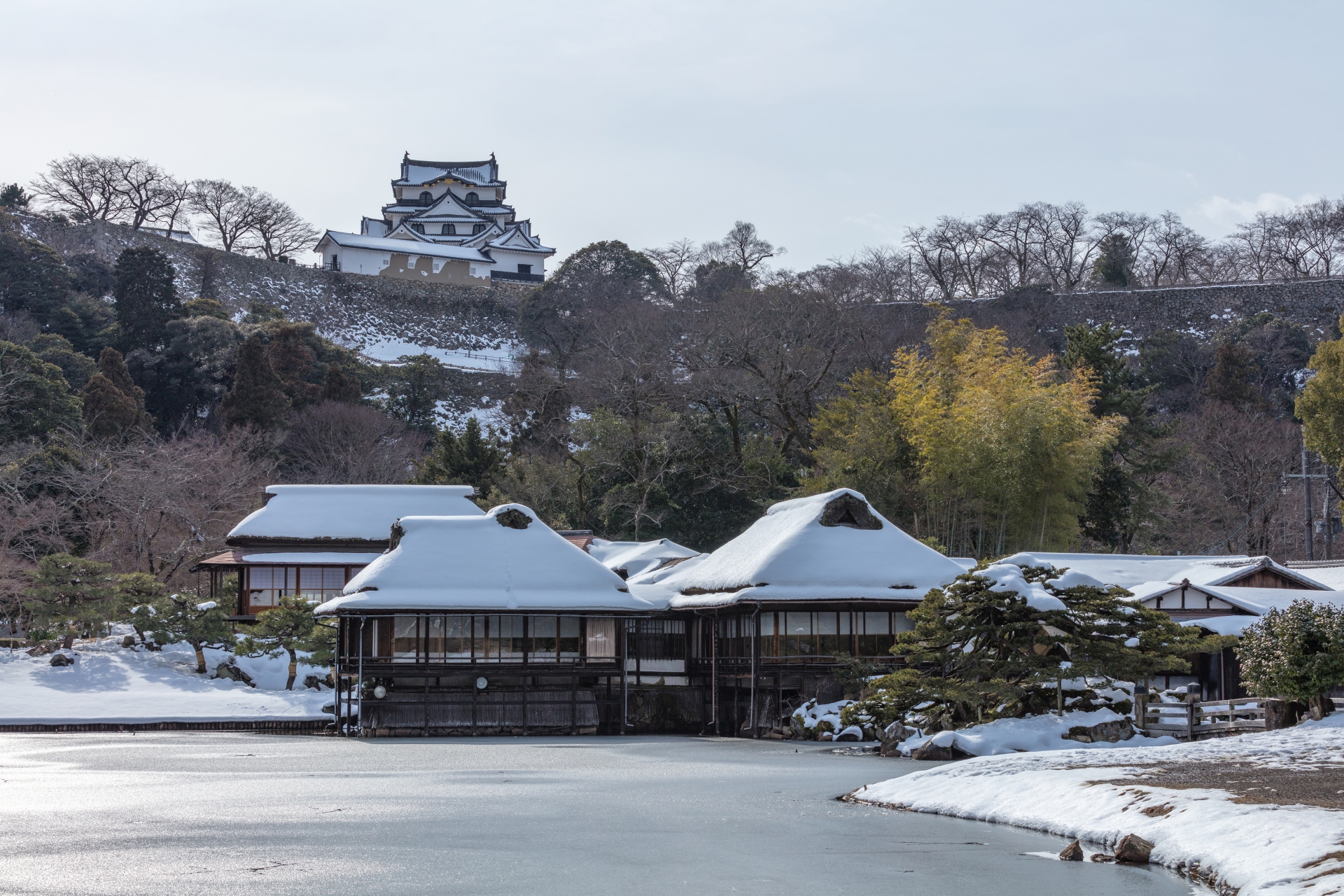
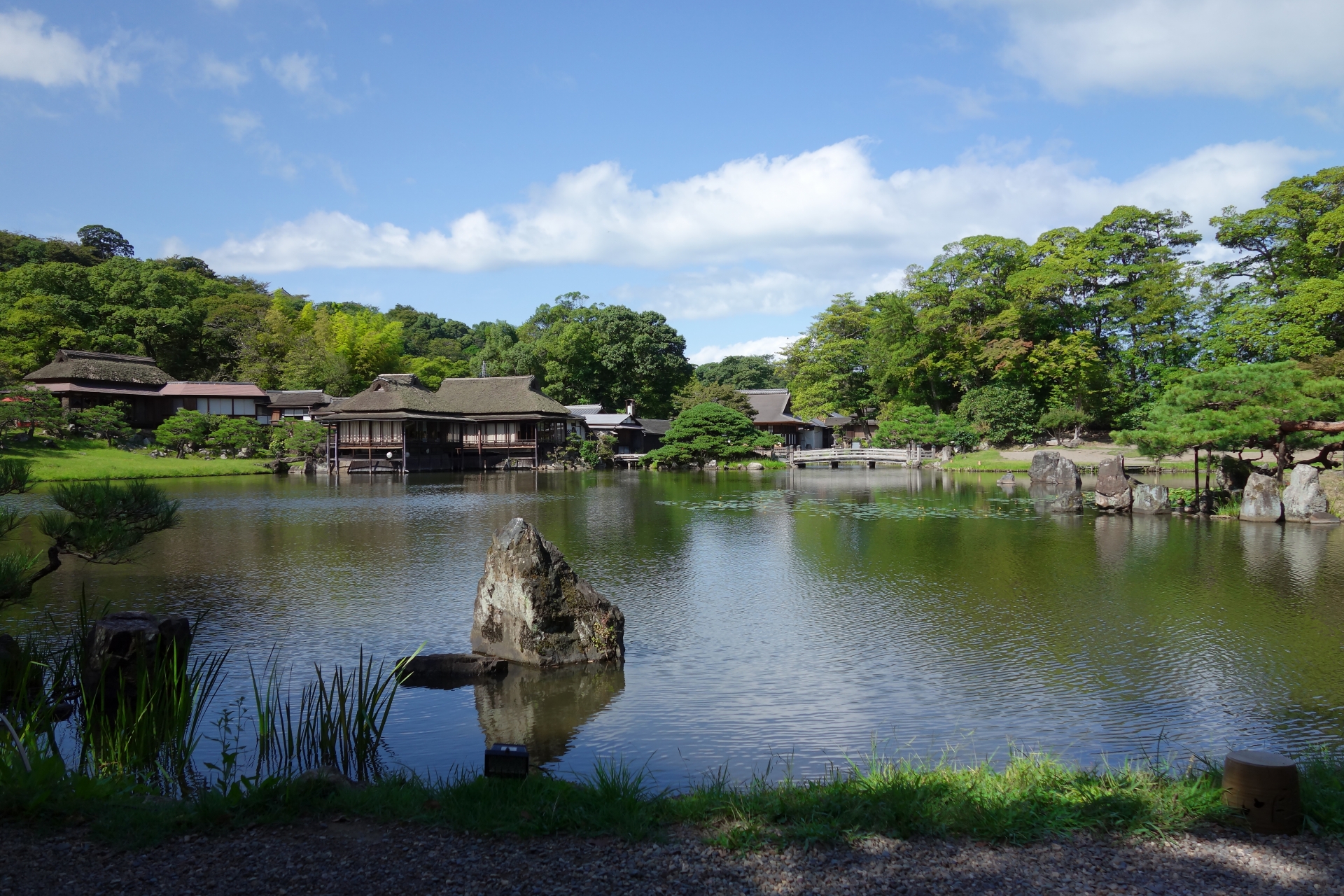

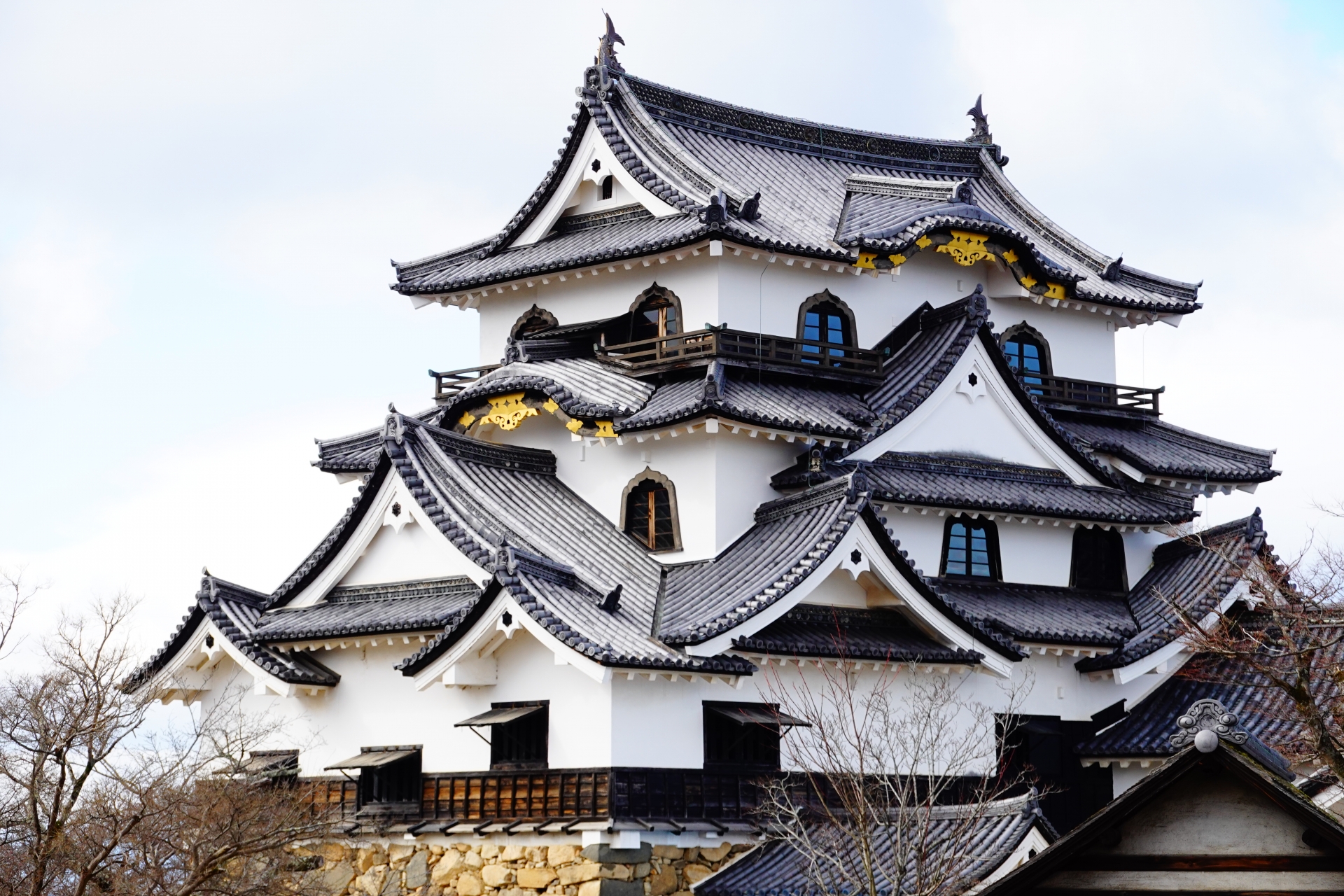
Hikone Castle is one of the best-preserved castles in Japan and a National Treasure. It is one of only twelve original castles left from the Edo-era. A number of its buildings have been designated Important Cultural Properties. The castle grounds are also home to Genkyu-en Garden. The garden, designed to resemble a palace garden from China, features a central pond with walking trails and offers incredible views of the castle. Visitors can taste Matcha tea and a traditional Japanese sweet in a teahouse that was once used to entertain the castle lord’s guests.
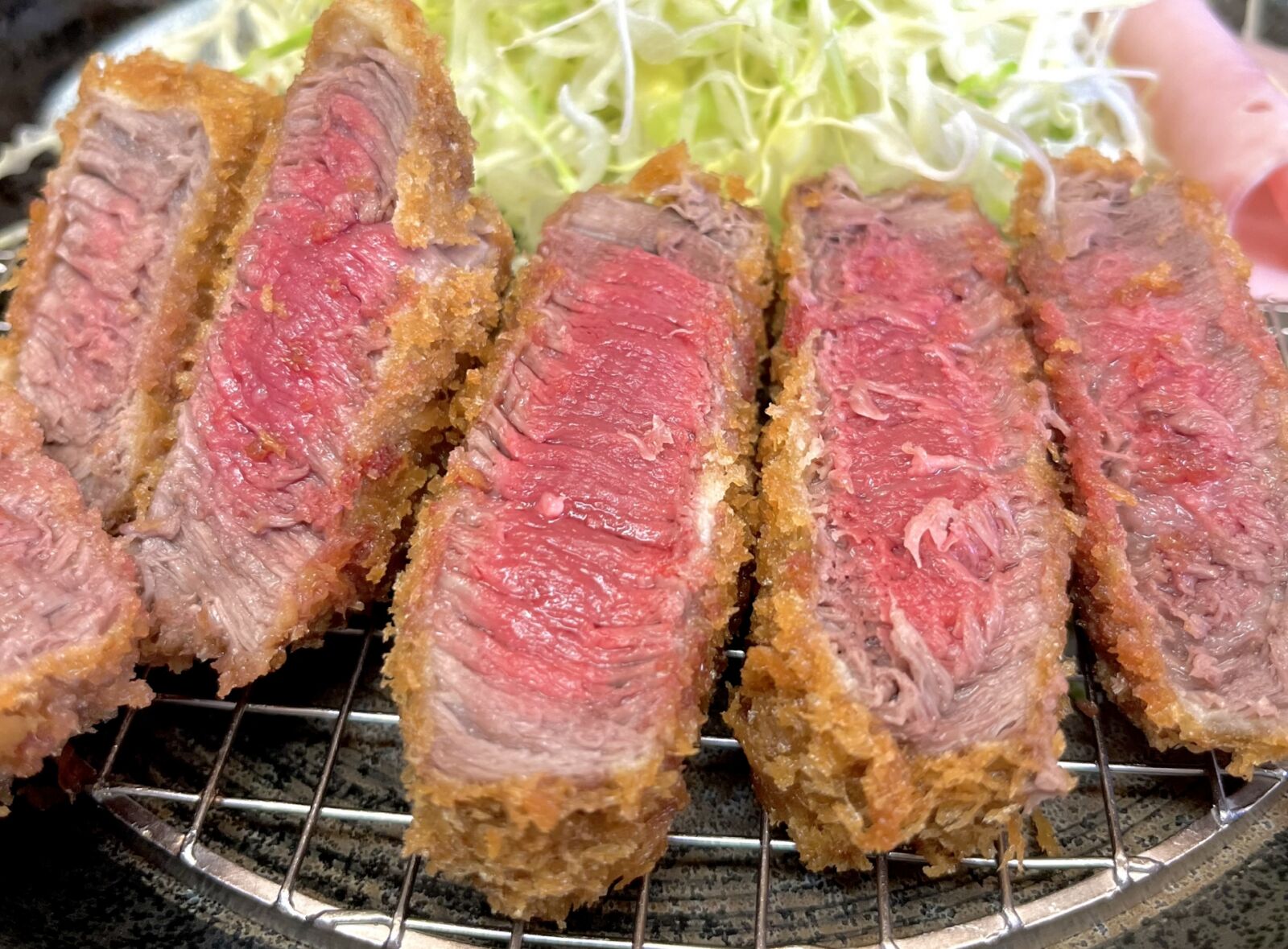
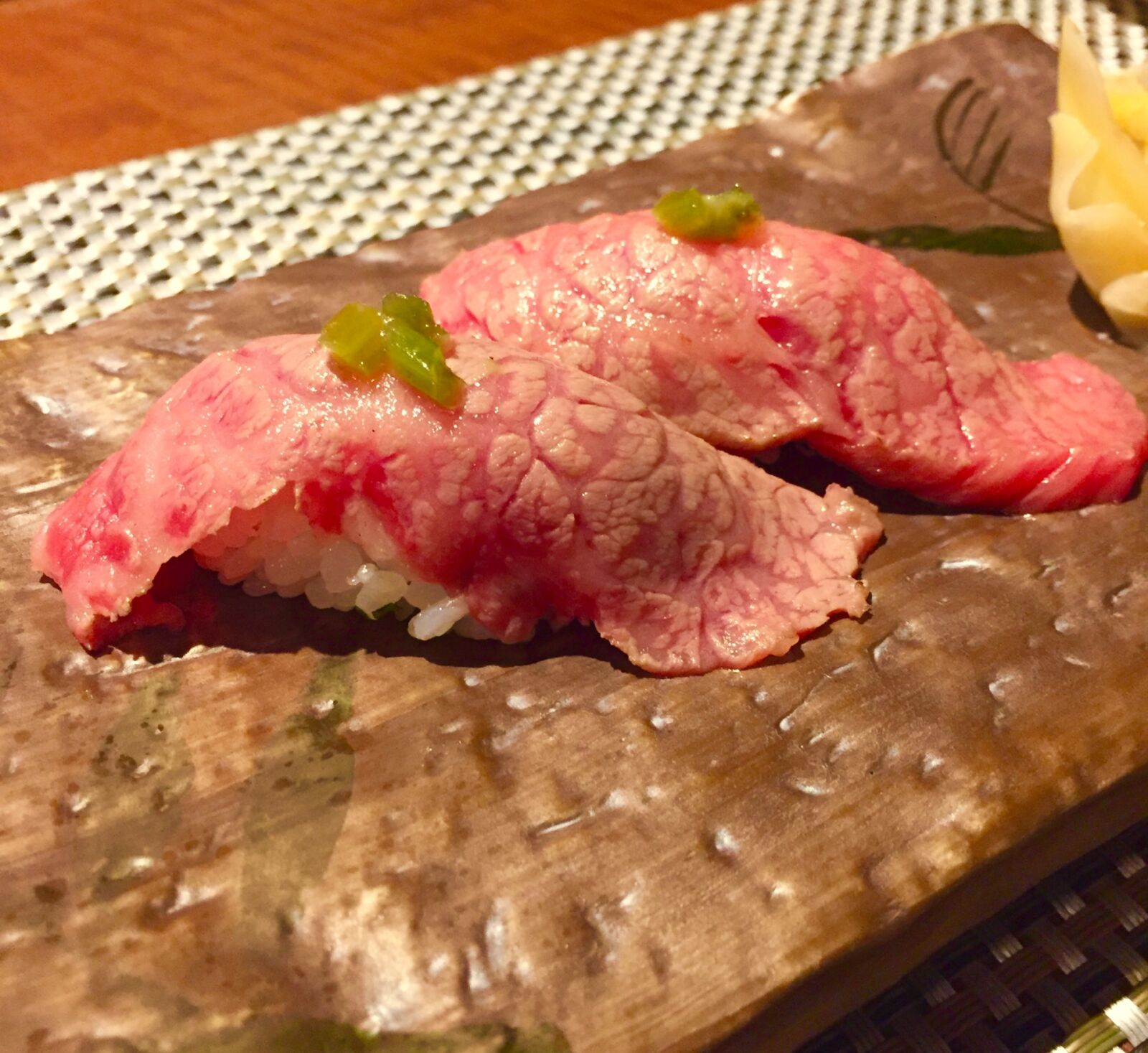
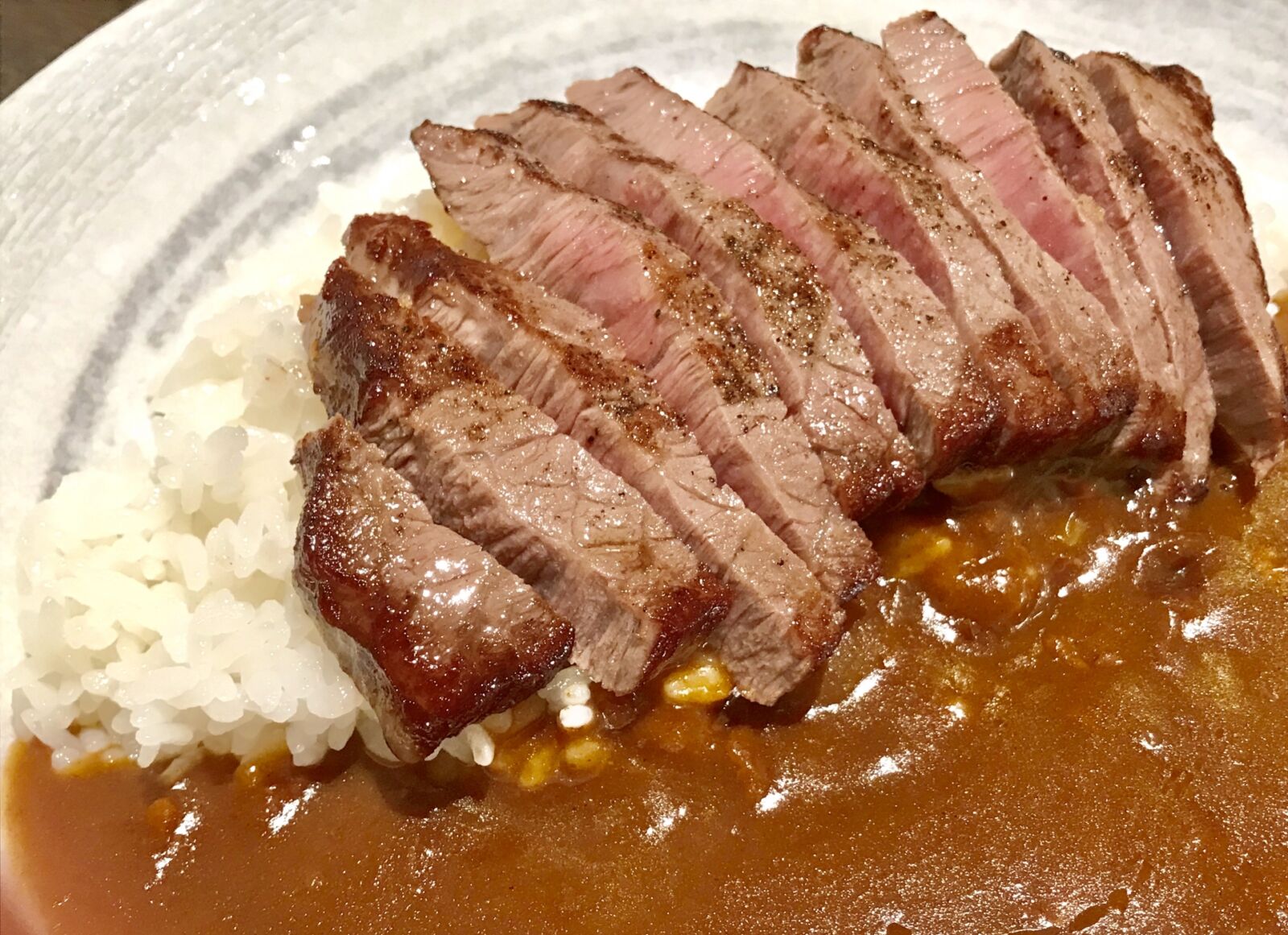
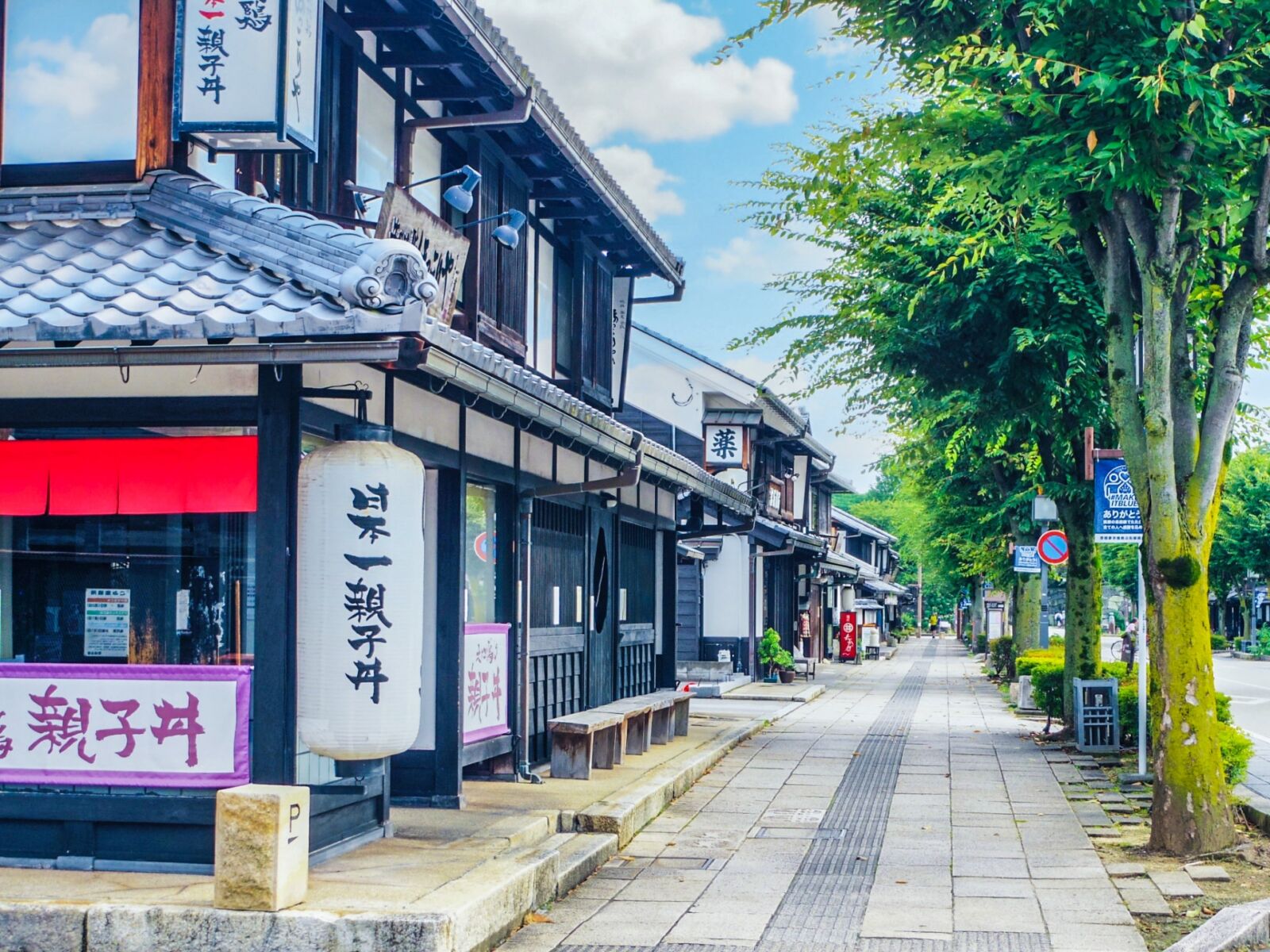
Just outside the castle is Yume Kyobashi Castle Road, a popular shopping street with black fences and white-washed walls. As the region is famous for premium wagyu, plenty of shops sell the delicacy prepared as croquettes, skewers, hot pots, and more. From Nagoya Station: 90-120 min. by train.
1 Day Tour
| 1-Day Tour from Nagoya: Castles and Canals in Hikone and Omi Hachiman | |
| Period | All Year Round |
| Time | 9:00-18:00 |
| Meeting Place | JR Nagoya Station |
| Adult Rate | ¥28,900 |
| Child Rate | ¥24,000 |

32 / MATSUMOTO CASTLE / all year round
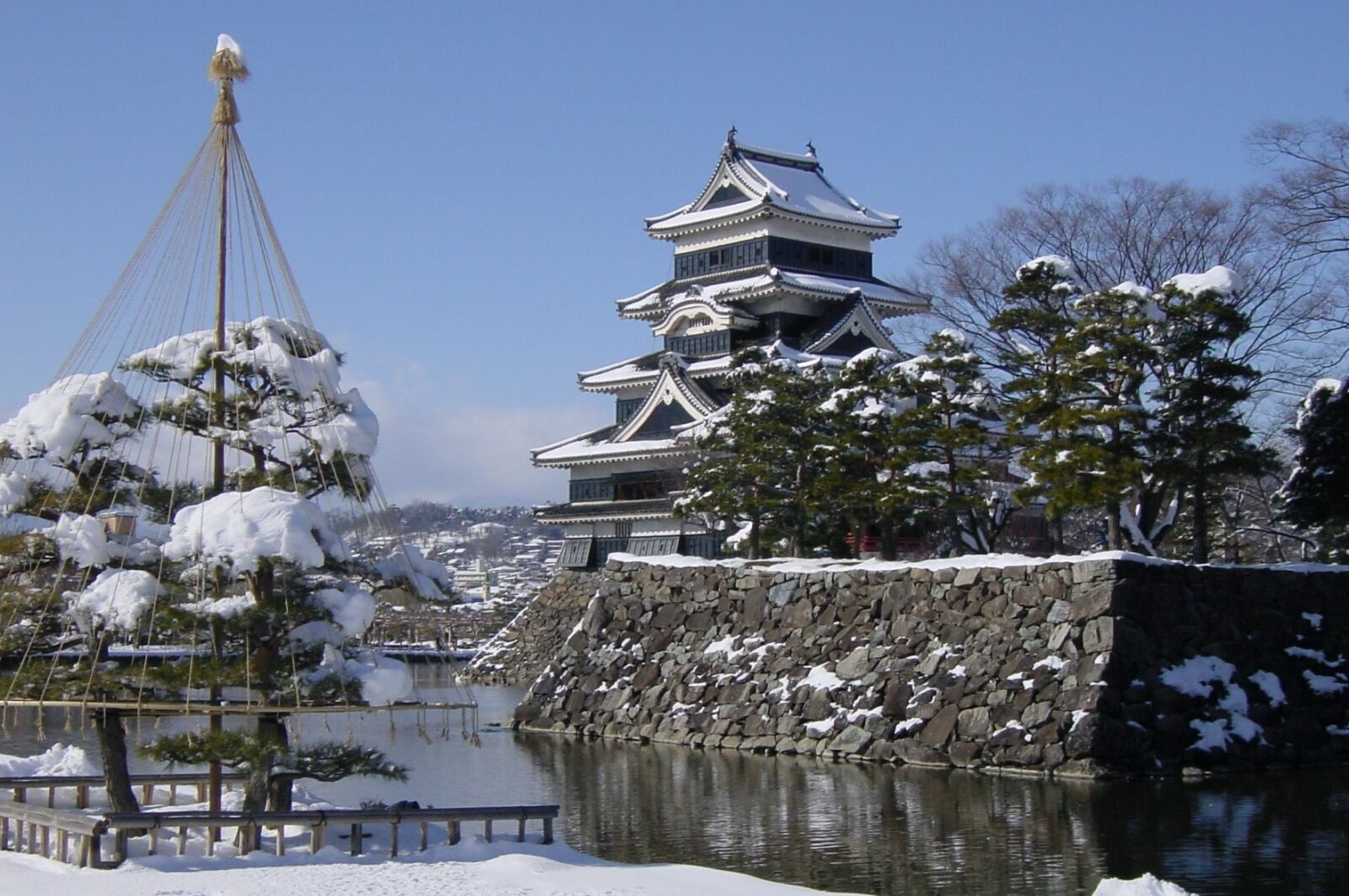
Standing guard over Matsumoto City for more than 400 years, Matsumoto Castle is a registered National Treasure and an instantly recognizable fortress. Visiting the castle is an easy and enjoyable day-trip or a great place to stop en-route to Nagano. While there, enjoy the historic character of the city along with its many cafes, restaurants, museums, and shopping. Matsumoto can be reached in 120 minutes from Nagoya Station.
1 Day Tour
| 1-Day Tour from Nagano and Matsumoto: Experience Matsumoto Castle and Narai-juku | |
|
| |
| Period | All Year Round |
| Time | 08:15 – 18:15 |
| Meeting Place | Nagano Station Matsumoto Station |
| Adult Rate | ¥23,800 |
| Child Rate | ¥11,900 |

33 / JIGOKUDANI MONKEY PARK / all year round


Accessible via Nagano Station, the Jigokudani Monkey Park is one of Central Japan’s most well-known destinations. At its most popular through the snow of winter, the park is in fact open all year round. The monkeys – known for their hot spring-bathing antics – come to the park all year round with each season offering its own reasons to visit. Known fondly as ‘snow monkeys’, they are in fact there all year round with spring, summer and autumn each providing their own reasons to visit to the park. Nagano can be reached using the Limited Express ‘Shinano’ service, a direct 175 minute journey from Nagoya Station.
34 / TENRYU RIVERLANDS / best in late April – November

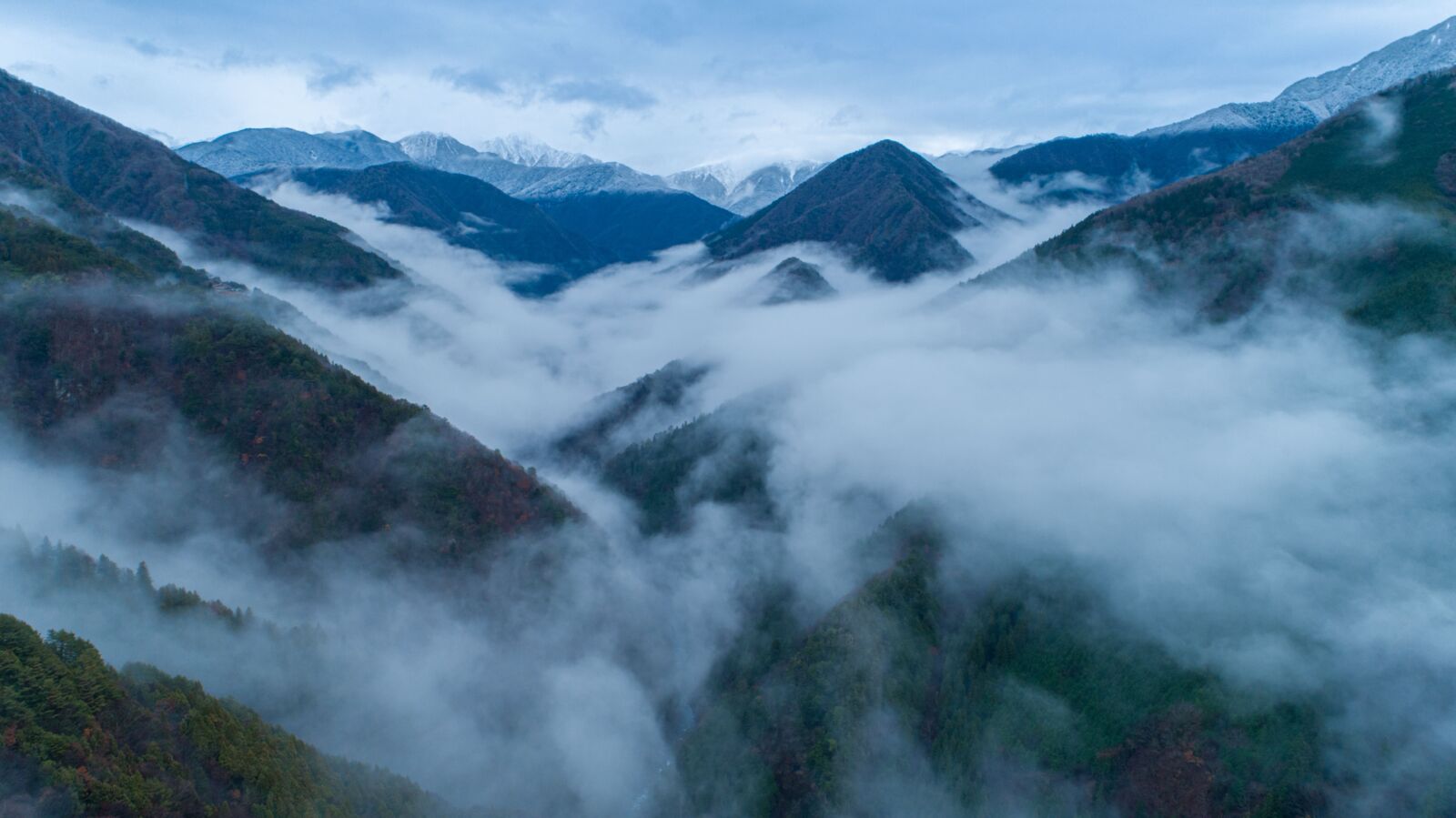

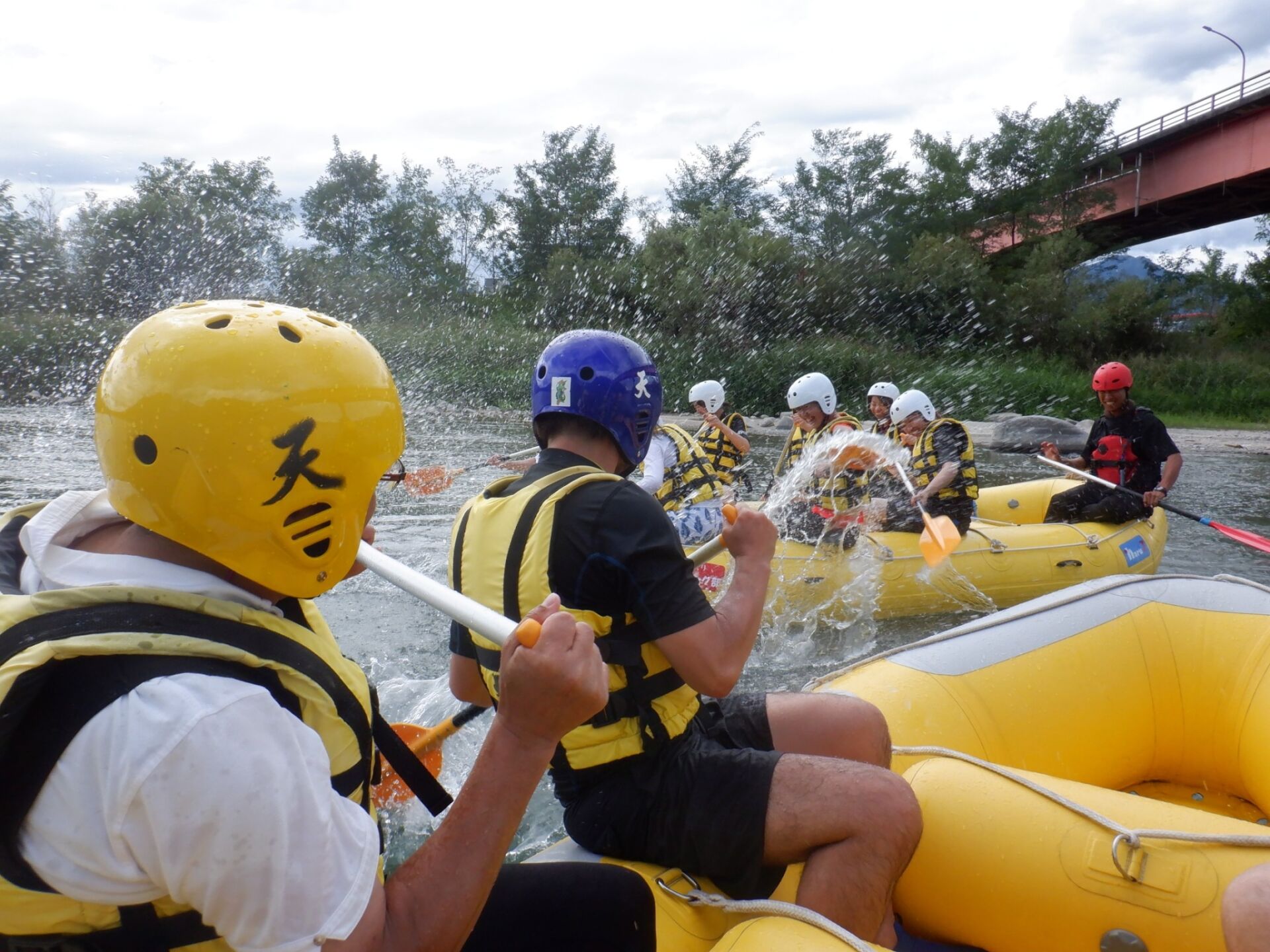
The Tenryu Riverlands are located in southern Nagano Prefecture and boast one of Japan’s most beautiful river gorges. Beautiful in every season, the area around the gorge is untouched and provides a vision of unspoiled natural scenery. As one of the more extreme rivers in Japan, the Tenryu Riverlands is an excellent location for adventurous travelers to go white water rafting.
Though only about a 1hr and 45 min drive from Nagoya Station, the Tenryu Riverlands are quite difficult to reach via public transportation.
1 Day Tour
| 1-Day Tour from Matsumoto: Tenryu River-Rafting & Fruit-Picking | |
| Period | late-April to November |
| Time | 8:00 |
| Meeting Place | Matsumoto Station |
| Price | ¥135,000 ~/ Group |

35 / Shinhotaka Ropeway / all year round

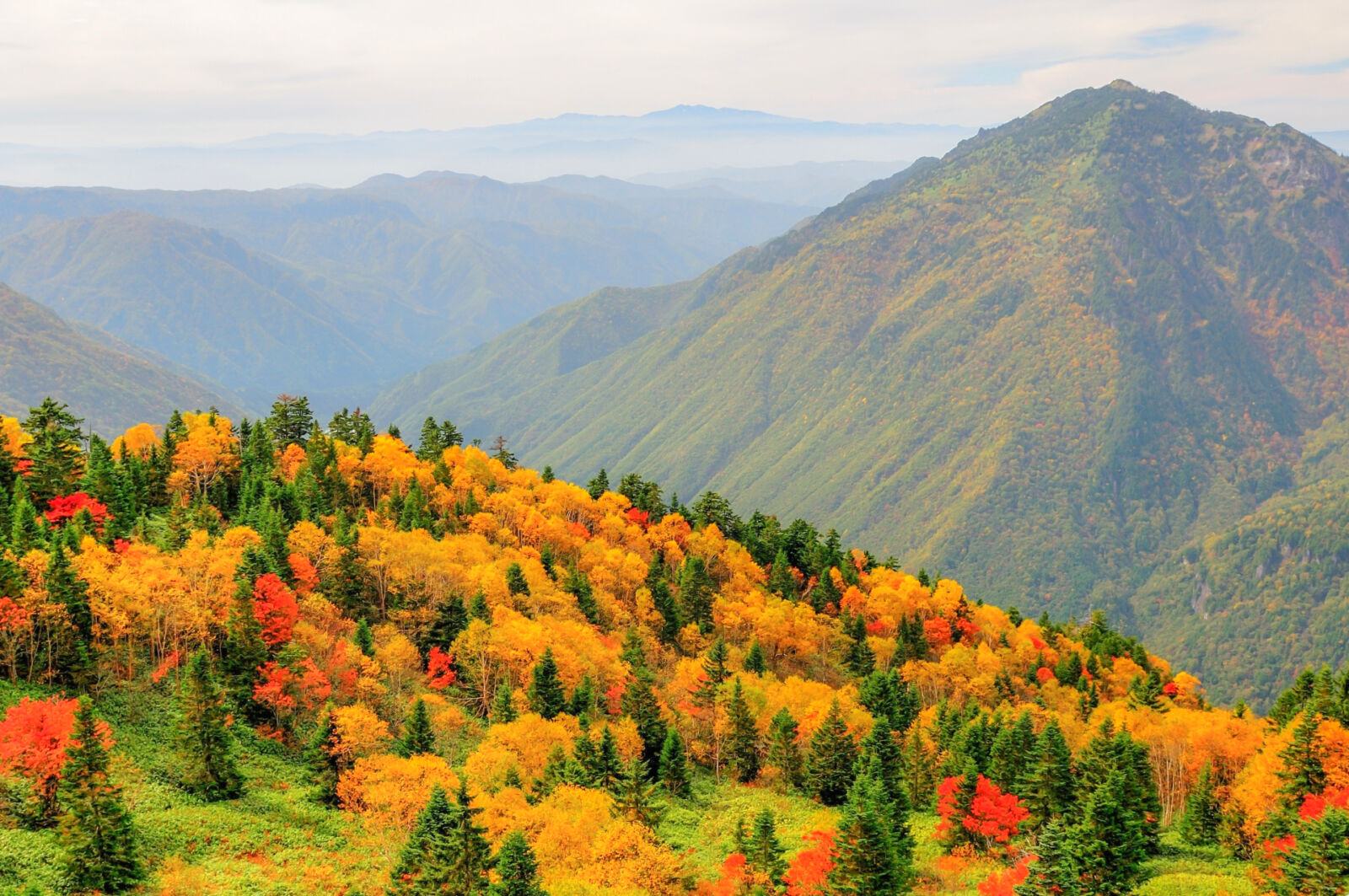
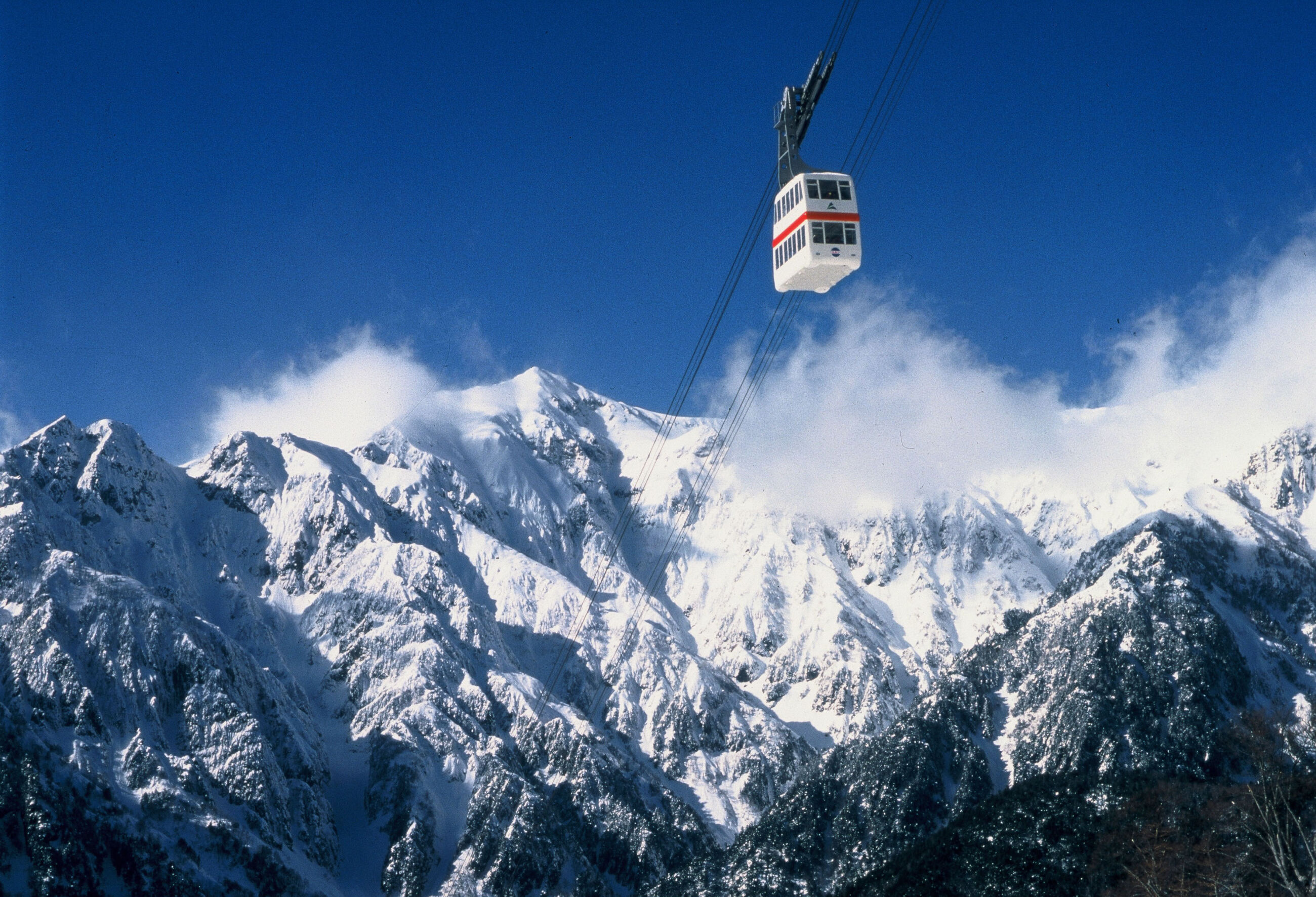
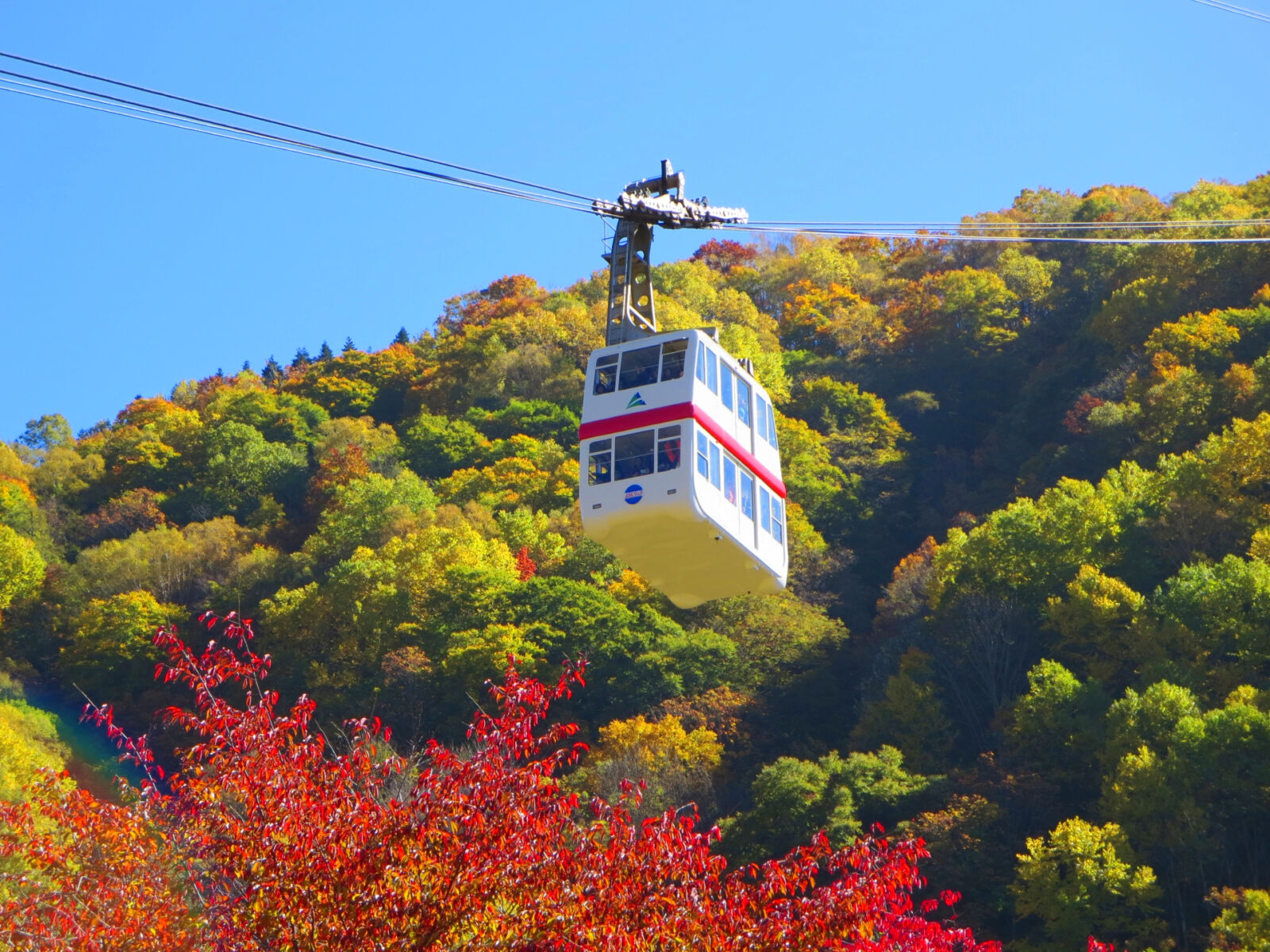
The Shinhotaka Ropeway allows visitors to experience the breathtaking beauty of the Northern Japan Alps as they journey up the Hotake Mountain Range in a double-decker gondola car. Climbing over 1000 meters, the ropeway has one of the largest elevation gains in the country. The Shinhotaka Ropeway isn’t just a journey through altitude; it’s a voyage through the seasons. Whether it’s the lush greenery of summer, the vibrant hues of autumn, the pristine snowscapes of winter, or the fresh bloom of spring, each season paints the alps in a unique light. Mountain top rest stops include observation decks, restaurants, a gift shop, an art gallery, hiking trails, and onsen.
The ropeway is open from 8:30 – 16:45 from April to November, and 9:00 – 16:15 from December to March. Admission costs JPY 3300 (roundtrip) or JPY 1900 (one way).
1 Day Tour
| 1-Day Tour from Takayama: Hida’s Hidden Gems – Hida Folk Village, Limestone Caves and the Shinhotaka Ropeway | |
|
| |
| Period | All Year Round |
| Time | 09:00 – 17:30 |
| Meeting Place | Takayama Station |
| Adult Rate | ¥28,800 |
| Child Rate | ¥23,000 |


WHERE TO STAY WHEN VISITING NAGOYA
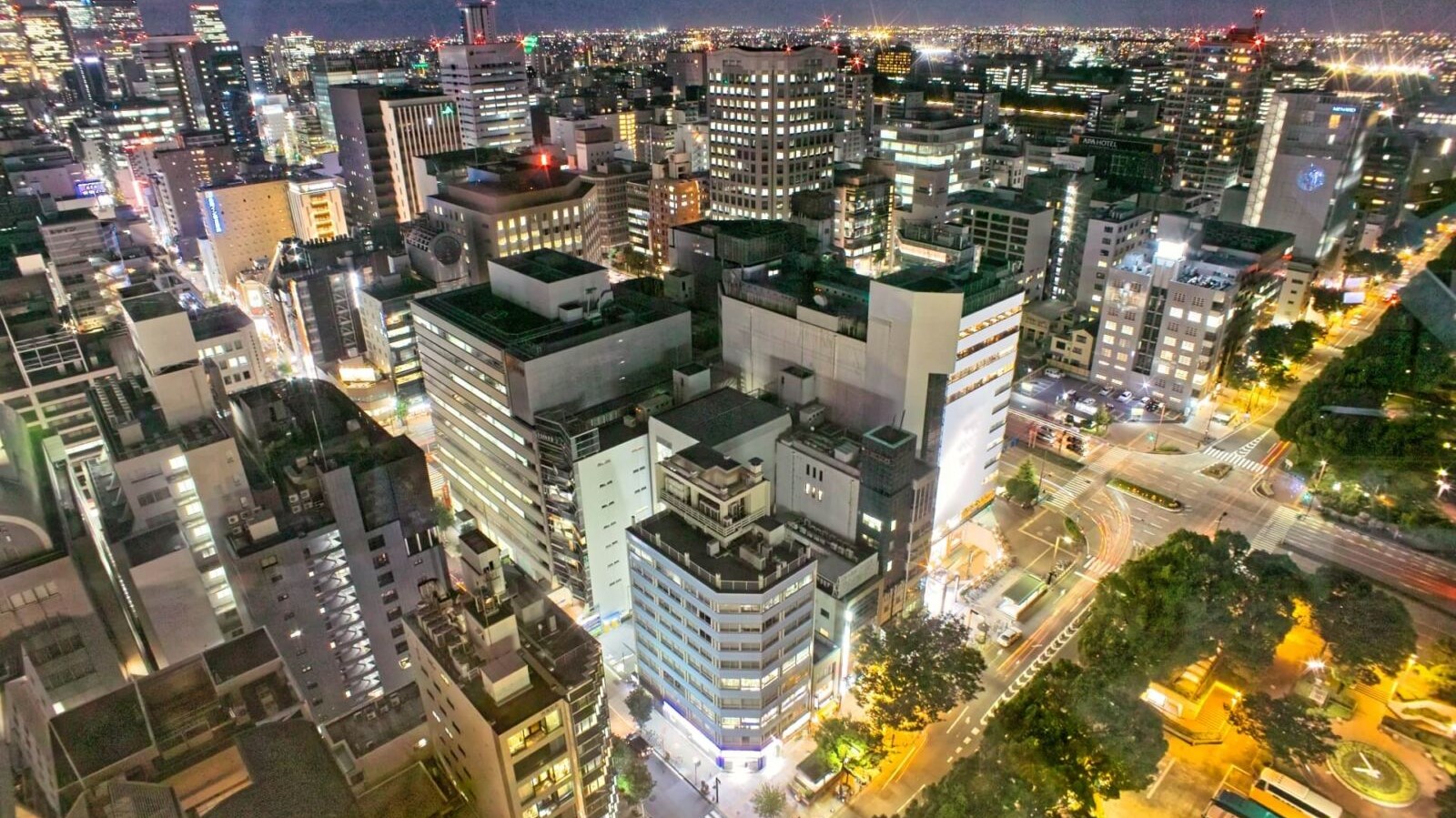
Nagoya is Japan’s fourth largest city and as such, there is no shortage of accommodation to choose from. Most hotels are located in and around Nagano Station and nearby Sakae Station while travellers with early or late flights out of Chubu Centrair might consider staying around the airport. Our ‘Best Places to Stay in Nagoya’ page provides information about each of those areas including links to accommodation listings.
HOW TO GET TO NAGOYA

Nagoya Station is a stop on the Tokaido Shinkansen line running from Tokyo to Kyoto and Osaka, making it easy to reach from either direction in 95-minutes or less.
For those looking to travel to or from the mountainous region of Central Japan, the Limited Express ‘Shinano’ runs from Nagoya Station into Central Japan including the Kiso Valley and Nakasendo, Matsumoto, and Nagano City; while the Limited Express ‘Hida’ runs to Gero Onsen, Takayama, and Toyama on the north coast.
Nagoya can be accessed directly from several international locations via the Chubu Centrair International Airport. Located around 50 km to the south of Nagoya Station, the Meitetsu Limited Express provides direct access from the airport to Meitetsu-Nagoya Station (connected to Nagoya Station).
Our ‘How to Get to Nagoya’ page explains how to get there from some of the most popular starting points.
BOOK WITH US! NAGANO’S NO.1 TOUR & CHARTER OPERATOR
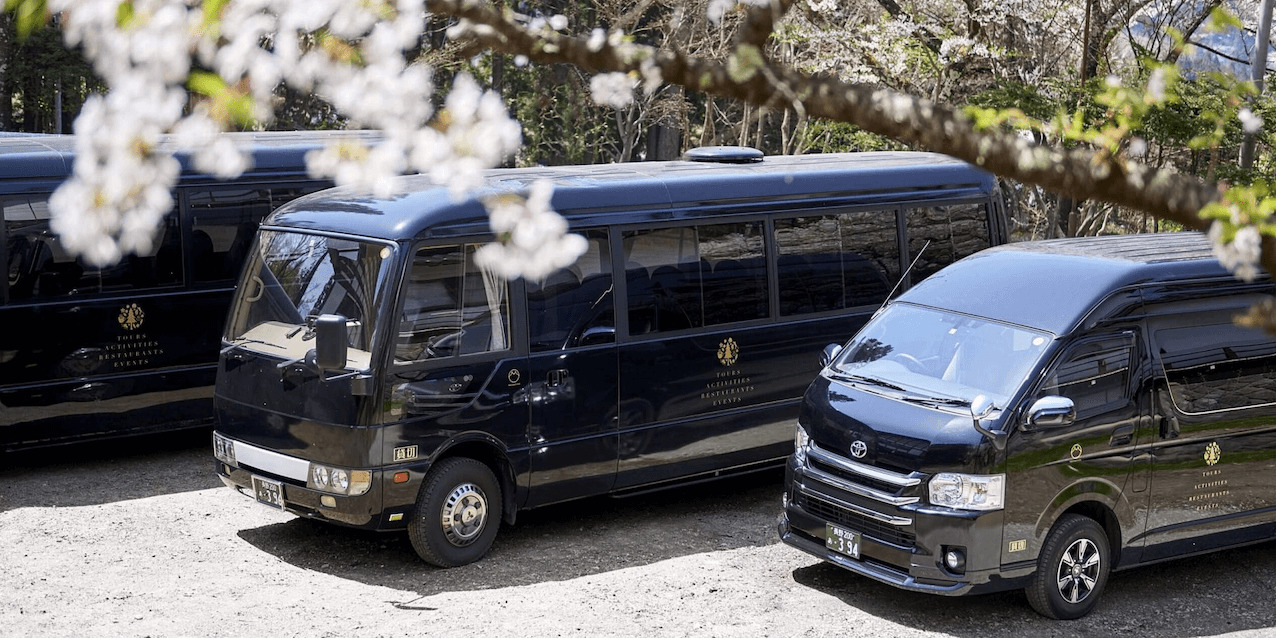

Central Japan offers many, many reasons to visit. Operating all year round, we are Nagano’s No.1-rated tour and charter operator, offering a range of services including group tours, private tours and charters. We can arrange transport including a private vehicle and driver, to transport you to, from and between any destination in Central Japan.
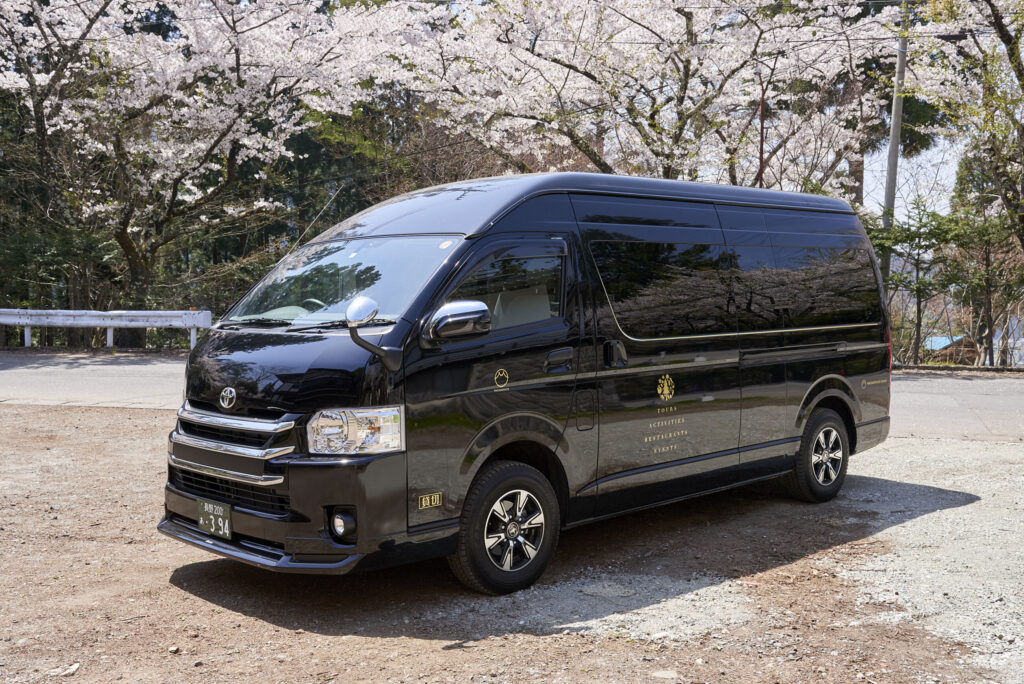
Our drivers and vehicles are fully certified, allowing us to transport you to and from your preferred destinations in combination with any activity that suits your schedule. All vehicles are fitted with a protective screen – separating the driver from passenger and luggage area – and our drivers wear protective masks, allowing you to move between your destinations in comfort and safety.

We can arrange both private tours with an English-speaking guide or a private charter, including a private vehicle and driver but without a guide. We’d love to be part of your adventure in Central Japan and help you discover even more!
Why choose us?
Awarded a 2022 TripAdvisor Travelers’ Choice Award for our 1-Day Snow Monkeys, Zenko-ji Temple & Sake Tour – recognised as one of the Top 10 Experiences in Japan – we have the local knowledge and experience to help you get the most out of your time in Japan.
Got a question about visiting Central Japan? Contact us and let’s get planning together!



